Blog #118 Catching The Stars
Blog #118 Catching the Stars
I’ve recently returned from an absolutely amazing trip to Kitt Peak National Observatory, in Tuscan, Arizona. There, along with The Harbour School students, and professional astronomer guides, we learned about the sun, the stars, and the telescopes used to capture the light from these and other distant objects. In preparation for the trip, I taught a one week crash course on digital photography to this group of about a dozen middle schoolers prior to leaving from Hong Kong.
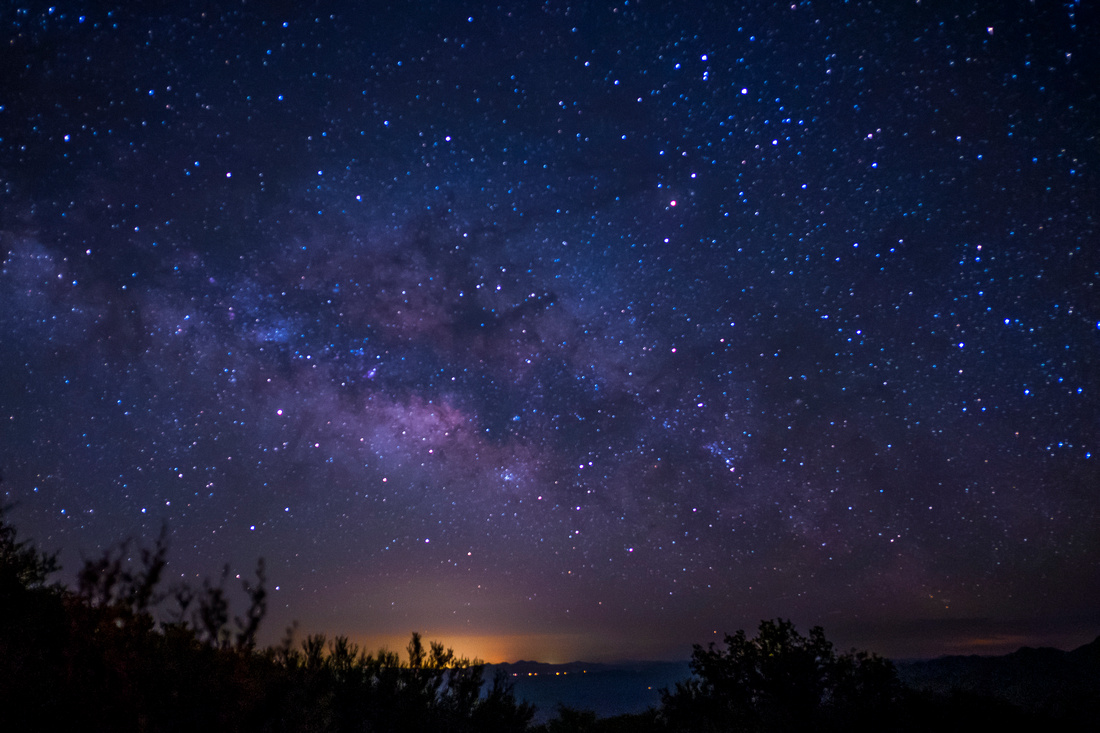

Our mission was to capture the stars in the night sky. This was not going to be just any night sky mind you. Kitt Peak is about one 100 clicks west of Tucson in the middle of the desert on the top of a mountain 6875 feet high, to be exact. The light pollution is close to nil and the 12% relative air humidity makes for minimal light [photon] distortion between your eyes [camera sensor] and the stars emitting those photons.
The settings would be relatively simple but specific for shooting the Milky Way:
- Place the camera on a tripod
- Aim upwards while keeping a sliver of the horizon in the lower section of the frame [for reference although this is optional and based on your compositional preferences].
- Focus to infinity
- Set the ISO to 800, 1600, or 3200. 1600 usually works well.
- Set the shutter speed to around 20 seconds. At longer shutter speeds, the stars will change from nice circular dots ( ● ) to dashes ( - ) as the rotation of the earth will move the camera [sensor] in relation to the stars. Star trails require longer exposure times [more on that later].
- Use the timer or remote shutter release cable to make the picture so that you do not bump or shake the camera for the sharpest image possible.
- Check the image, adjust as needed, and repeat.
For Star Trails, there are a few ways to accomplish this and the results are super cool. You can follow the steps above until you get to #5. Instead of making a 20 second exposure time image, you can set the camera to “Bulb” mode and make a continuous image for as long as you like such as one hour or longer. Just leave it and the light from the stars will “burn” into your sensor as they travel around the sky in what looks like a circular “orbit” around Polaris, the North Star.
Another technique is to set the camera to “Continuous” burst mode, and using a remote shutter release [cable] and 30 second exposure time, release the shutter and make around 50 + images. The benefit to this technique is that you can remove a few of the 30 second frames if there is an airplane or cloud that enters your frame. You will need a software program such as StarStax to dump and stack the images into afterwards.
In summary, we had a blast, and the images speak for themselves. If you try this, remember to be safe, use a red light, and dress appropriately for the weather since it’s usually quite chilly, yes, even in the middle of the desert, in June!
The light is always right.
jhg
*Images: © Jeremy H. Greenberg
Where: The Known Universe, Milky Way Galaxy, viewed from Planet Earth, USA, Kitt Peak National Observatory, Tucson, Arizona
Subject: Milky Way Galaxy, and a slice of the sky containing billions of stars, galaxies, and various planets and other objects such as binary stars, quasars, red giants, super novas, and black holes,
Gear: Fujifilm X-E3 digital mirrorless camera, Fujifilm 18mm f/2.0 XF R WideAngle Lens, Samyang 8mm f/2.8 Fisheye II Lens, 180º Angle of View, Fujifilm RR-90
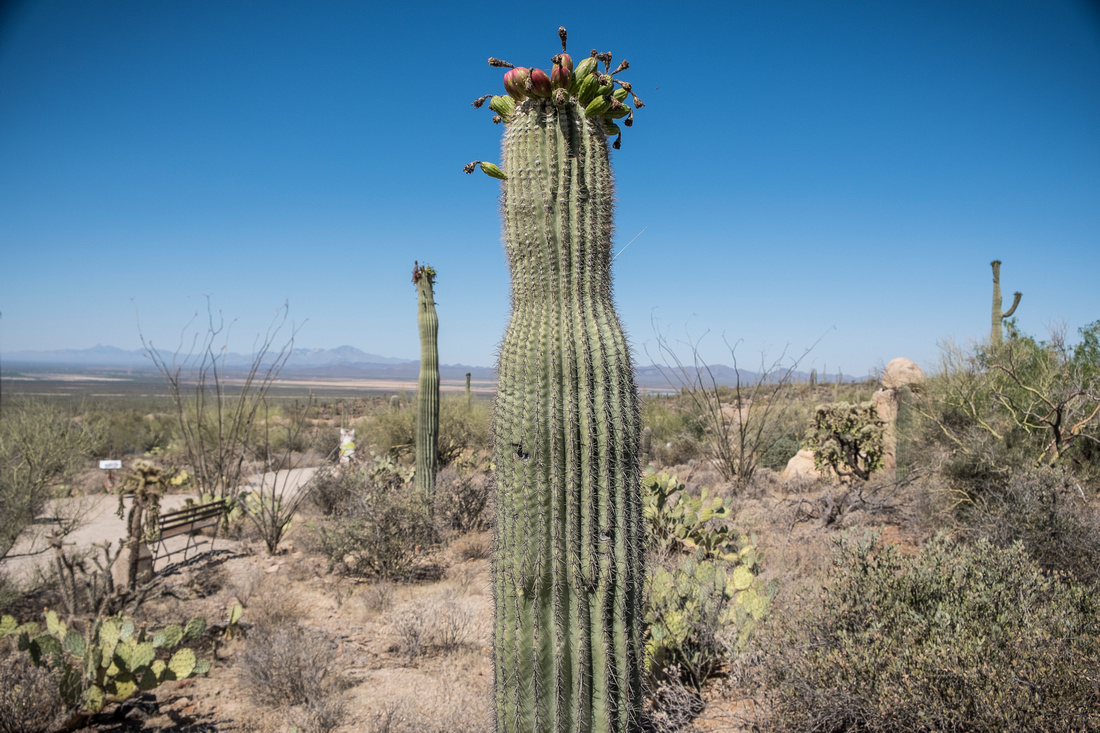

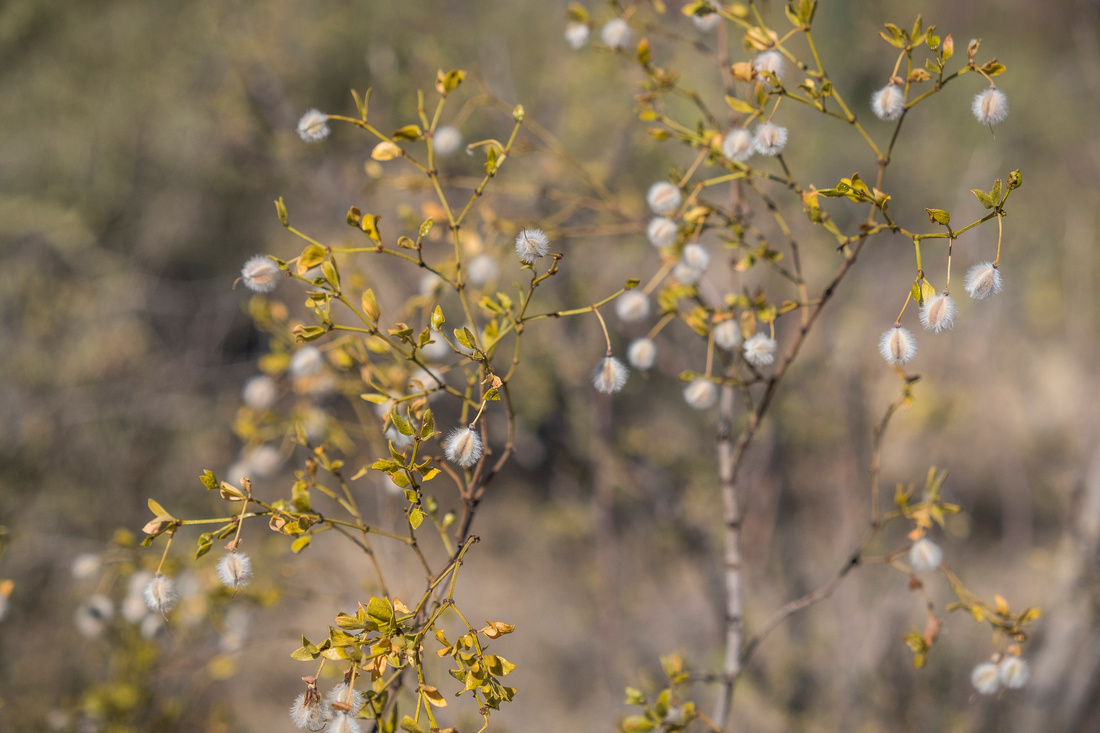

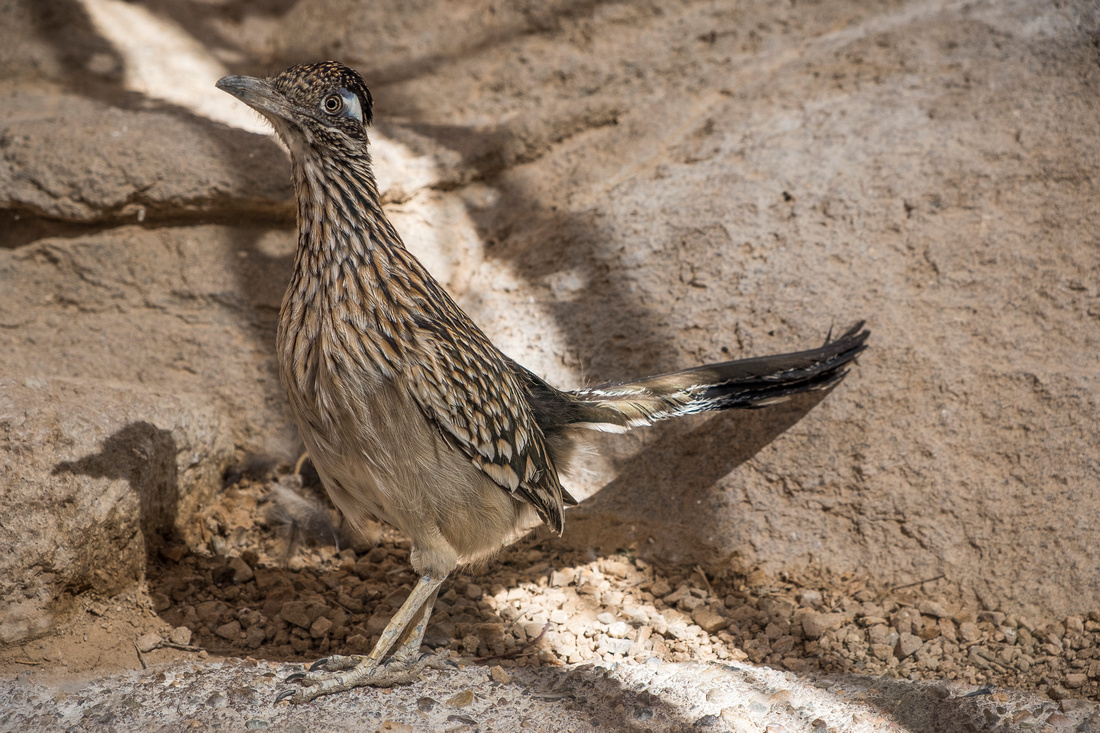



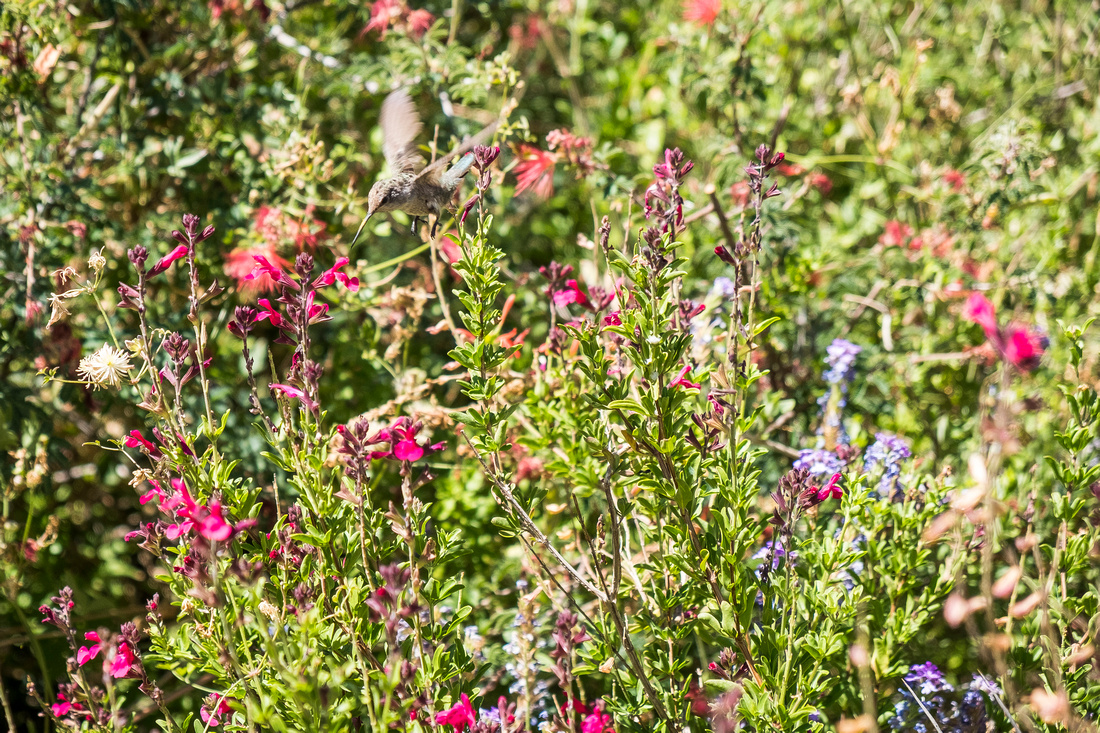

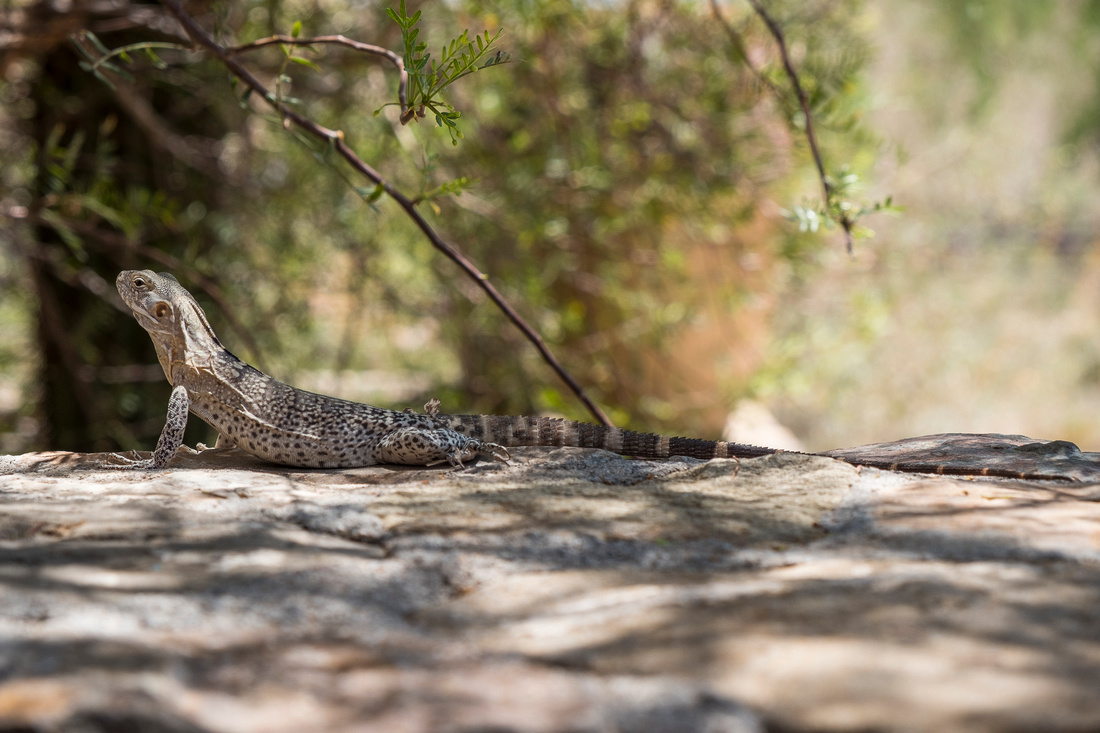

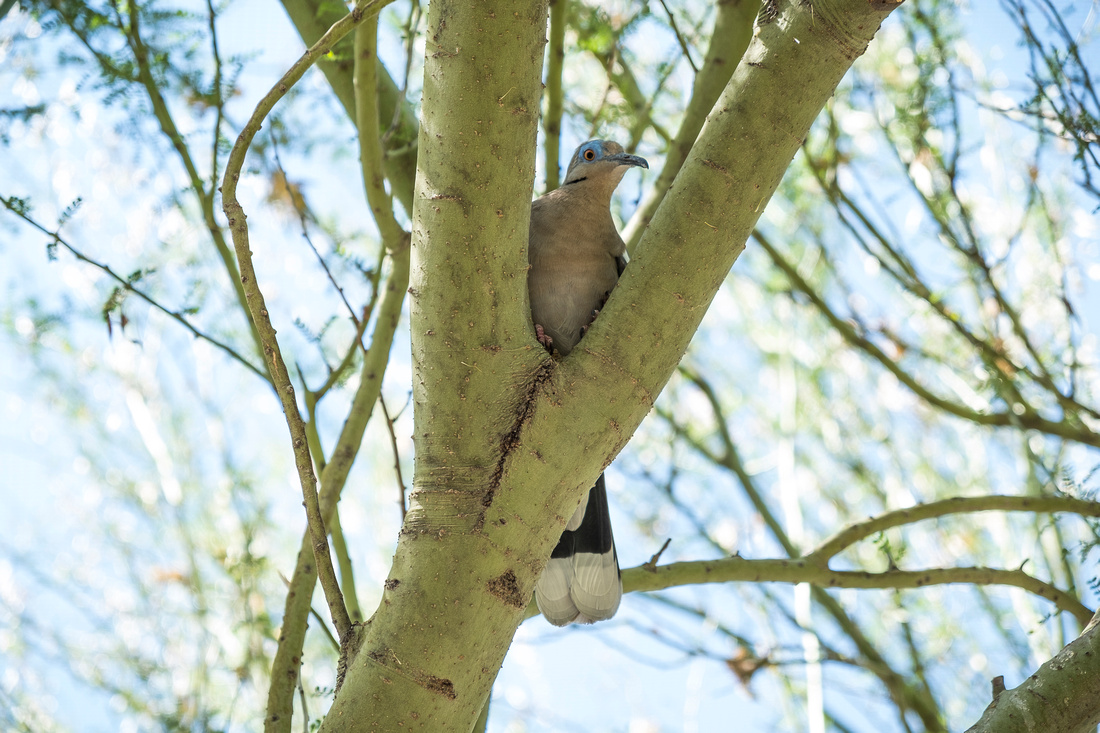

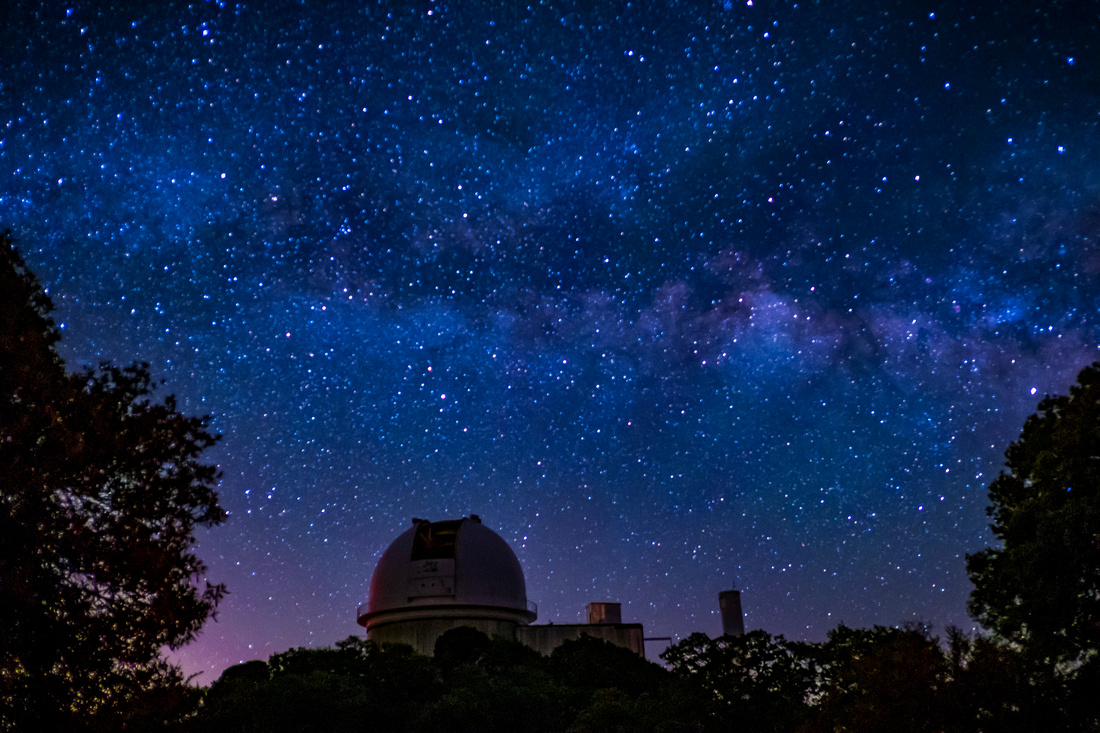

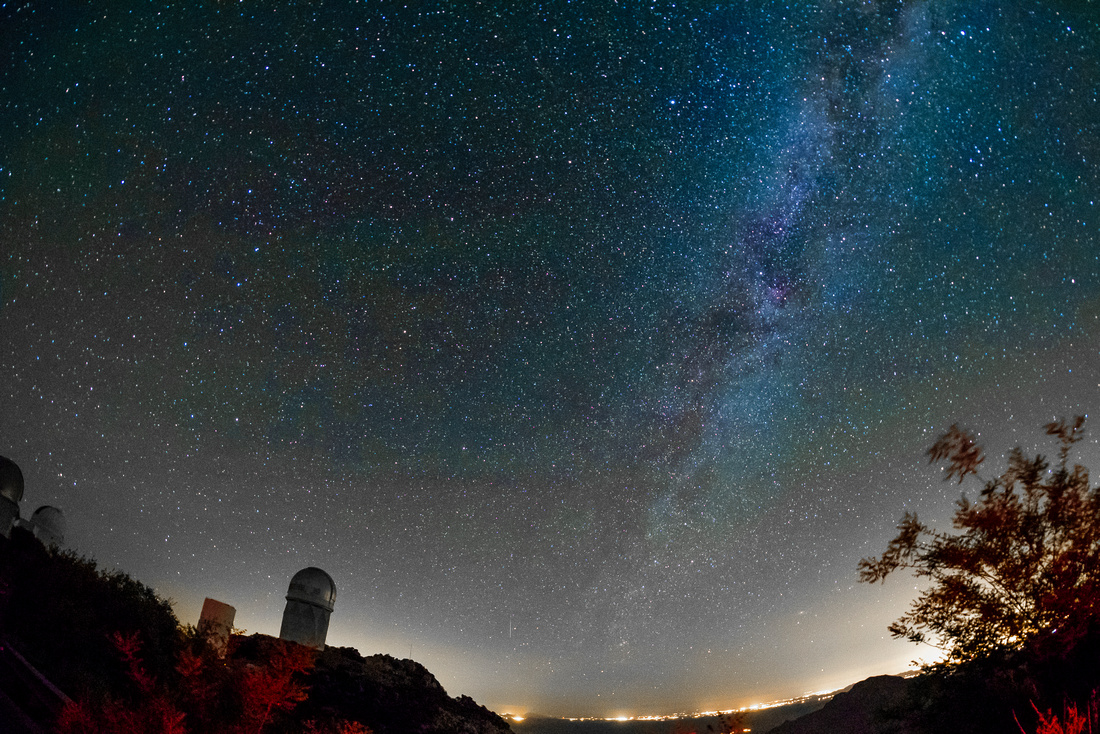

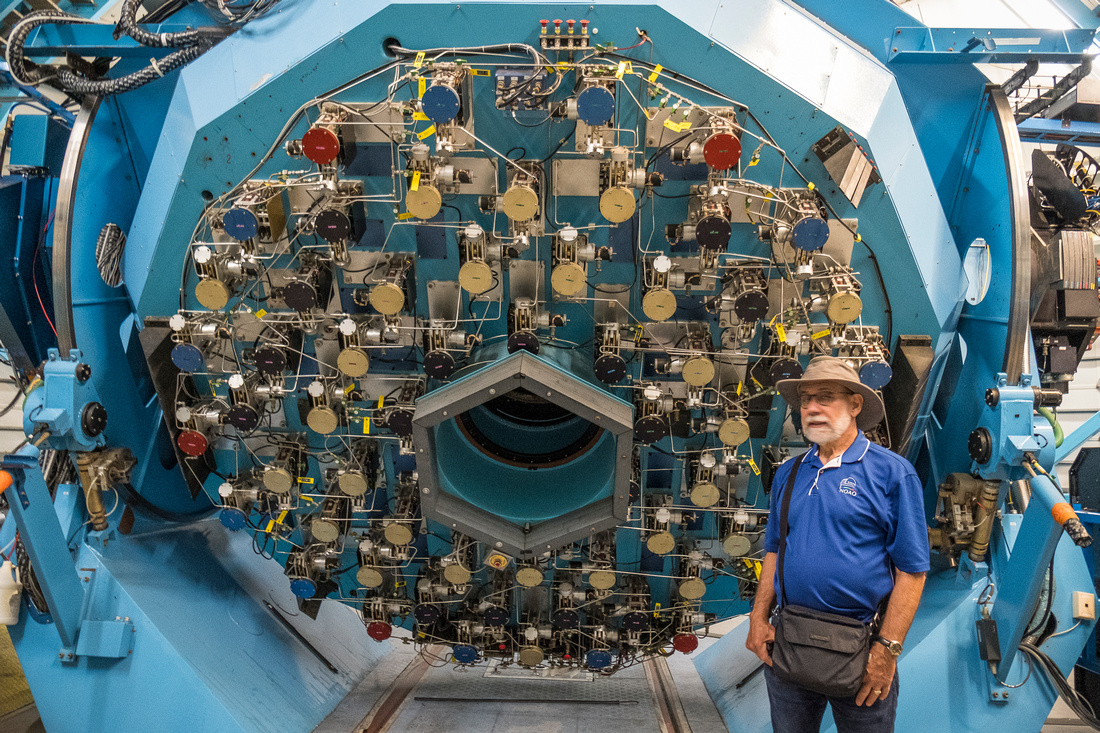

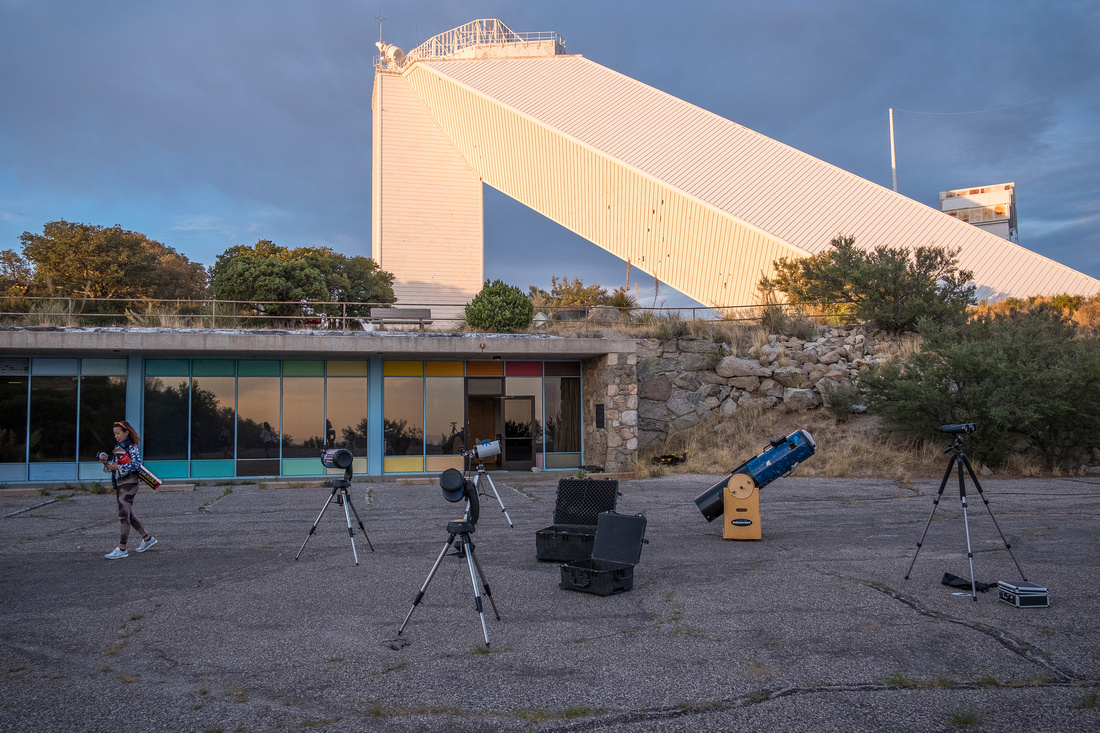

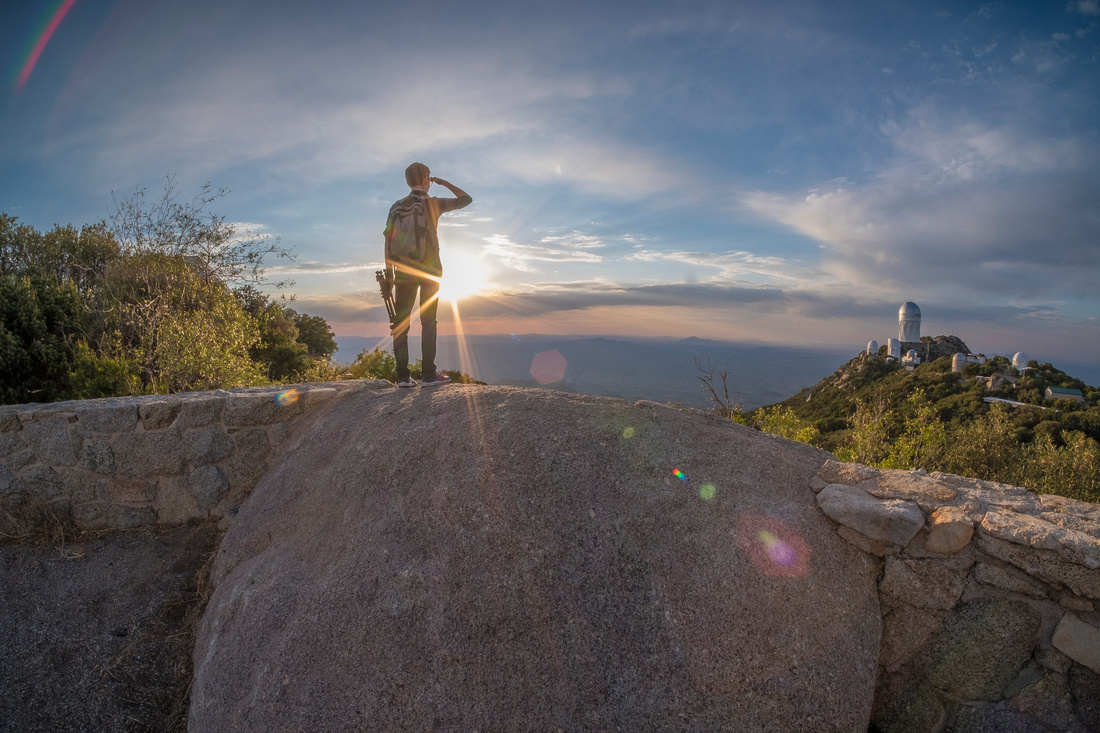

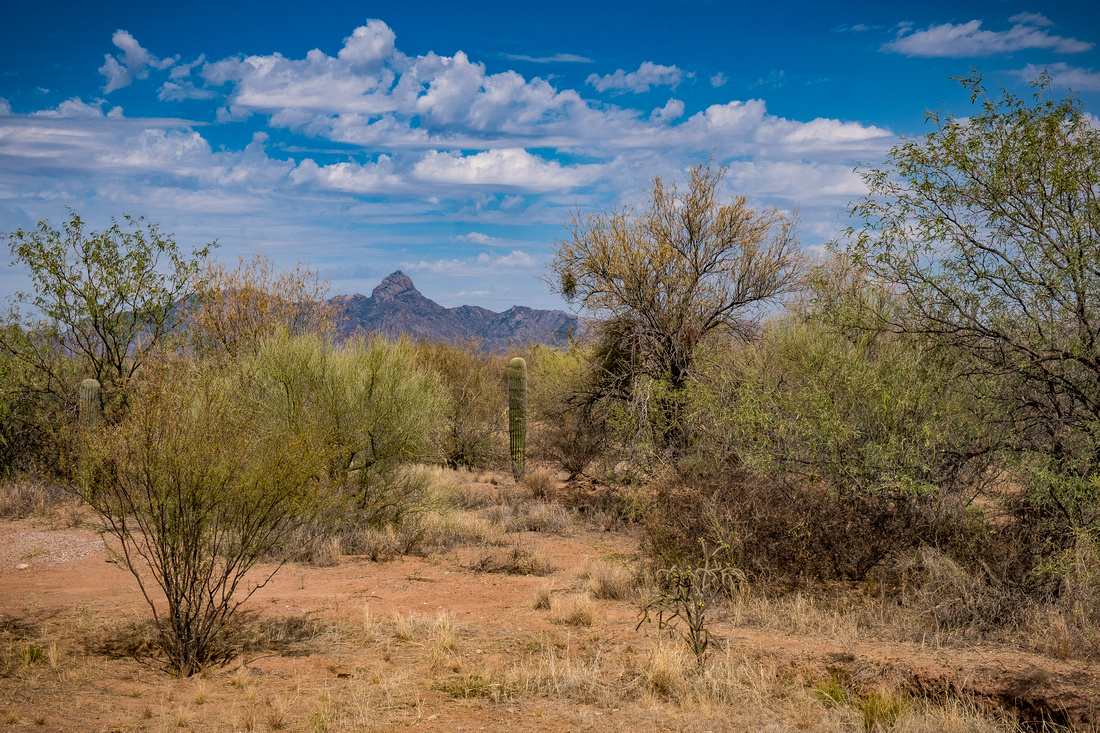

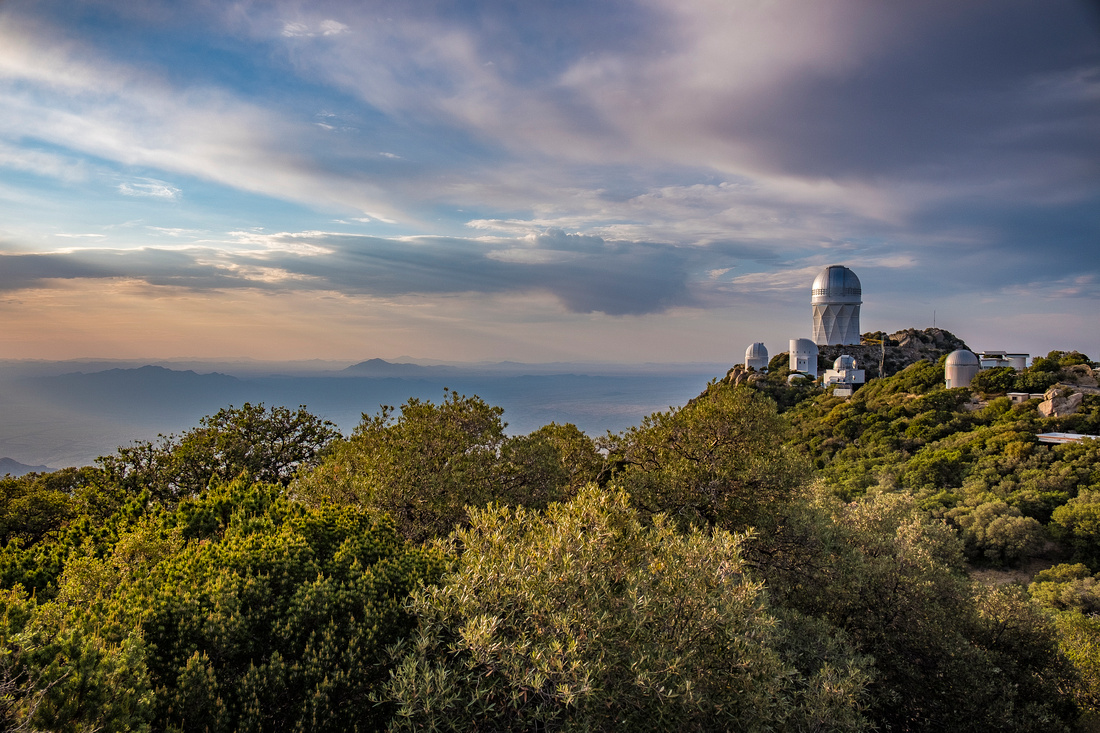

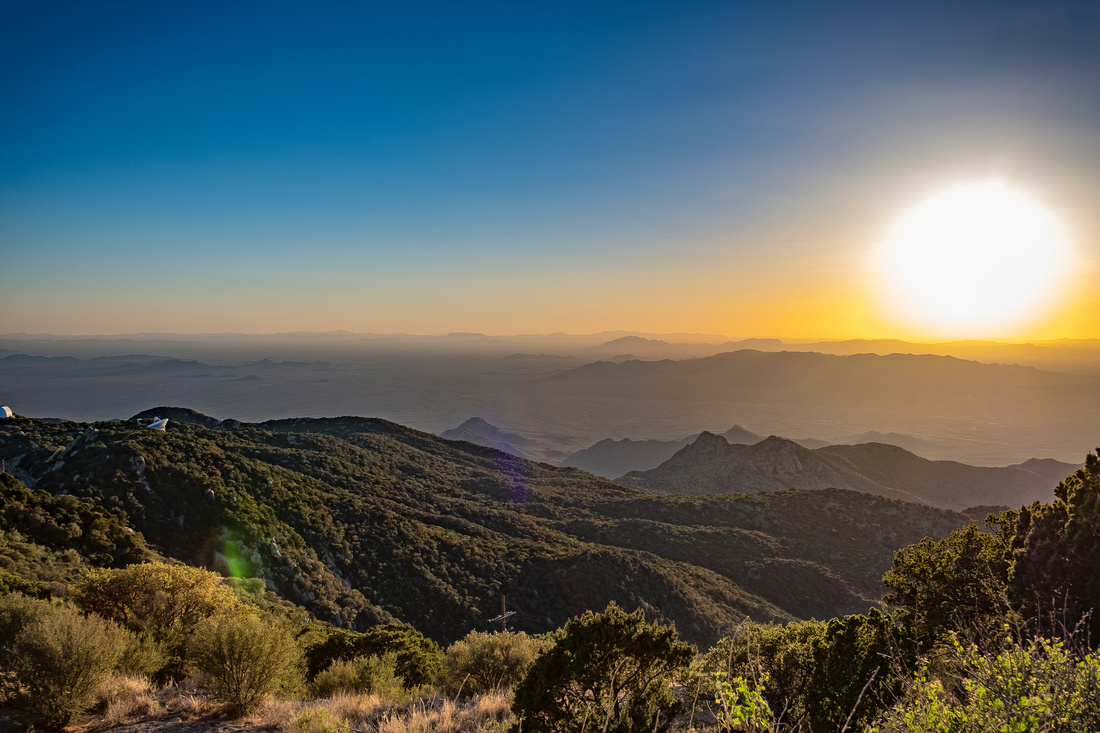



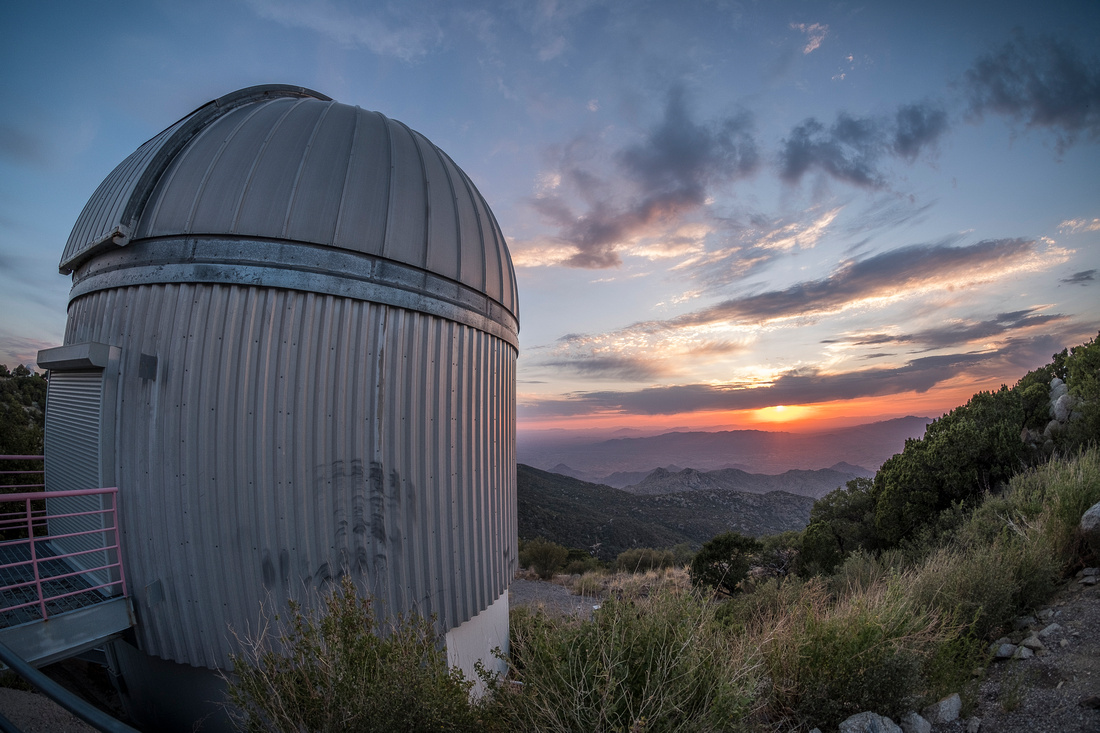

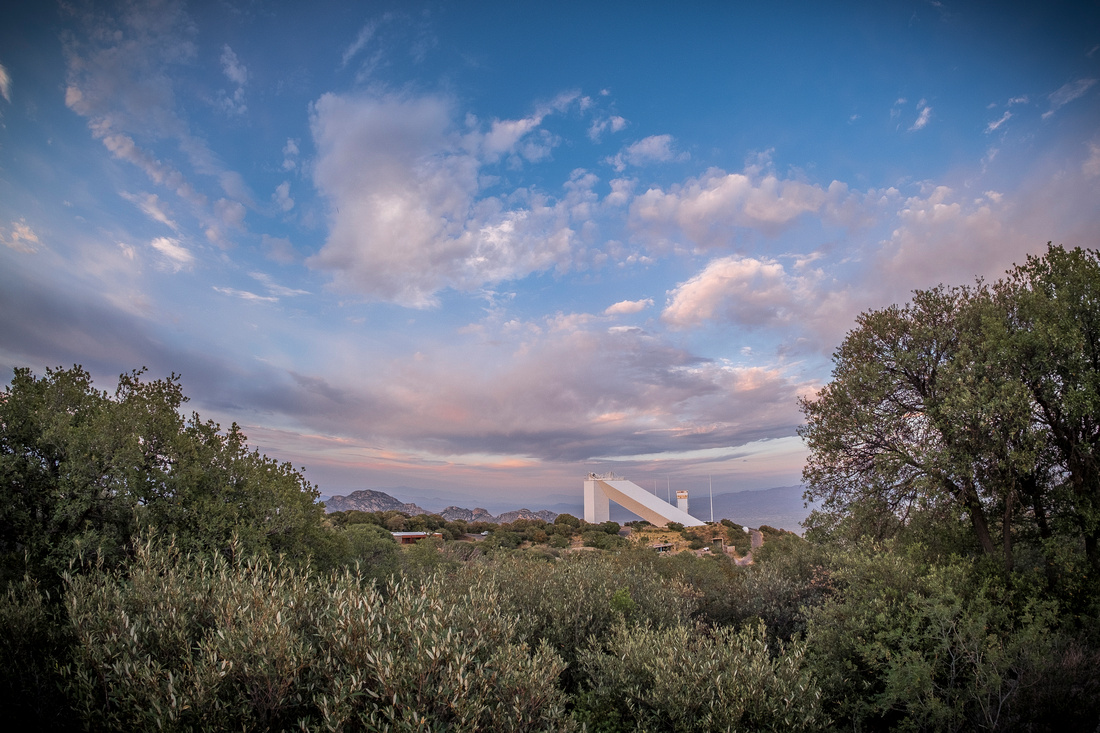

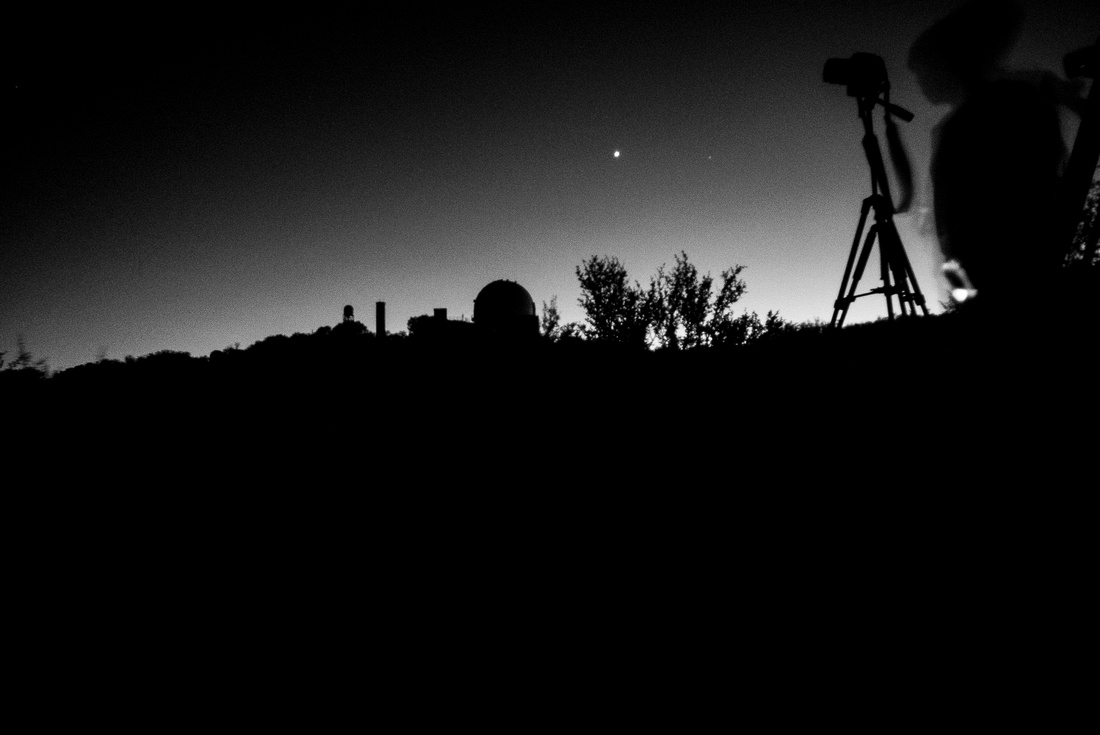

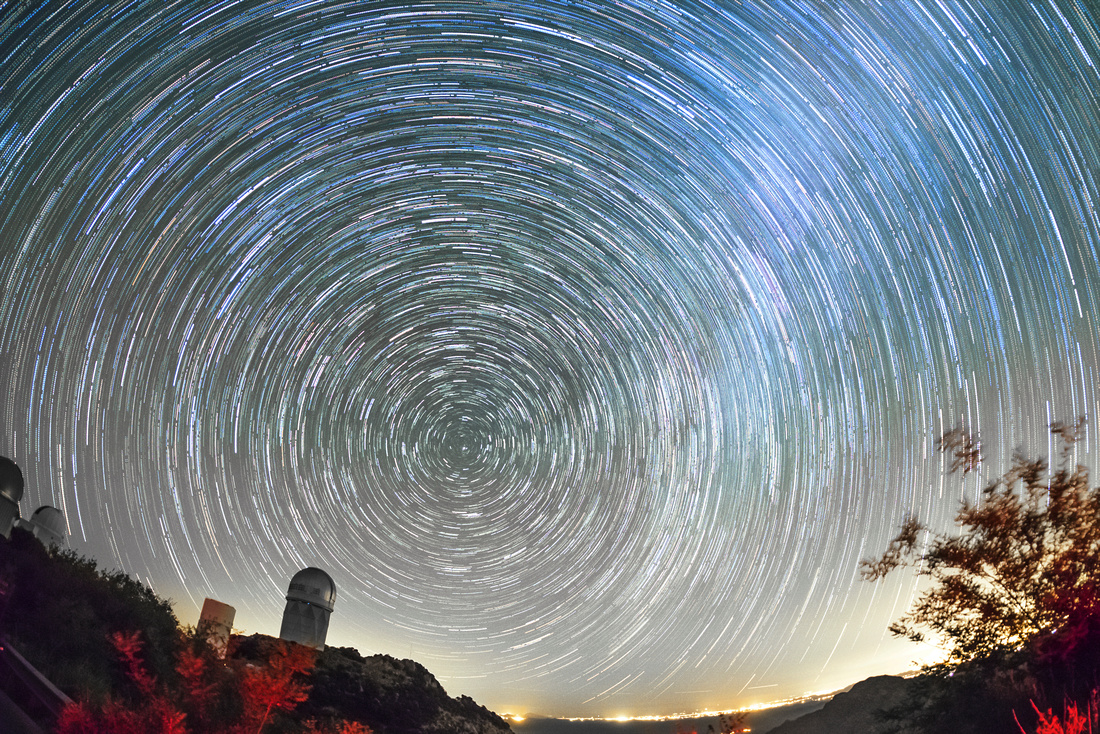

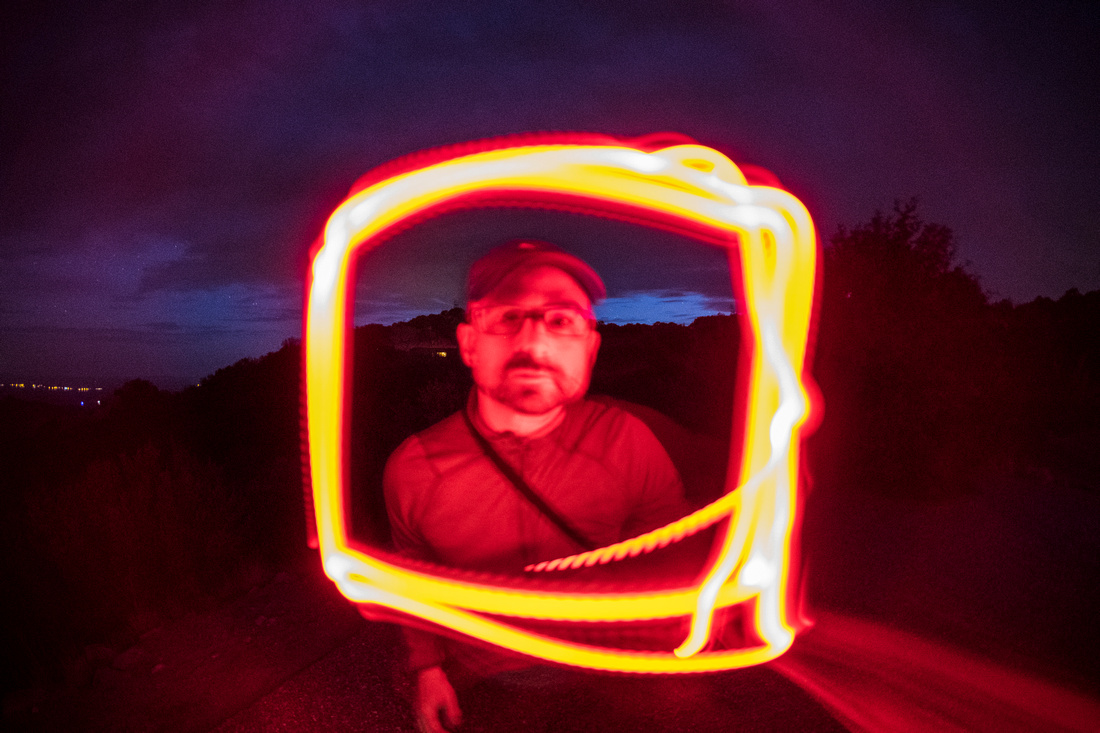
 Remote Release , MeFoto RoadTrip Air Travel Tripod
Remote Release , MeFoto RoadTrip Air Travel Tripod
National Geographic Travel Photographer of the Year 2017 Editor’s Favorite: Galleries: Week 4 Cities & People
Casual Photophile Tip & Techniques No. 001 The Subject is the Subject
The Inspired Eye Photography Magazine Issue #40 (full interview)
Hong Kong Free Press: HKFP Lens
Blog #18 Criticizing Photographs or Beyond the “like”
Blog #25 Don’t Be Afraid of the Dark[room].
Blog #47 Composition, Composition, and More Composition
Blog #65 Summer is for Travel (Hanoi)
Blog #67 Risks, Rules, & Restrictions
Blog #68 Photography is a Gift
Blog #72 Living the Creative Life
Blog #90 Restrictions, Revisited
Blog #93 Photographic Technique
Blog #105 Signs, Signs, Everywhere a Sign
Blog #117 Infrared [IR Photography]
Blog #117 Infrared [IR Photography]
You might have heard of or even tried out infrared (IR) photography. There are three ways in which you can experiment with this technique. I will explain those below. First, I have blogged about or referenced this type of image making in previous blogs: Blog #29 & Blog #103. Let’s go back to Grade Seven Physics class for a moment. Electromagnetic radiation occurs naturally in the universe. The electromagnetic spectrum is measured in wavelengths of photons or light particles. The human eye can only detect a small portion of this spectrum (visible light such as the colours of the rainbow). Shorter wavelengths, not visual to humans (but are visual to some animals such as the mantis shrimp) include Ultraviolet, X-rays, Radio Waves, and Gamma Rays. Longer wavelengths include near and far field infrared light. These measure around 720nm (nanometers) or longer wavelengths. Some film and most camera sensors can see the IR wavelengths. A hot mirror is type of filter placed on your camera sensor that blocks UV & IR wavelengths and allows the visible (to our eyes) wavelengths pass through to hit the R/B/G circuits on the camera’s sensor.
- Buy some IR film. Rollei still makes this stuff in various sizes and can be purchased at CameraFilmPhoto. Originally created for surveillance and scientific applications, IR film is sensitive to some of the near field IR light wavelengths. You might need a Red #25 Filter over your lens to help the film work its magic. However, the film will work without it. You will not need a tripod.
- Use an IR filter over your normal lens on your DSLR. This will allow the IR light through the hot mirror and will not permanently affect your camera in any way. You will need a tripod since the filter will decrease a couple of stops of light and cause longer exposure times.
- Buy or send your camera off to have the hot mirror shaved off. Do not try this yourself. You need speciality equipment that is capable of cutting only 1mm of filter off of your lens after it is removed from the camera. There is a company that sells pre-fab cameras or will modify your camera if you send it in. They also have information about the process. The benefit here is that you can shoot IR images, handheld, and will not need a filter. The images will come out better as well as you will have more shooting options unencumbered by the need fro a tripod.
If you like making black and white images and/or landscapes, you will love IR photography. The images below were made with a small 12mp Lumix converted by Kolarivision on a recent trip to Kitt Peak National Observatory in Tucson, Arizona, USA.
The light is always right.
jhg
*Images: © Jeremy H. Greenberg
Where: Kitt Peak National Observatory, Tucson, Arizona, USA
Subject: People & Landscapes around Kitt Peak National Observatory
Gear: Panasonic Lumix 12mp Point & Shoot with IR Near Field 720nm sensor conversion.
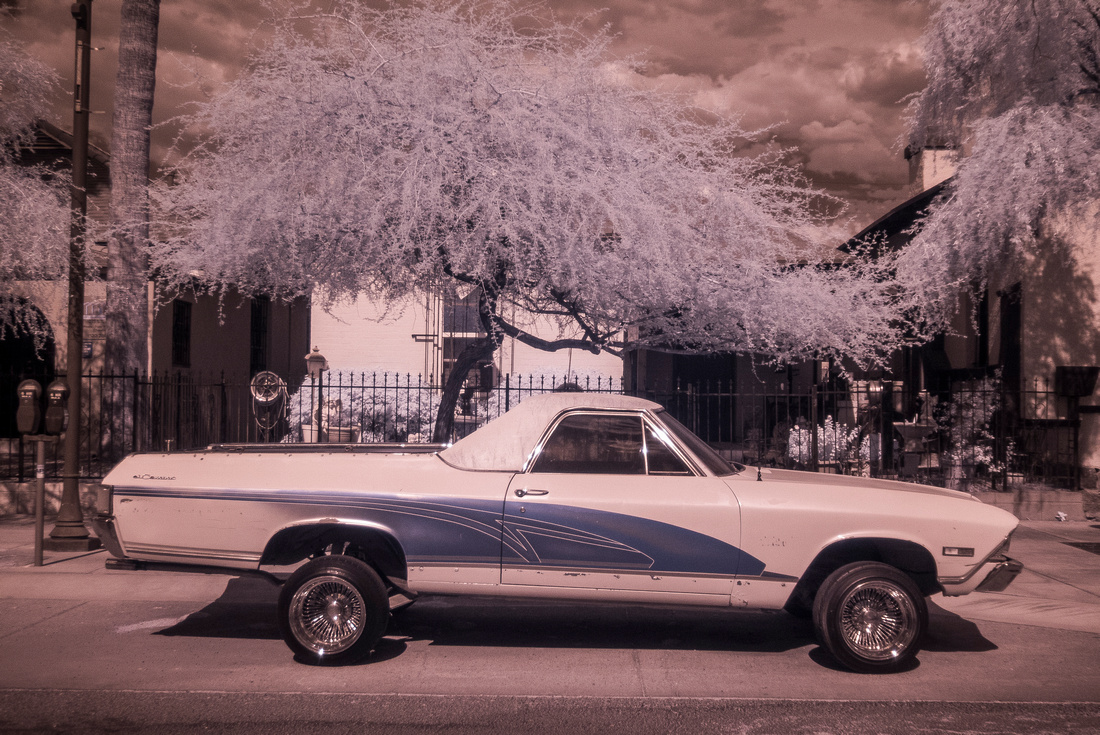

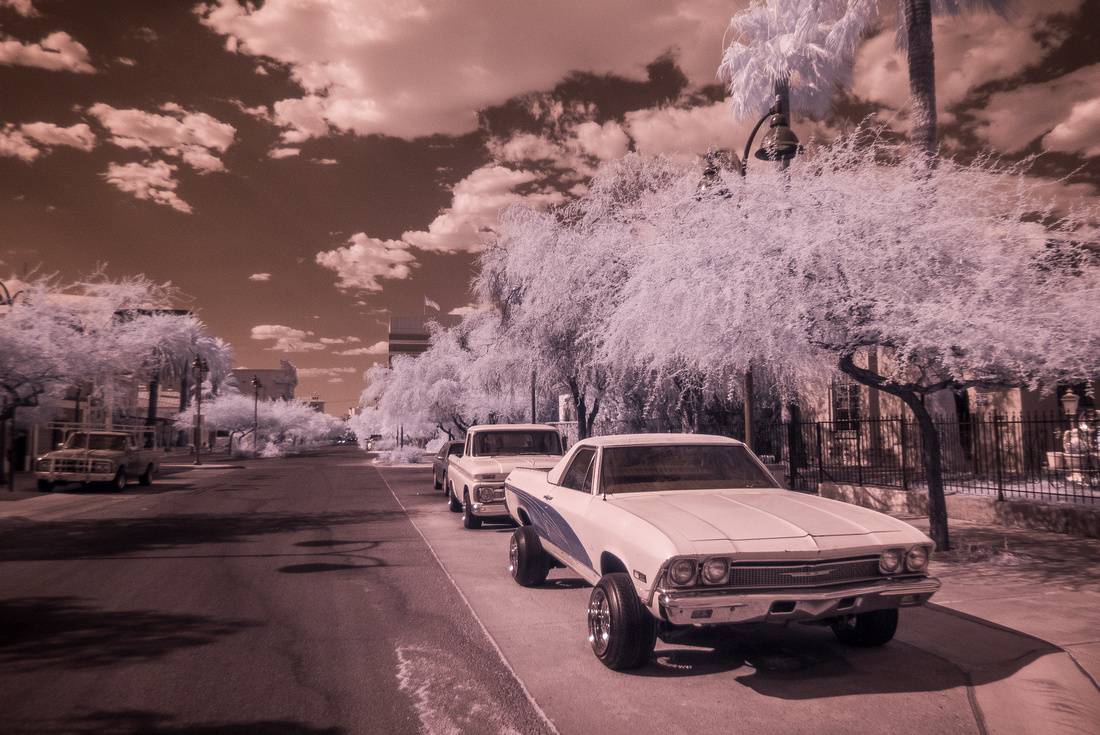



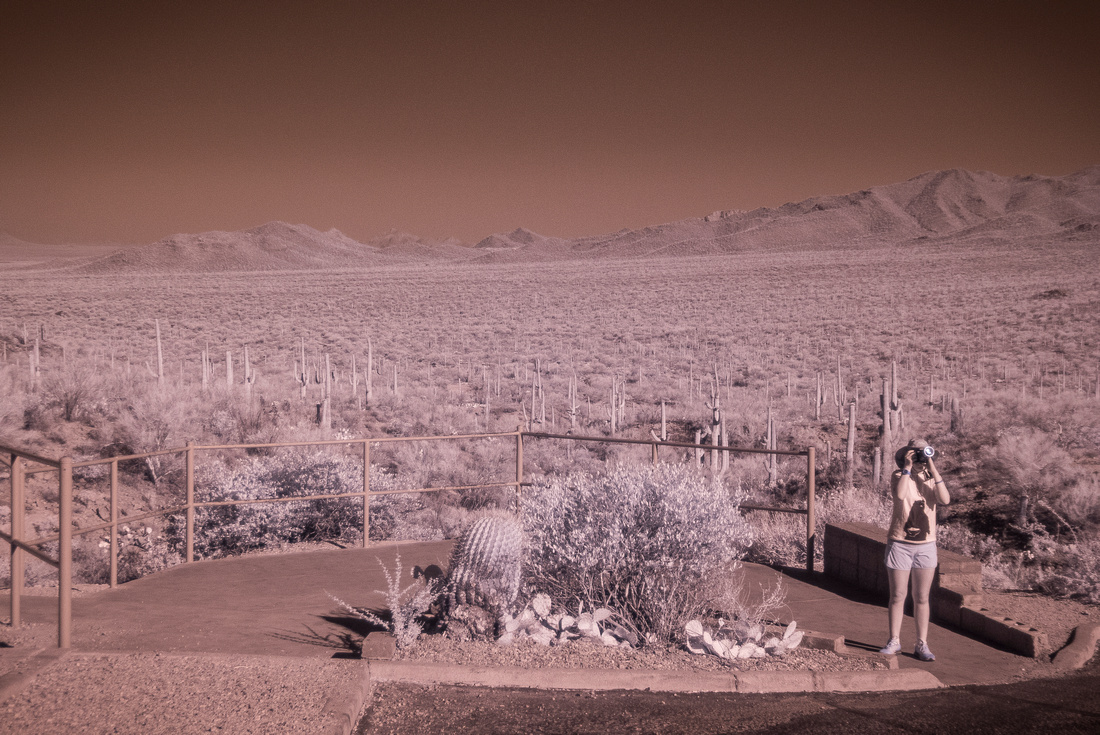

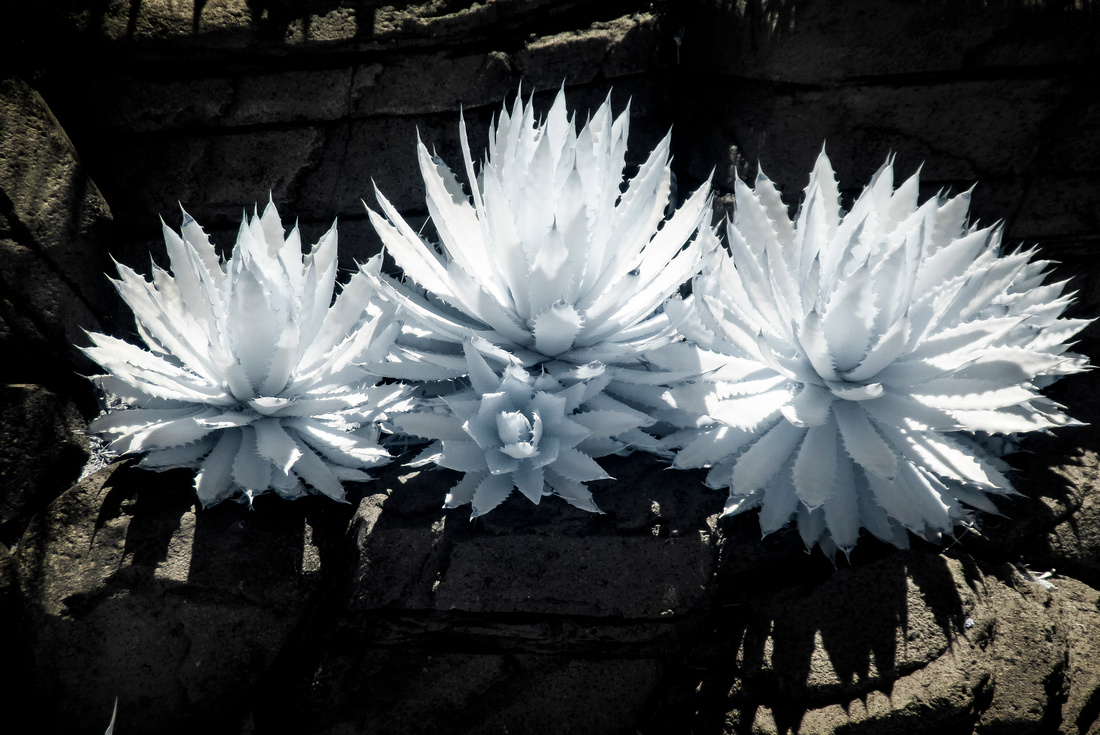

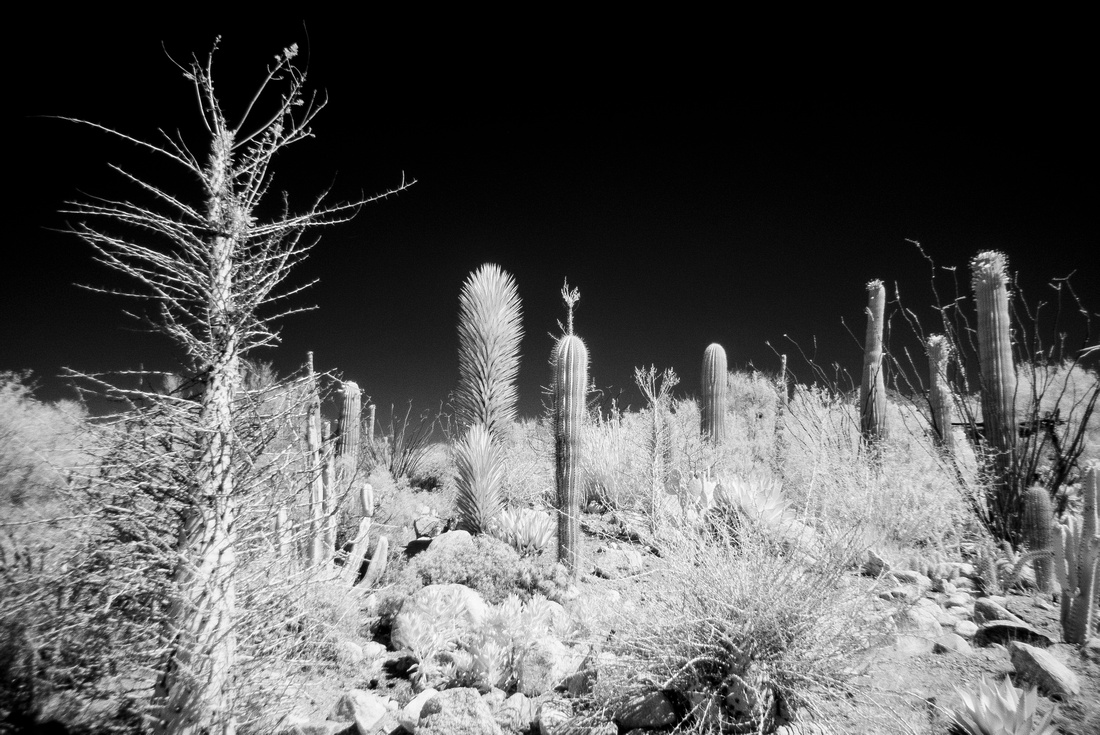

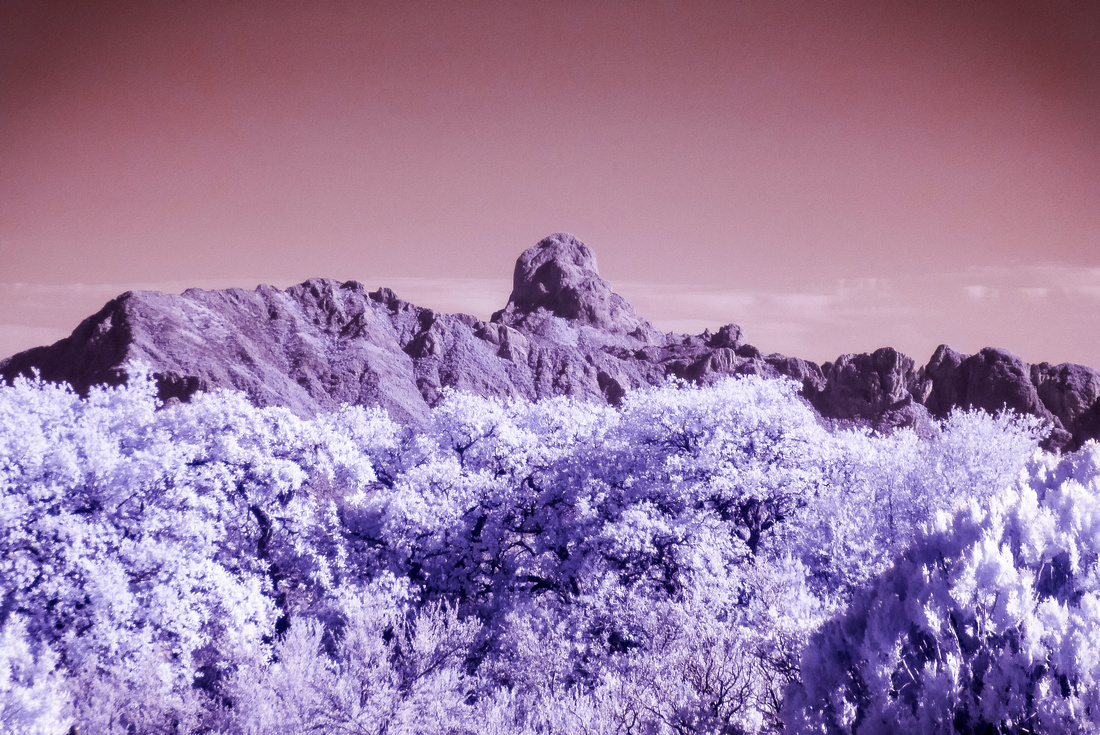

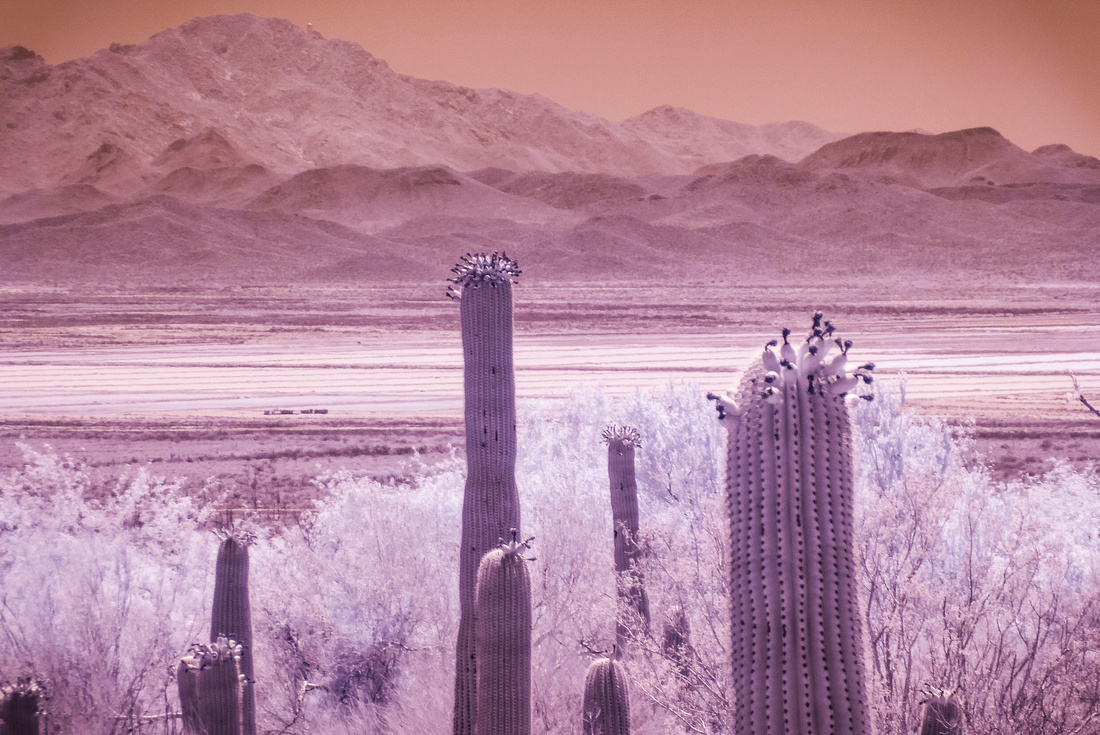



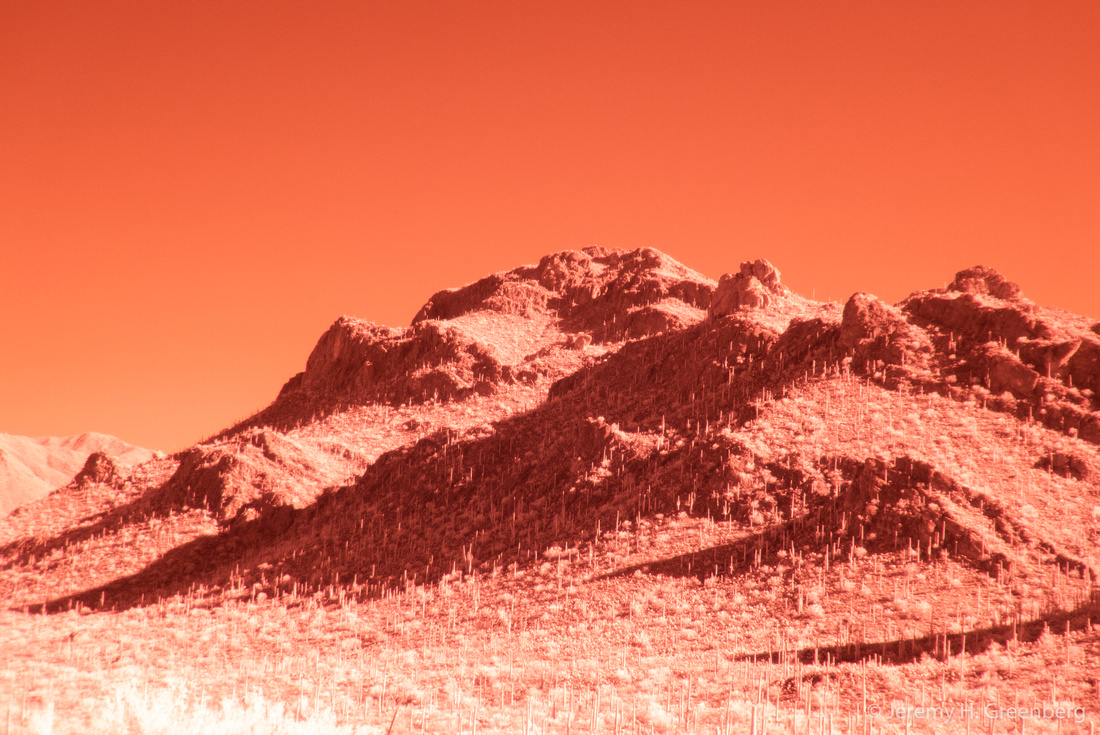



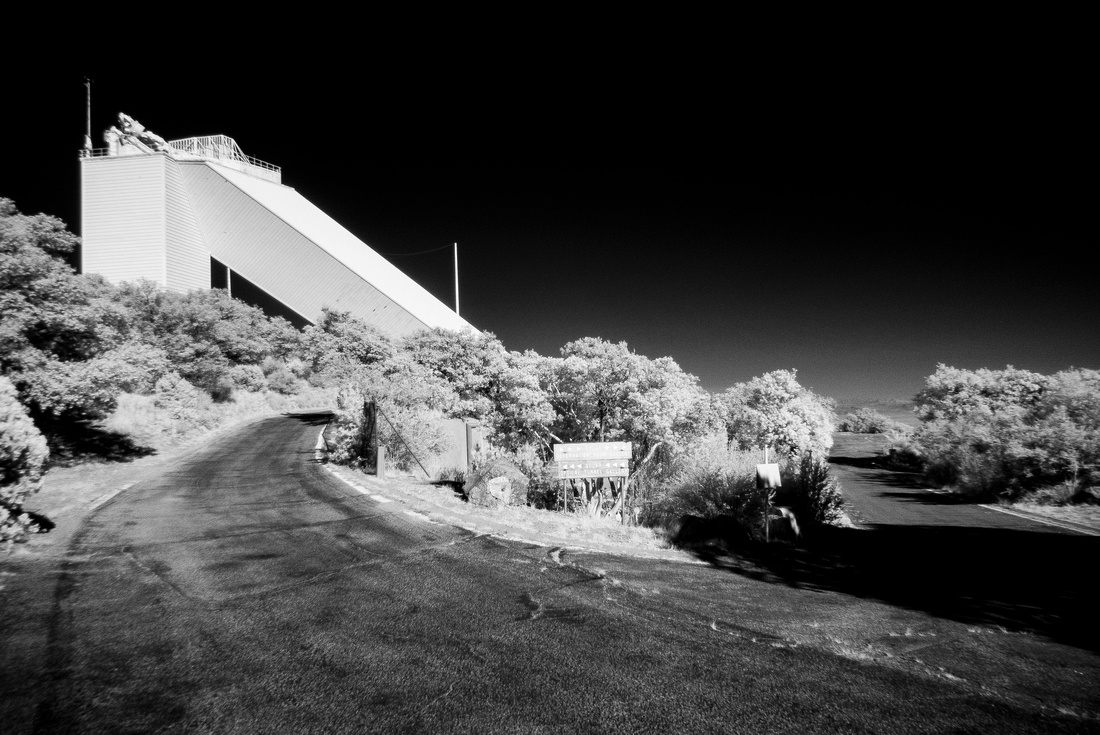

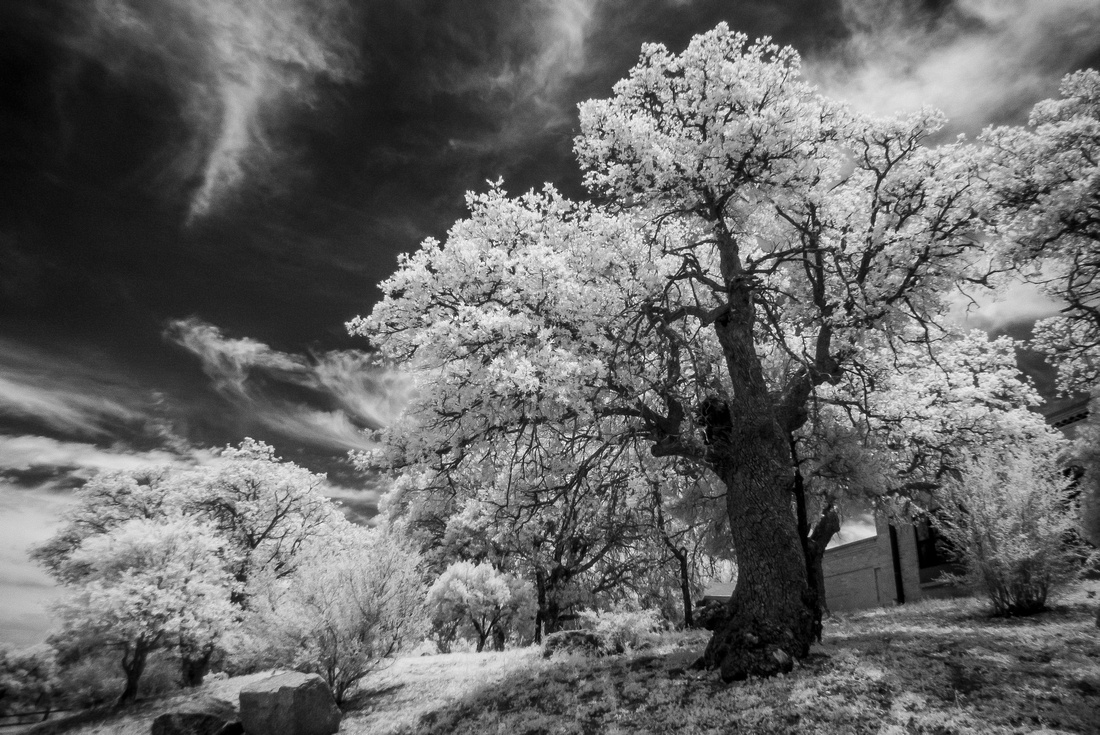



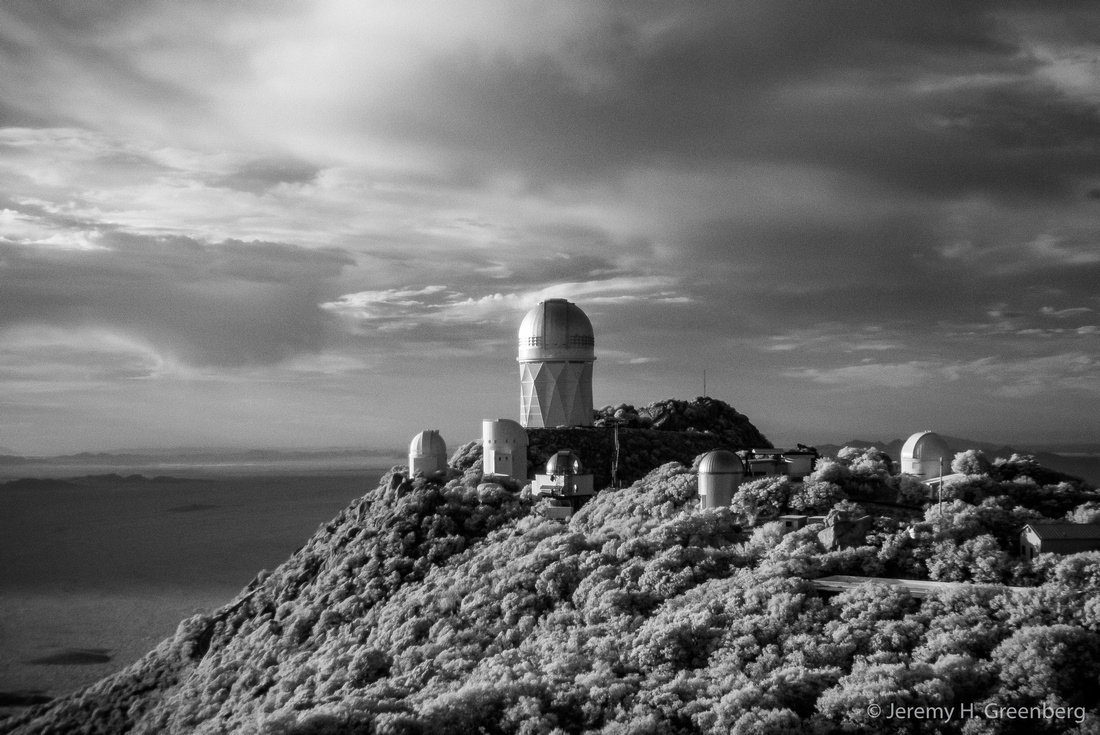

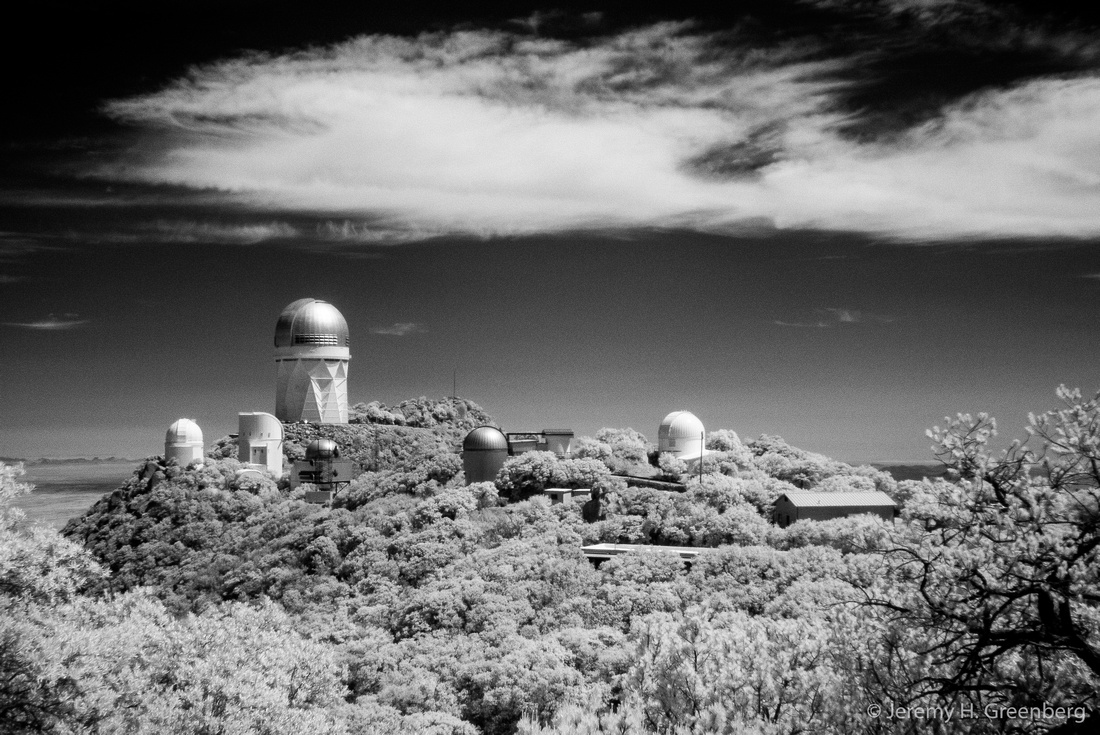

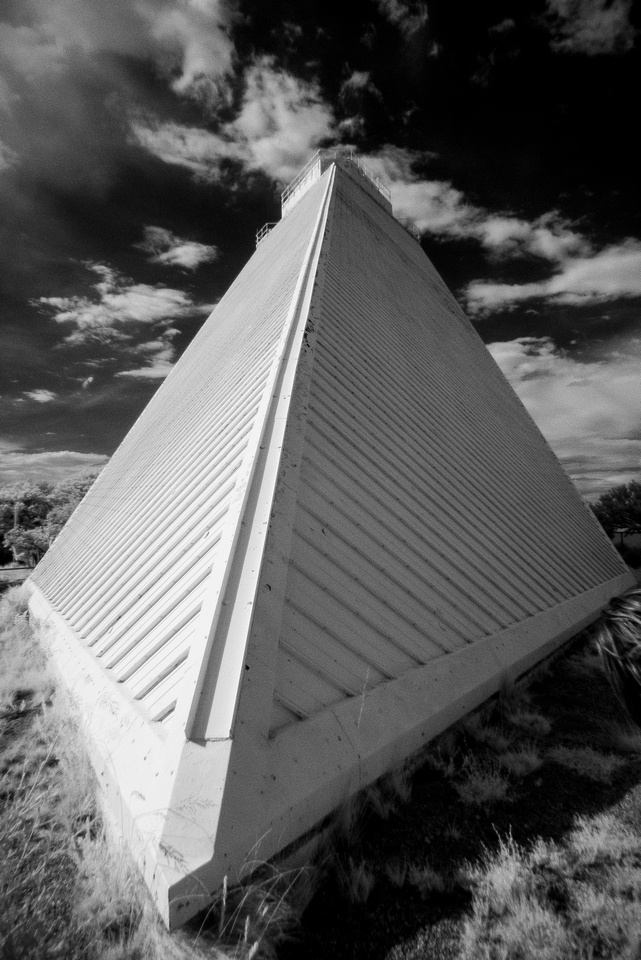

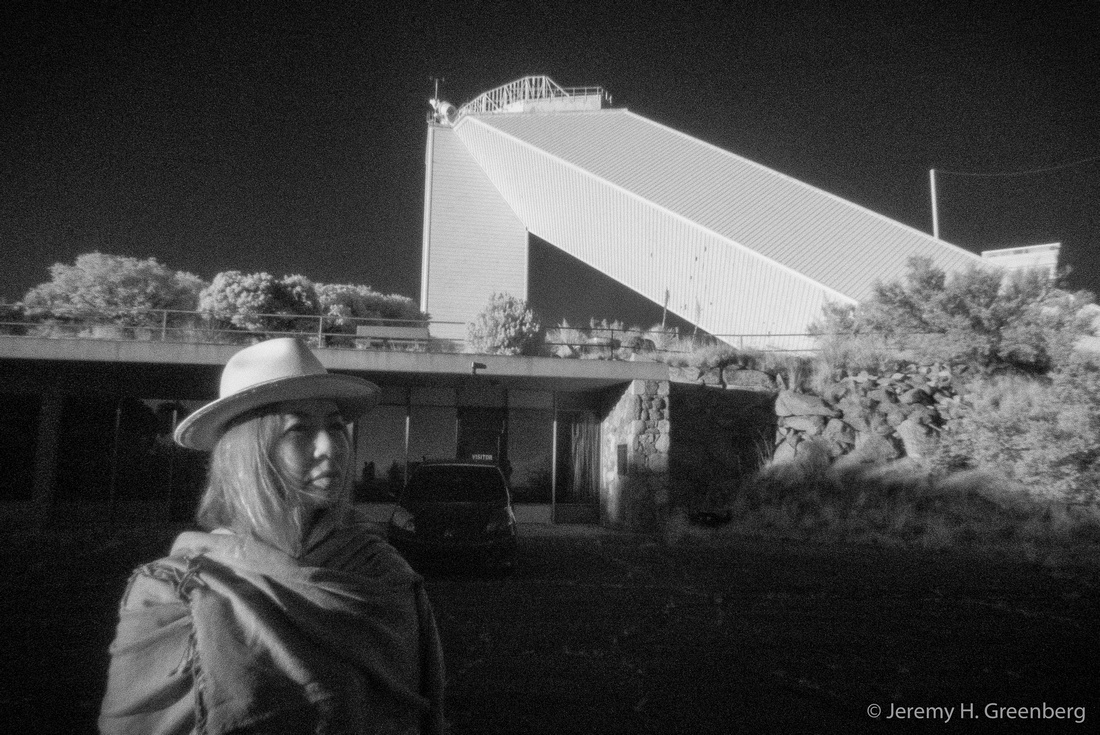

National Geographic Travel Photographer of the Year 2017 Editor’s Favorite: Galleries: Week 4 Cities & People
Casual Photophile Tip & Techniques No. 001 The Subject is the Subject
The Inspired Eye Photography Magazine Issue #40 (full interview)
Hong Kong Free Press: HKFP Lens
Blog #18 Criticizing Photographs or Beyond the “like”
Blog #25 Don’t Be Afraid of the Dark[room].
Blog #47 Composition, Composition, and More Composition
Blog #65 Summer is for Travel (Hanoi)
Blog #67 Risks, Rules, & Restrictions
Blog #68 Photography is a Gift
Blog #72 Living the Creative Life
Blog #90 Restrictions, Revisited
Blog #93 Photographic Technique
Blog #105 Signs, Signs, Everywhere a Sign
Blog #116 Shoot For Your Health
Blog #116 Shoot For Your Health
Our beloved passion and preferred art form has its risks. The lure and expense of that new body or lens can cause stress and financial hardship. The physical risks of making images in the midst of a busy street in an urban environment should be abundantly clear. Exposure to the great outdoors through adverse weather such as heat stroke or frostbite while pursuing that must-see landscape on that ultra-high mountain peak can literally hurt you. Underwater photography is downright risky business.


Nevertheless, there are health benefits to regular interaction with making arts when practiced with a certain level of rigour. In a recent article by Jane Brody in Health Times titled Using the Arts to Promote Healthy Aging, the author reports on various mental as well as physical health benefits to the elderly that have been found and reported in recent years.
It’s reassuring to know we may be drawing with light well into old age. While pursuing perfection might not be a reasonable objective, that shouldn’t stop us from the pursuit of what the Japanese call Kaizen (改善).
There are social and creative muscles that we may exercise well into our later years and that “keeper” image might be just around the next corner or in that undeveloped roll of film. So buy that camera, buy that lens, start that project, print that book. Get the work done and know that it’s good for you and will continue to be good for you in the coming years. The benefits of making art are not always apparent or tangible but somehow we feel them, we know that they are there.
We’ve all heard the old adage, An apple a day keeps the doctor away.
How about we update that to, Shoot a roll a day to keep the doctor away?
I don’t know about you, but I’ll start tomorrow and see how it goes. I know one thing, and that is that it couldn’t hurt.
The light is always right.
jhg
*Images: © Jeremy H. Greenberg
Where: San Diego, CA, USA
Subject: All B&W Travel and Street Photography Images from recent trip to SoCal.
Gear: iPhone & Fujifilm X-E3 Mirrorless Digital Camera [Zoom Lens]
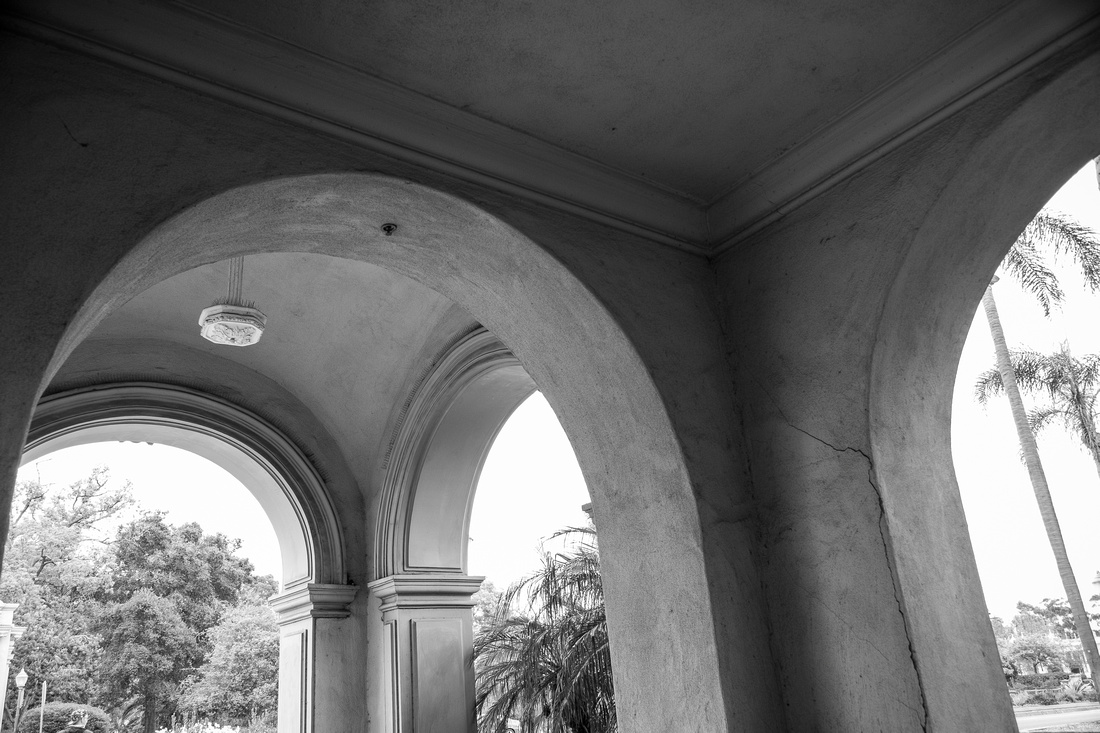



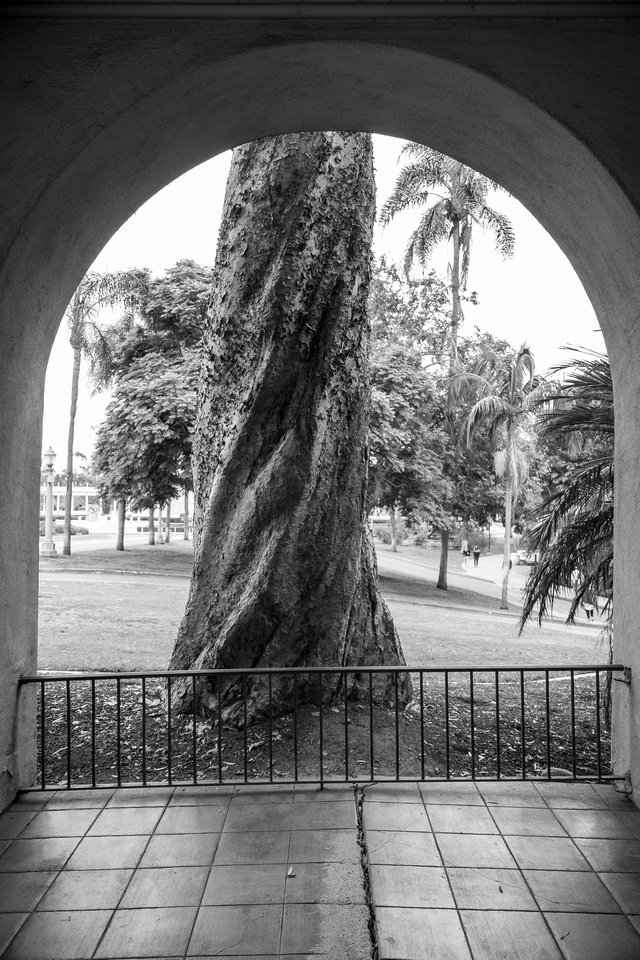

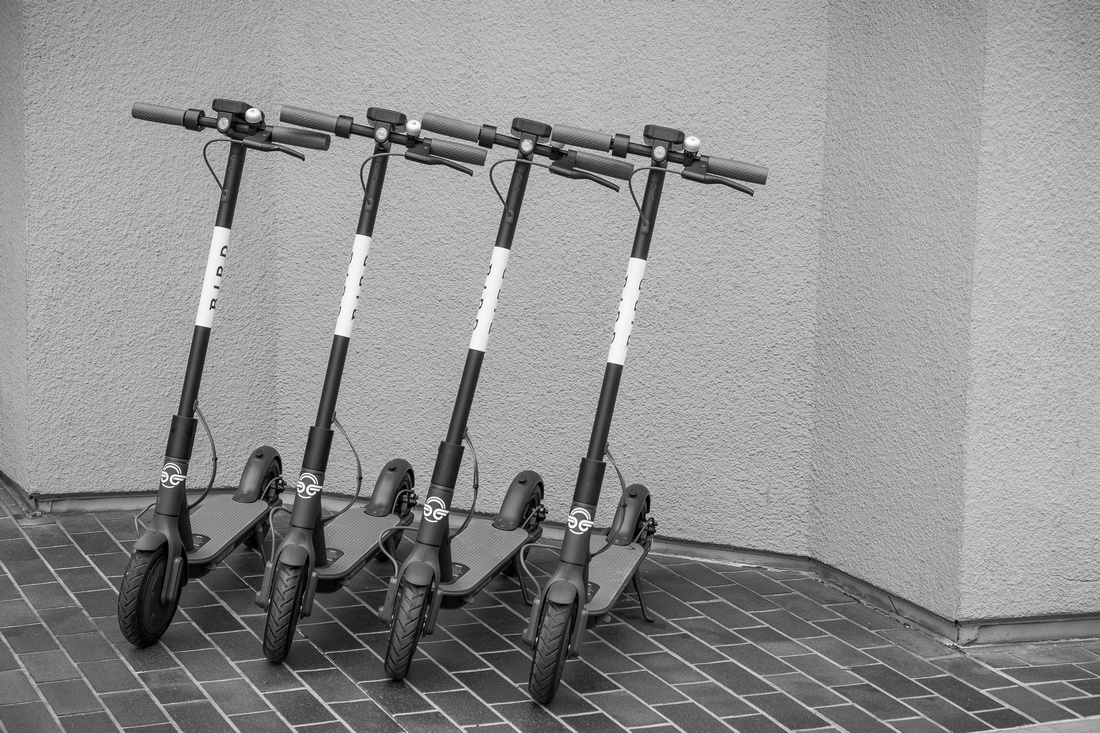

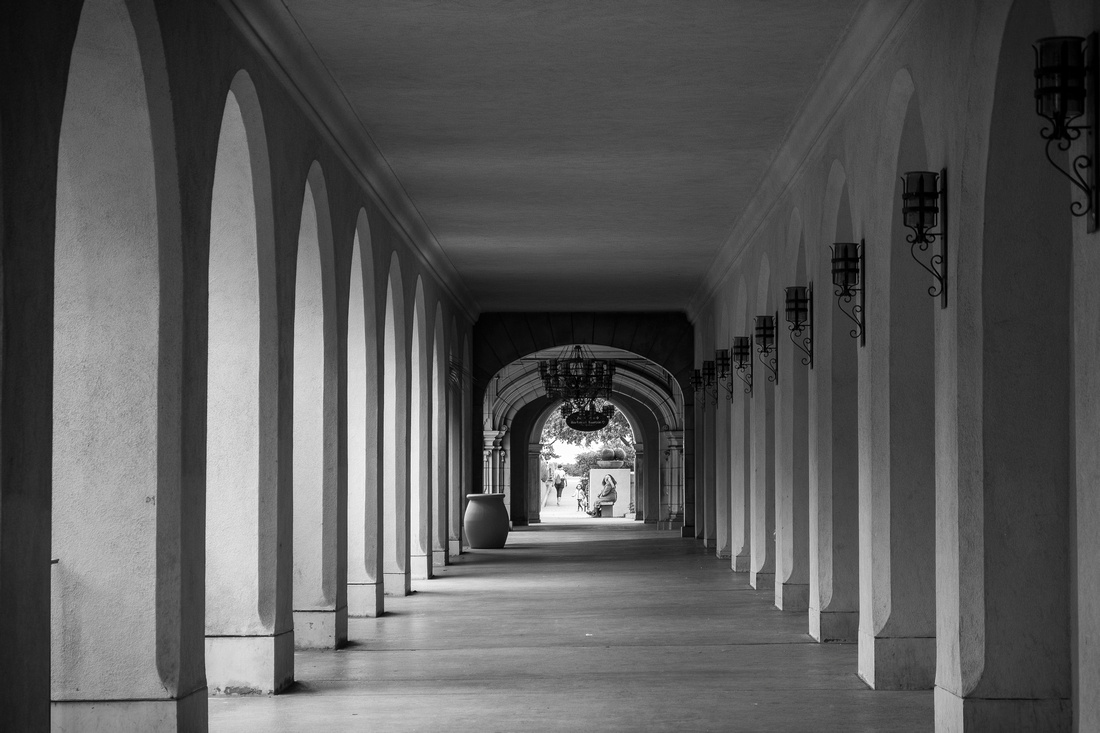

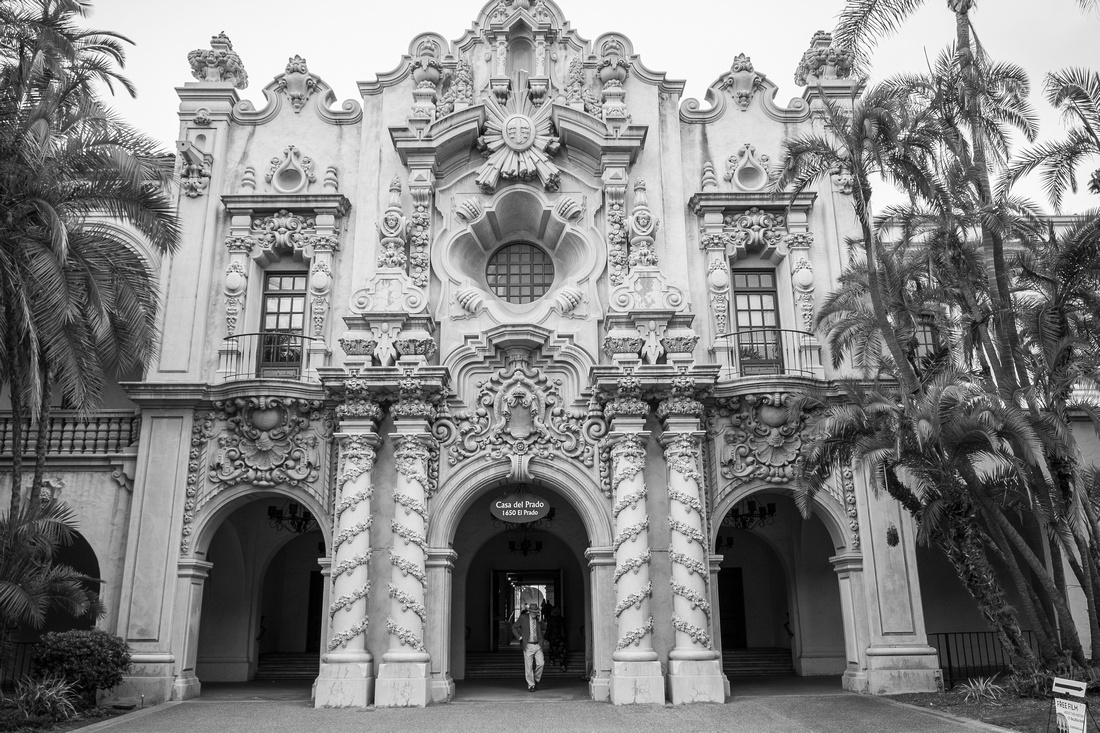

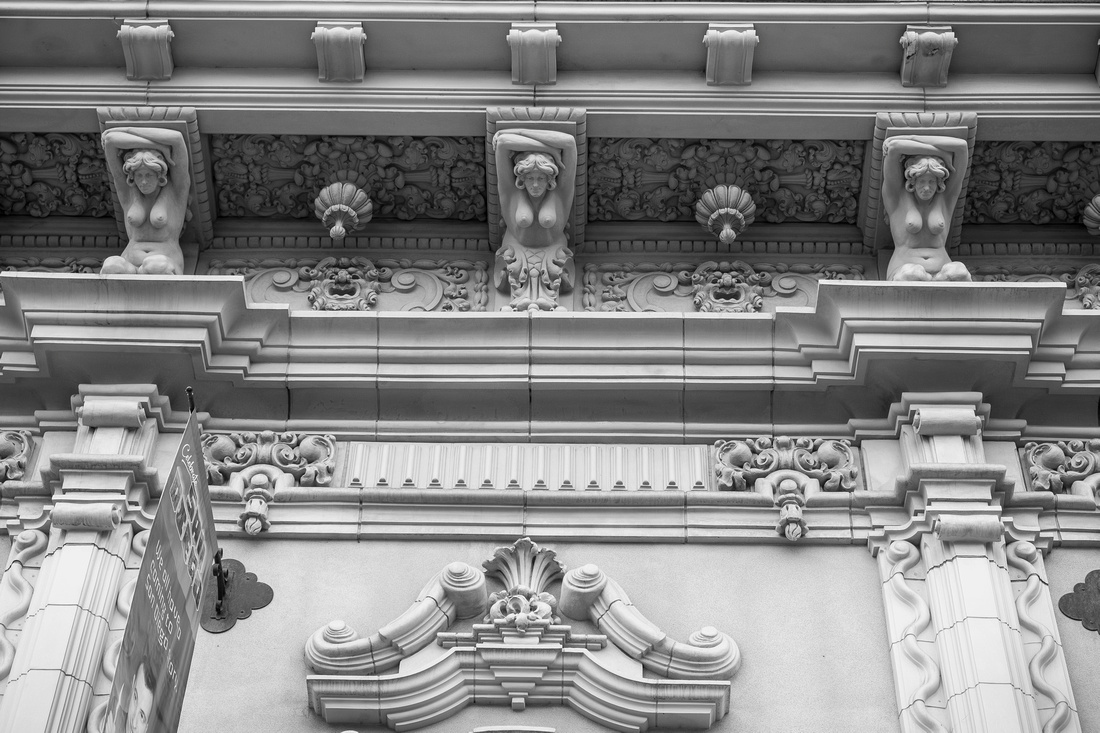

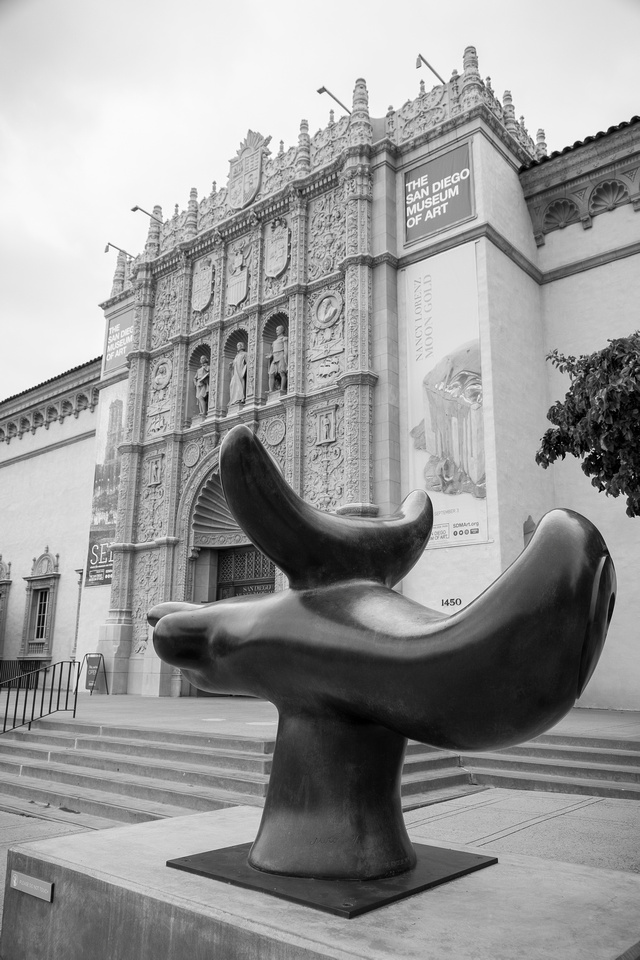

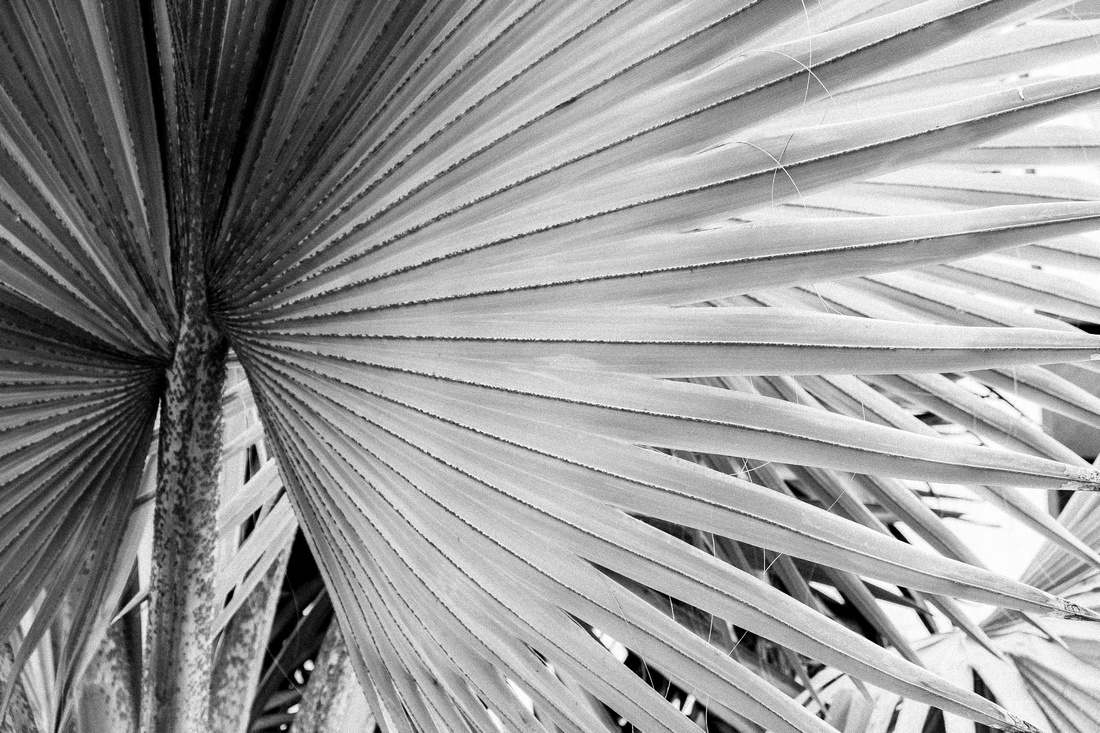

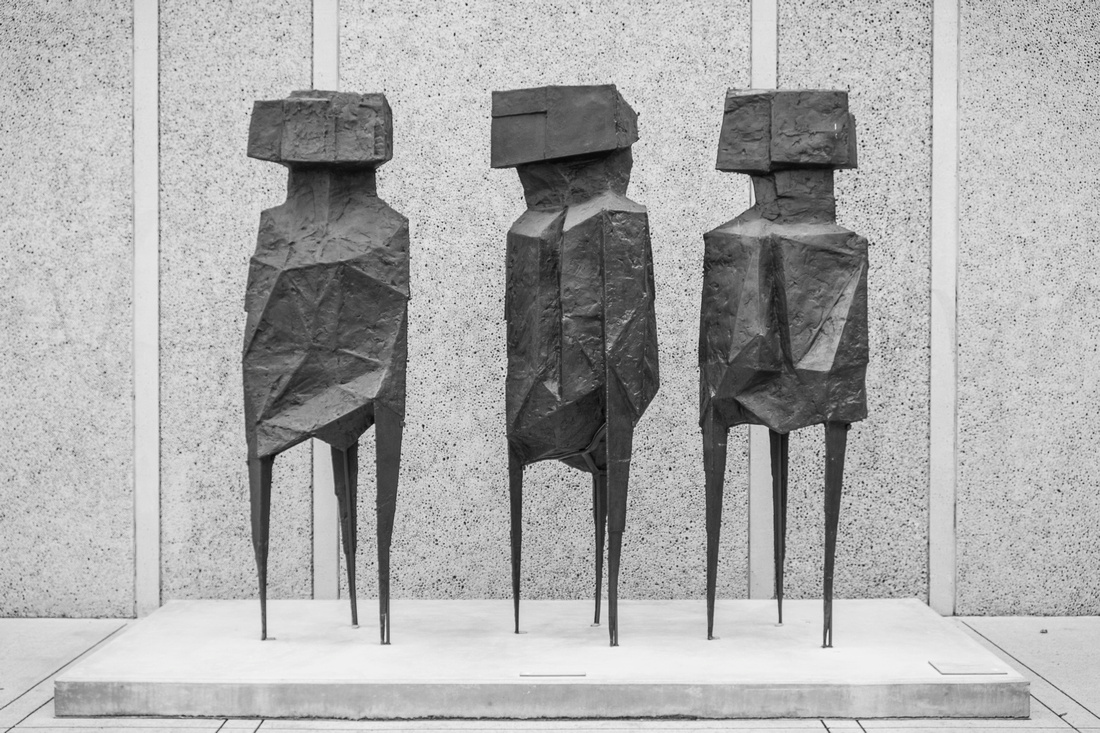

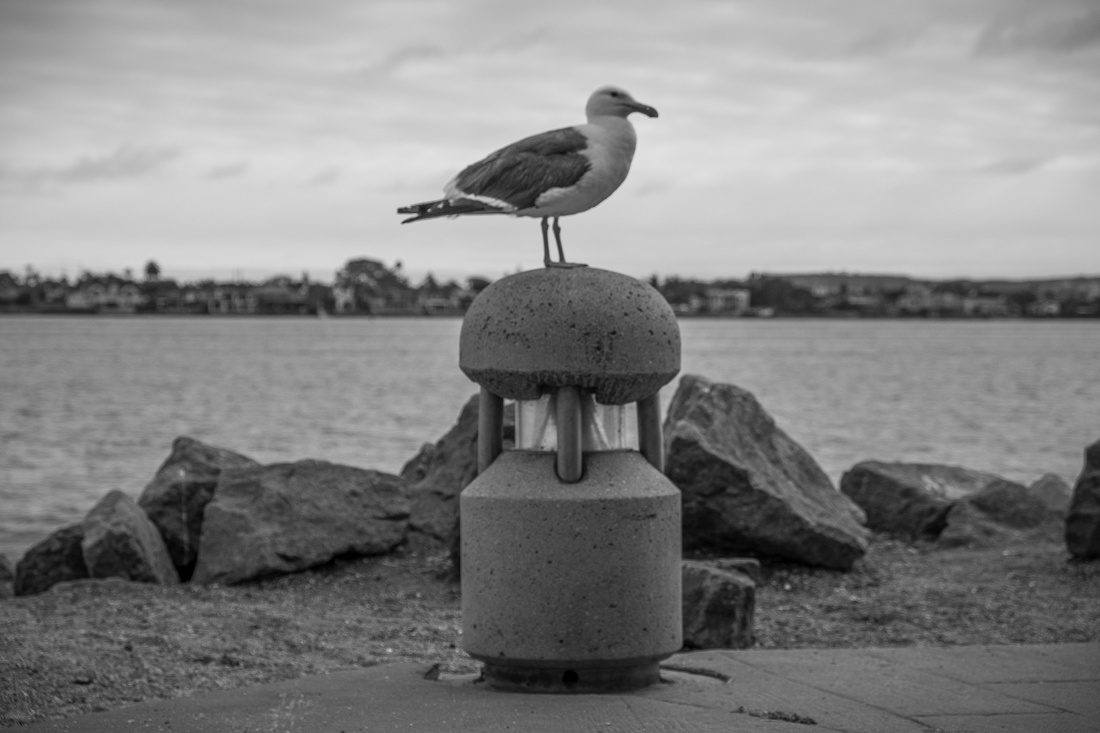



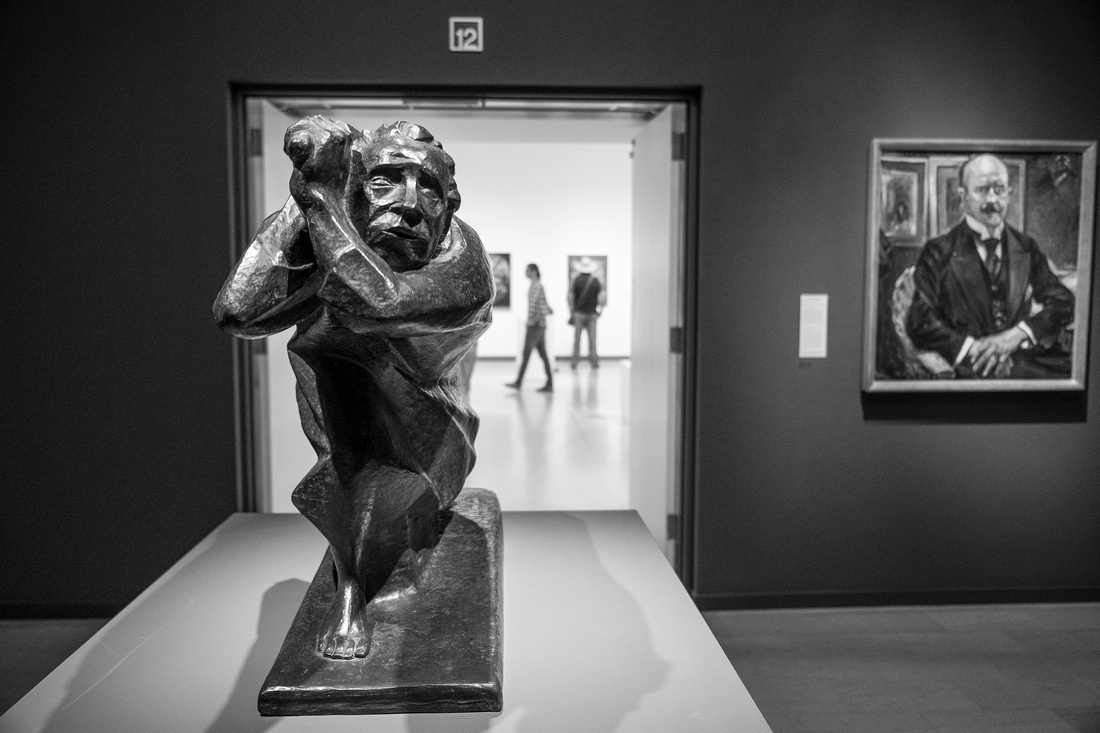

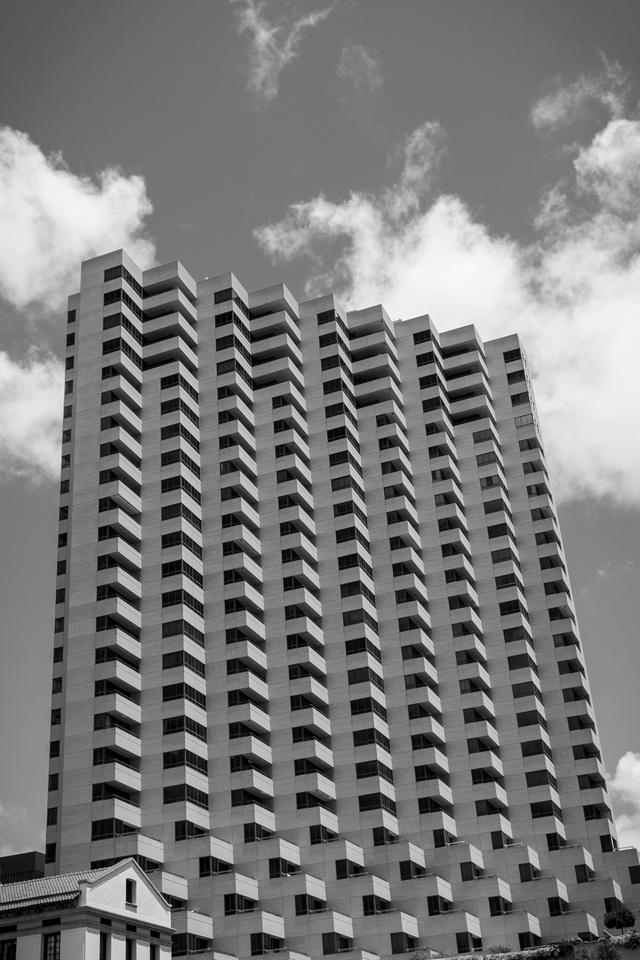



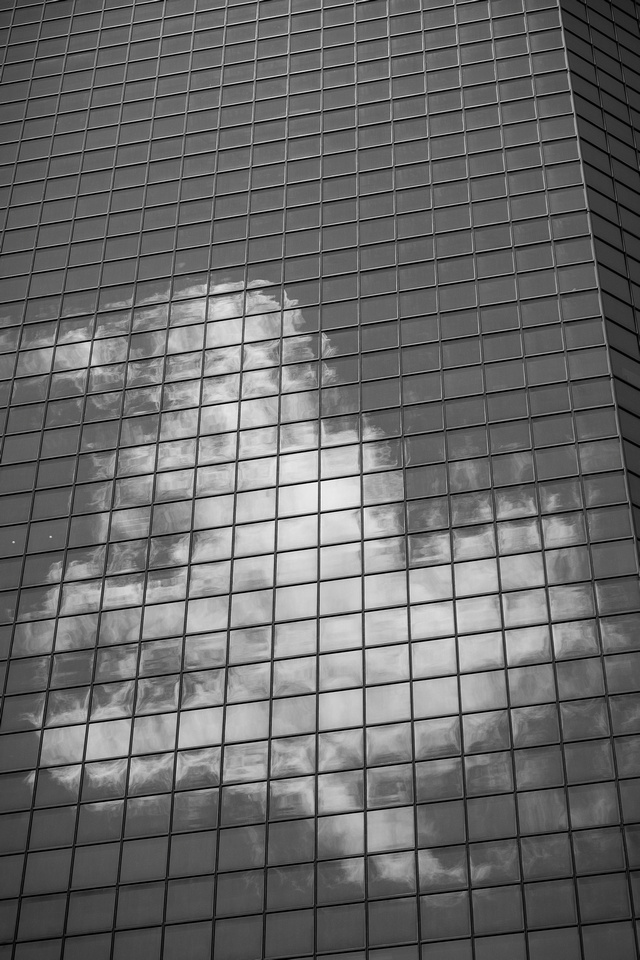

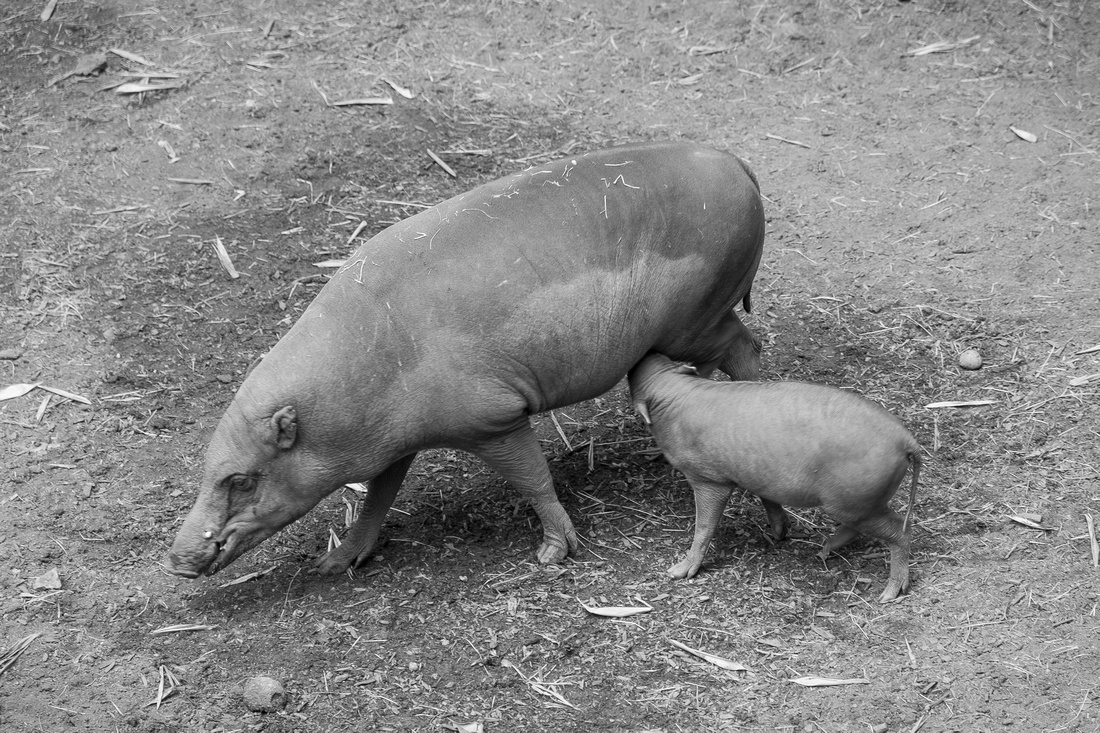

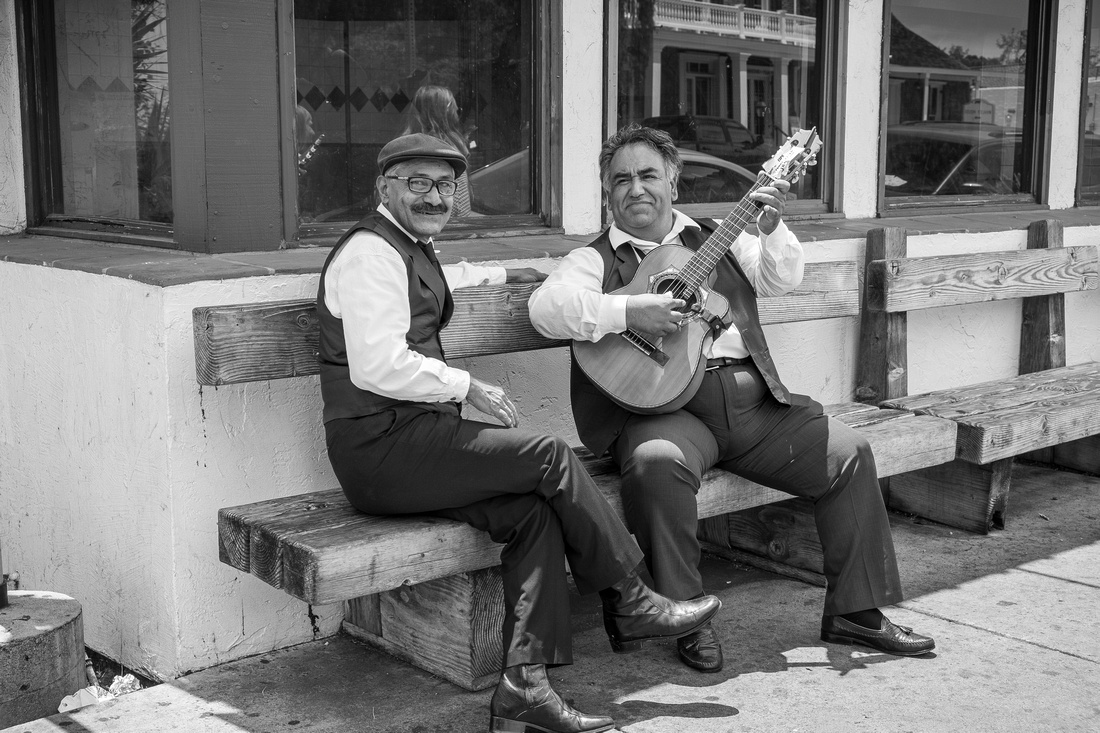

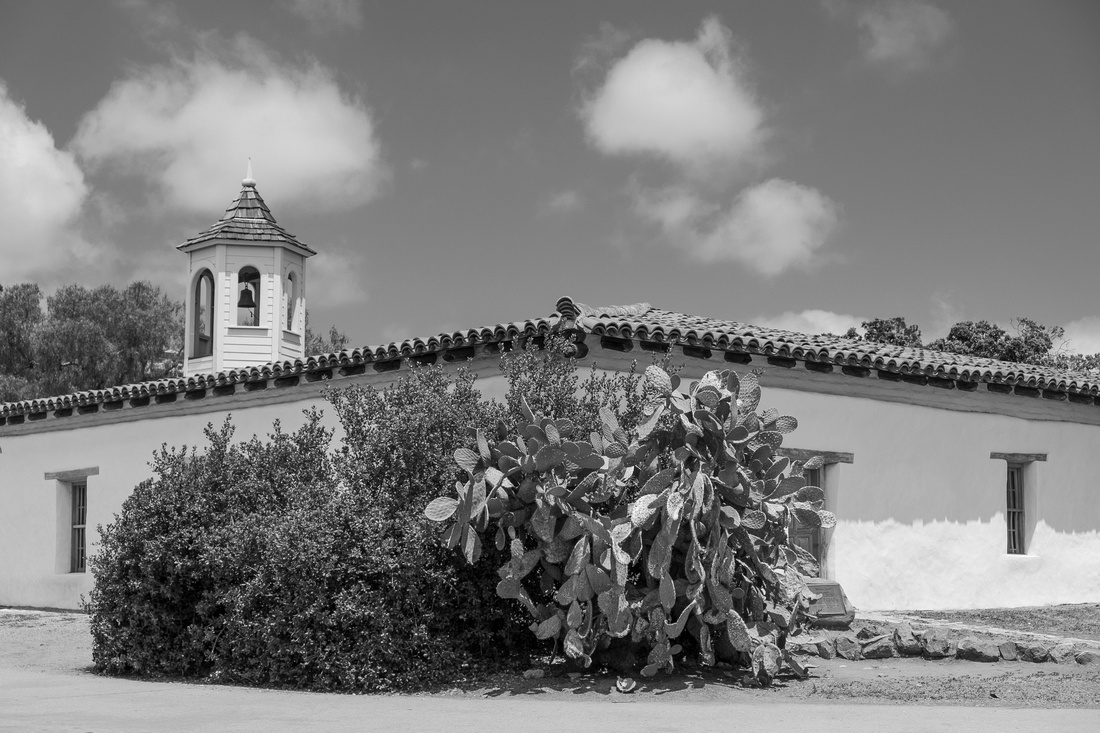

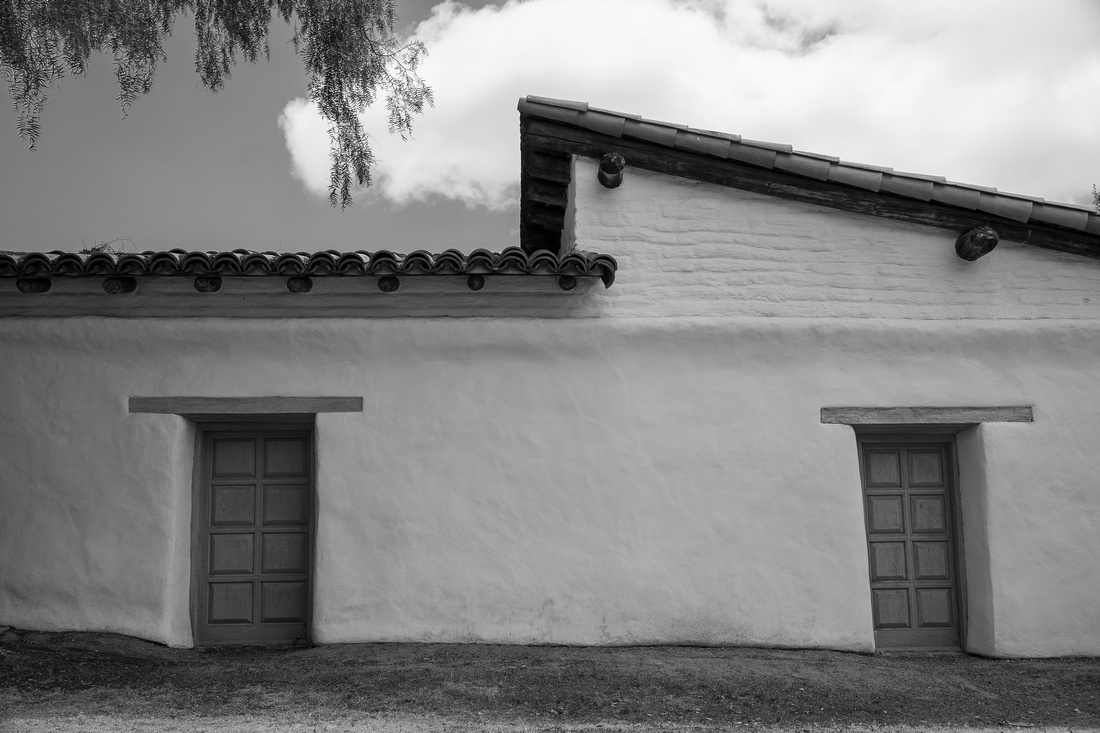



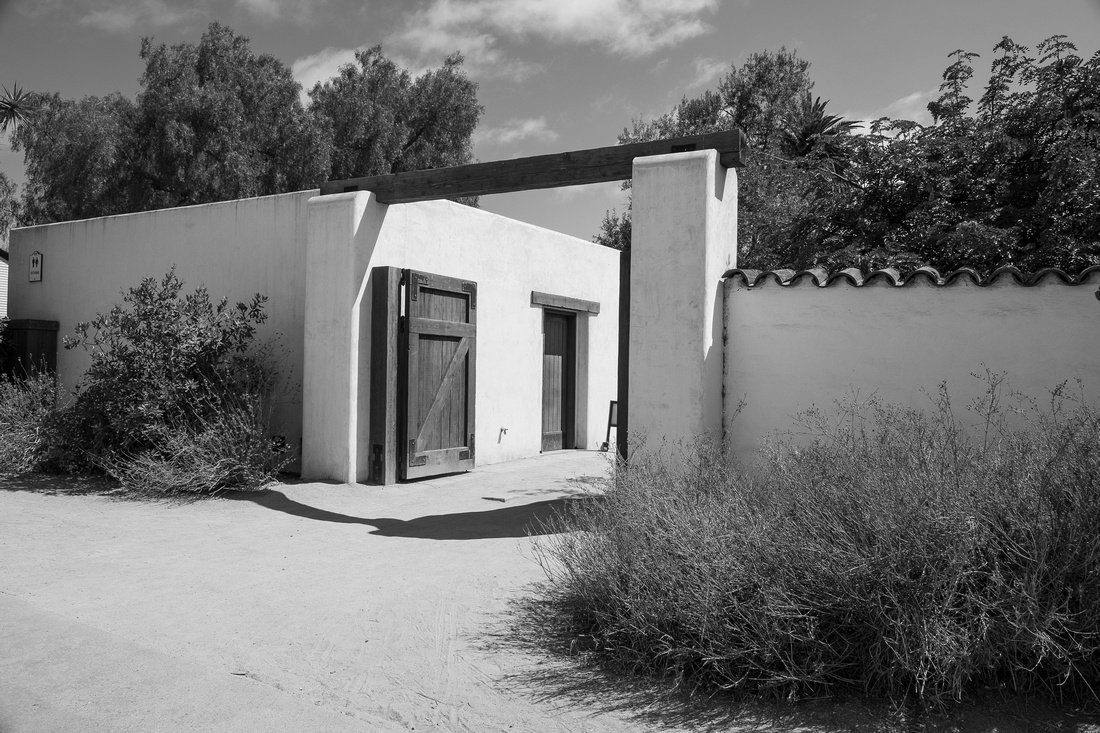



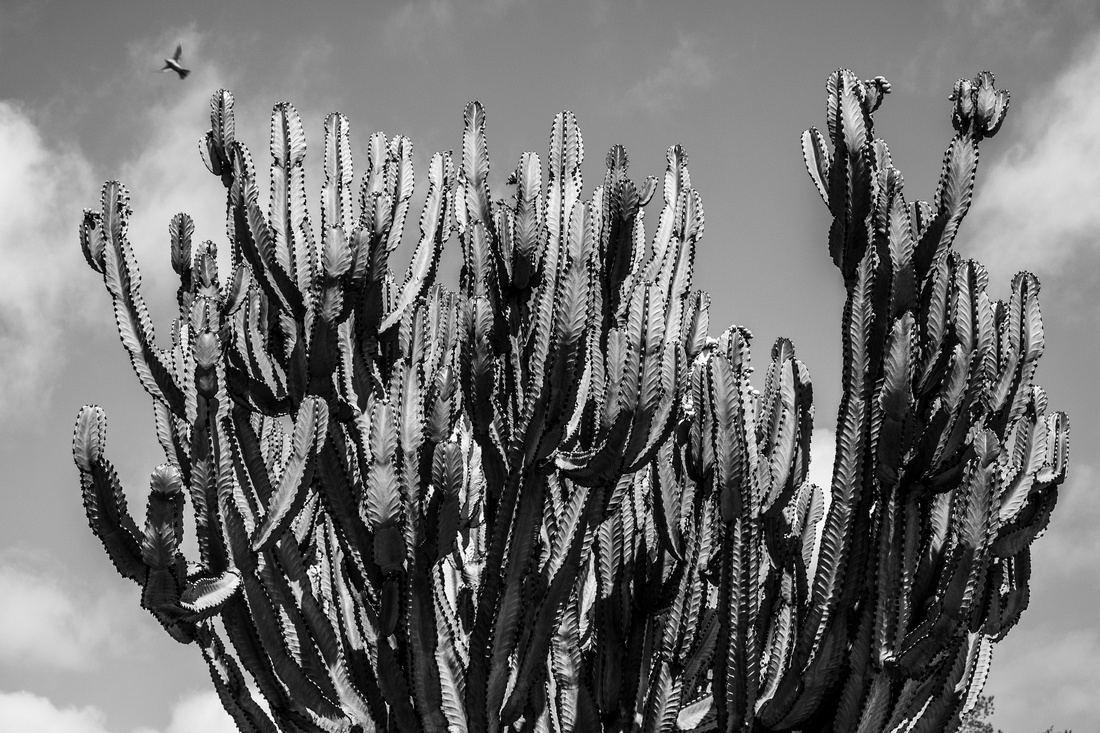



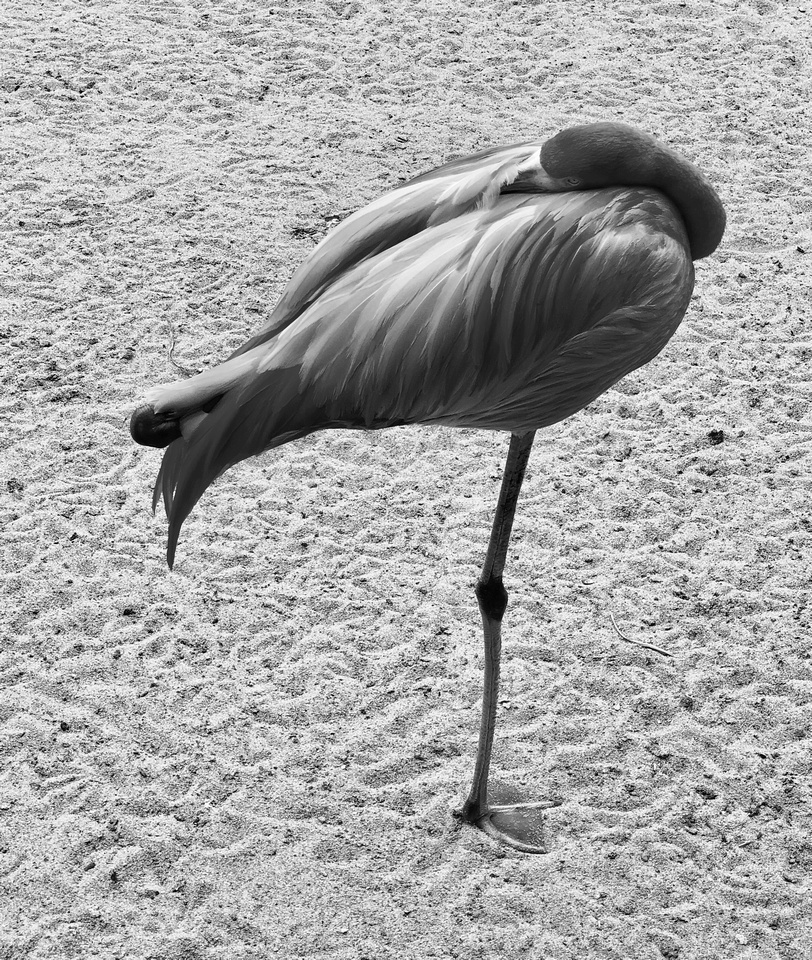

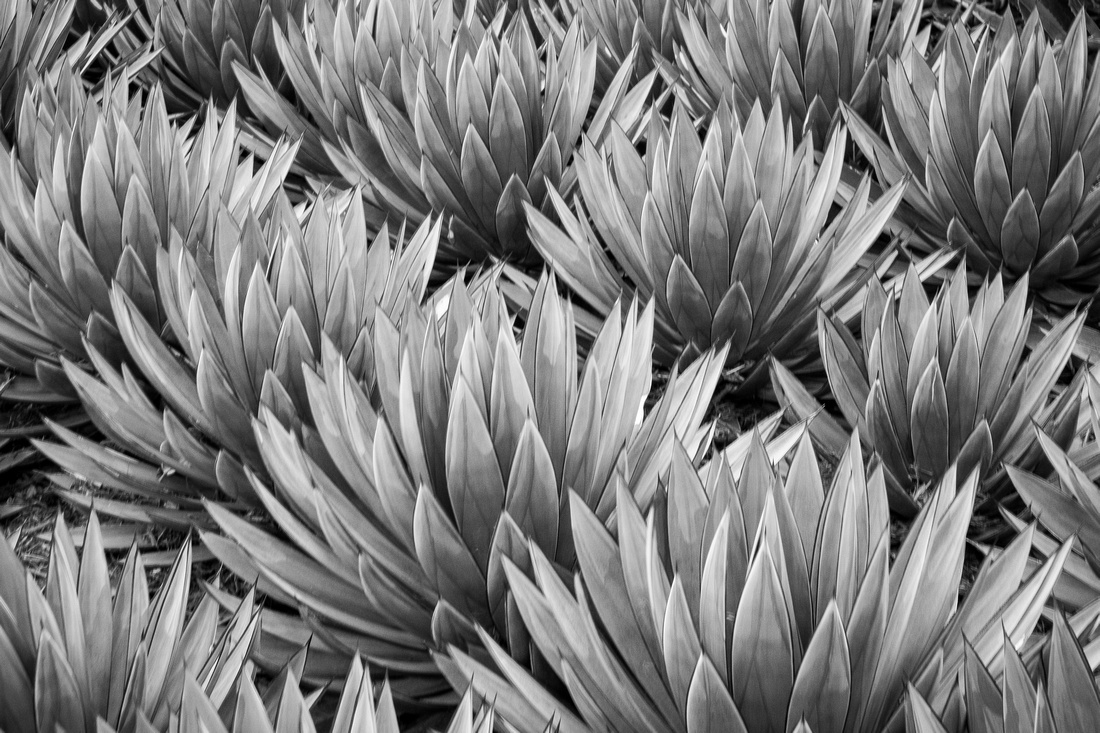

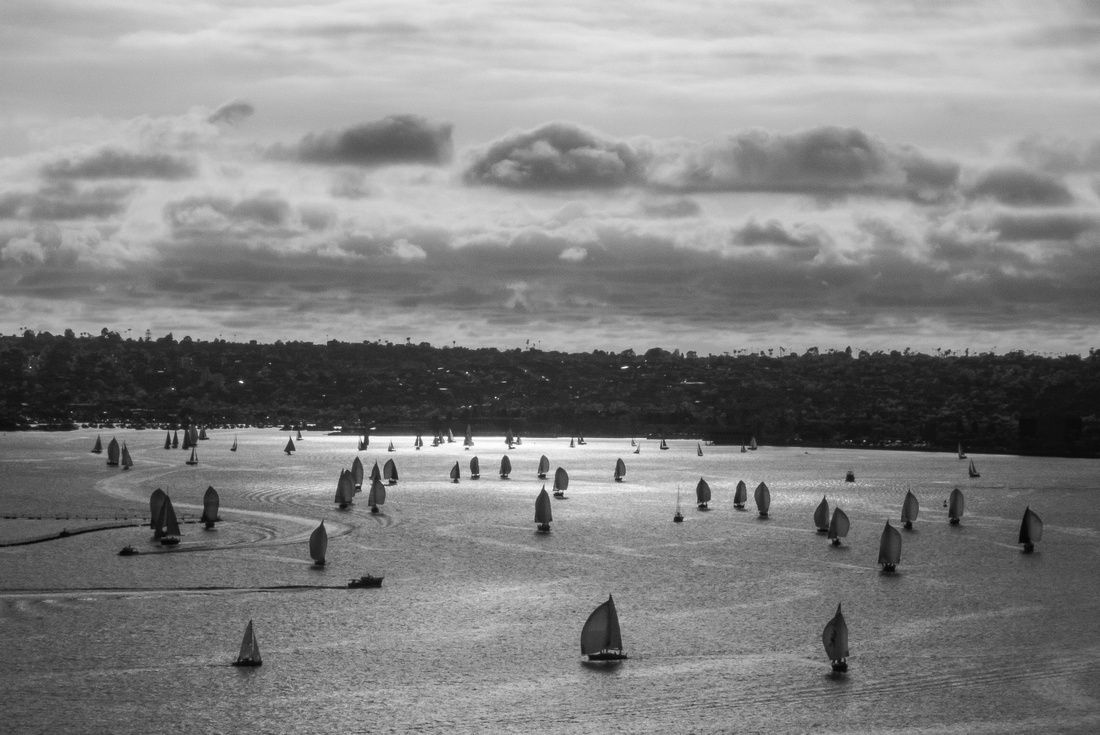

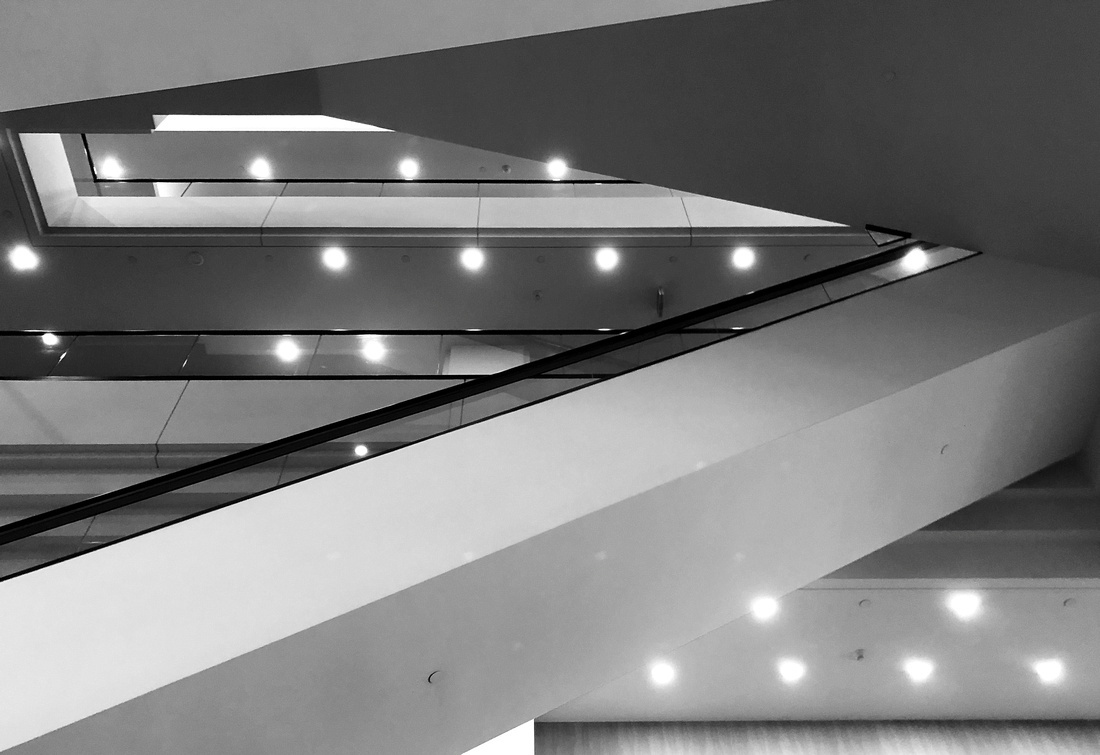



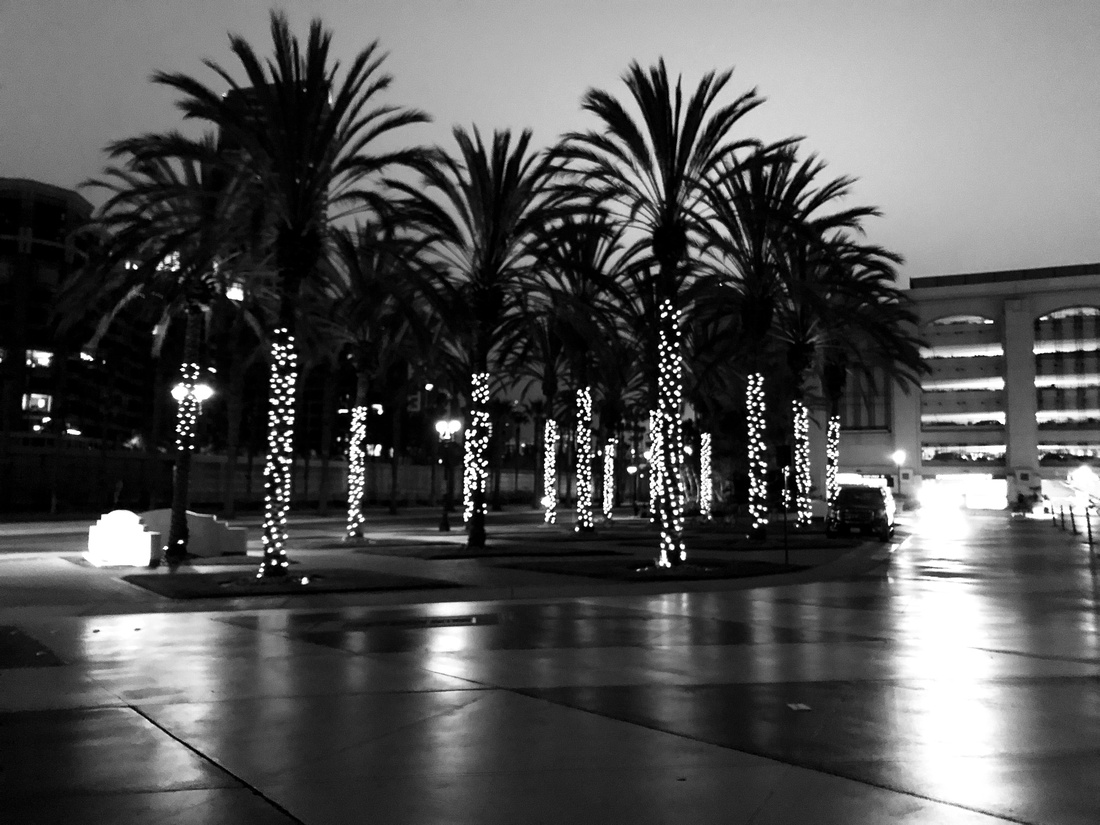

National Geographic Travel Photographer of the Year 2017 Editor’s Favorite: Galleries: Week 4 Cities & People
Casual Photophile Tip & Techniques No. 001 The Subject is the Subject
The Inspired Eye Photography Magazine Issue #40 (full interview)
Hong Kong Free Press: HKFP Lens
Blog #18 Criticizing Photographs or Beyond the “like”
Blog #25 Don’t Be Afraid of the Dark[room].
Blog #47 Composition, Composition, and More Composition
Blog #65 Summer is for Travel (Hanoi)
Blog #67 Risks, Rules, & Restrictions
Blog #68 Photography is a Gift
Blog #72 Living the Creative Life
Blog #90 Restrictions, Revisited
Blog #93 Photographic Technique
Blog #105 Signs, Signs, Everywhere a Sign
Blog #115 High Contrast
Blog #115 High Contrast
In this week’s blog post I want to share some thoughts about contrast in image making, namely high contrast.
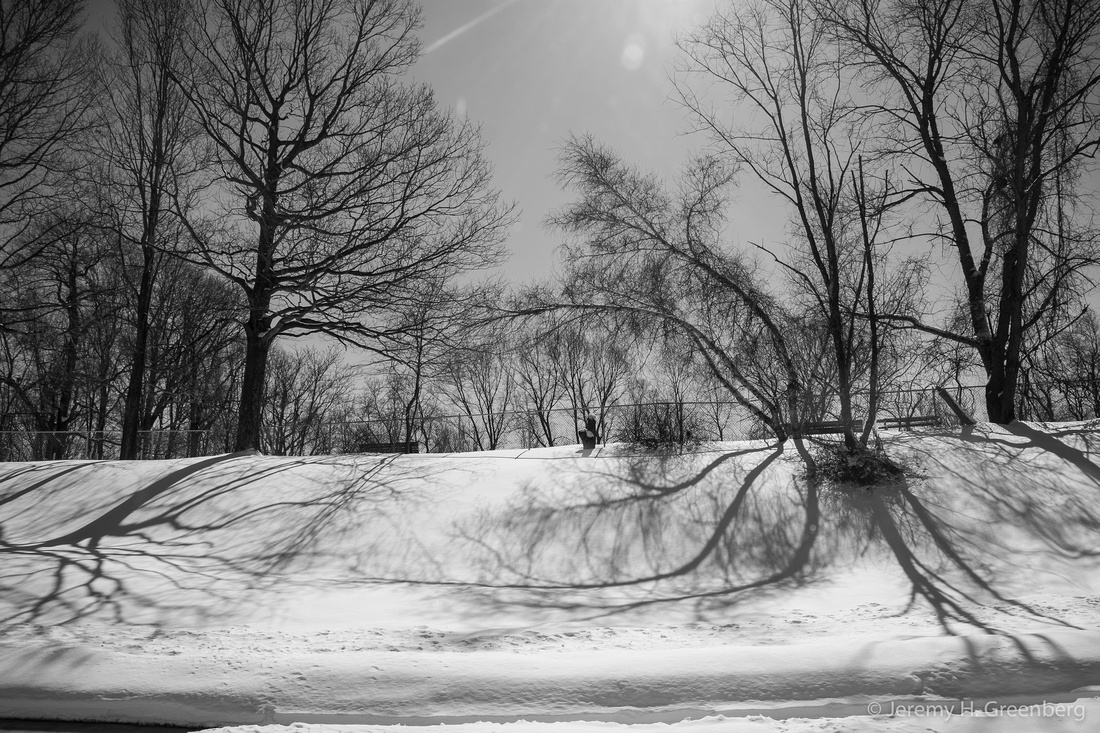

There was a time, not long ago, when images were faint and the band of dynamic range across the whites and blacks [tones] was as narrow. Of course it was perfectly legal to smoke indoors around this time as well. Is there a connection here? Perhaps. Somewhere along the way, the smoke cleared and ours eyes developed an insatiable appetite for high contrast. “Crush your blacks” became a desirable aesthetic along with blown highlights, and punchy detail characteristic of high contrast images.
This affect was not restricted to black and white images by any means, color image making was far from impervious to this trend in photography. Colors became saturated and rich. Ah, the days of Kodachrome! By the way, if you haven’t seen the movie by the that name, it’s terrific and stars Ed Harris .
Fast Forward to HDR image making, a trend, or fad more likely that has all but faded into that over-saturated sunset. Black and white and color image making, film, and digital have all seen their days of increasing contrast over the decades.
Now, there is high contrast and there is HIGH contrast. We all have our own tastes, preferences, and styles and thank goodness for it. High contrast need not include only those images from Daido and his Provoke buddies that were ultra high contrast. The images below could be described as high contrast but in a subtle, tasteful, manner as I have attempted to represent. Most presets and filters on image editing aps and software contain at least one high contrast option illustrating our modern day taste for blacker blacks and whiter whites.
Love it or hate it, high contrast is here to stay. Regardless, It’s the content that counts, the emotional connection, and the story or message that you share that really matters. High contrast is simply a tool that you can use to tell your story in the manner in which you want to share it.
Good luck!
The light is always right.
jhg
*Images: © Jeremy H. Greenberg
Where: Hong Kong & USA
Subject: Various Aerial, Landscape, and Street Photography Images
Gear: iPhone & Fujifilm X-E3 Mirrorless Digital Camera
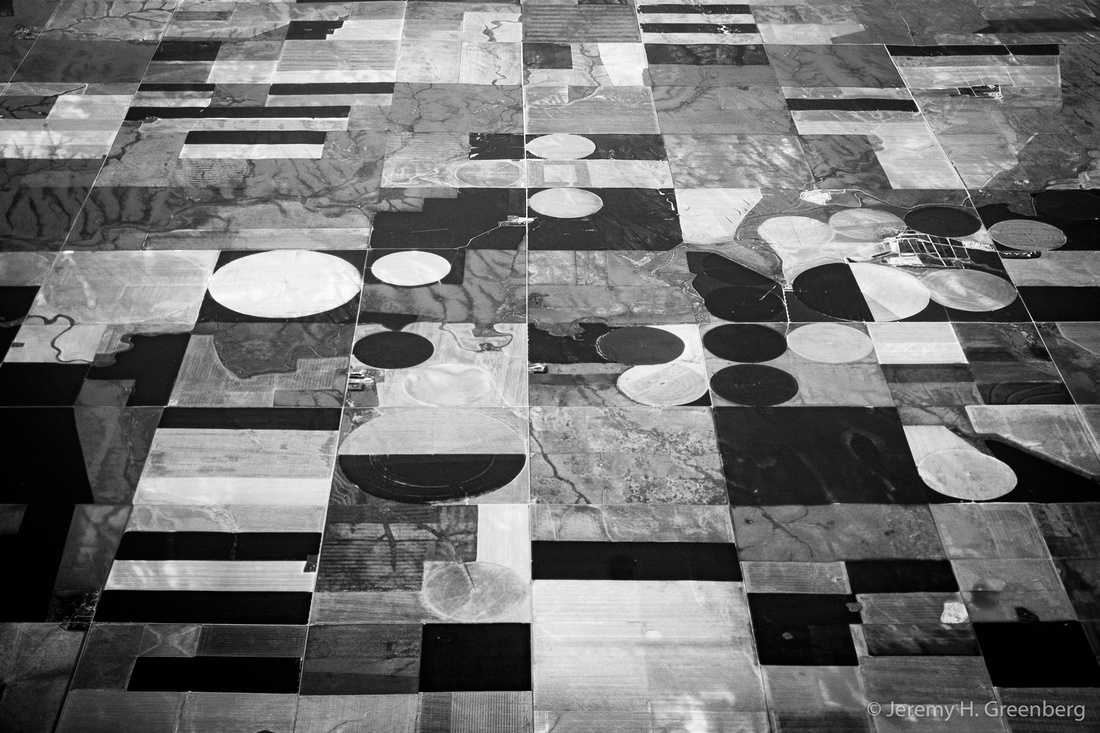



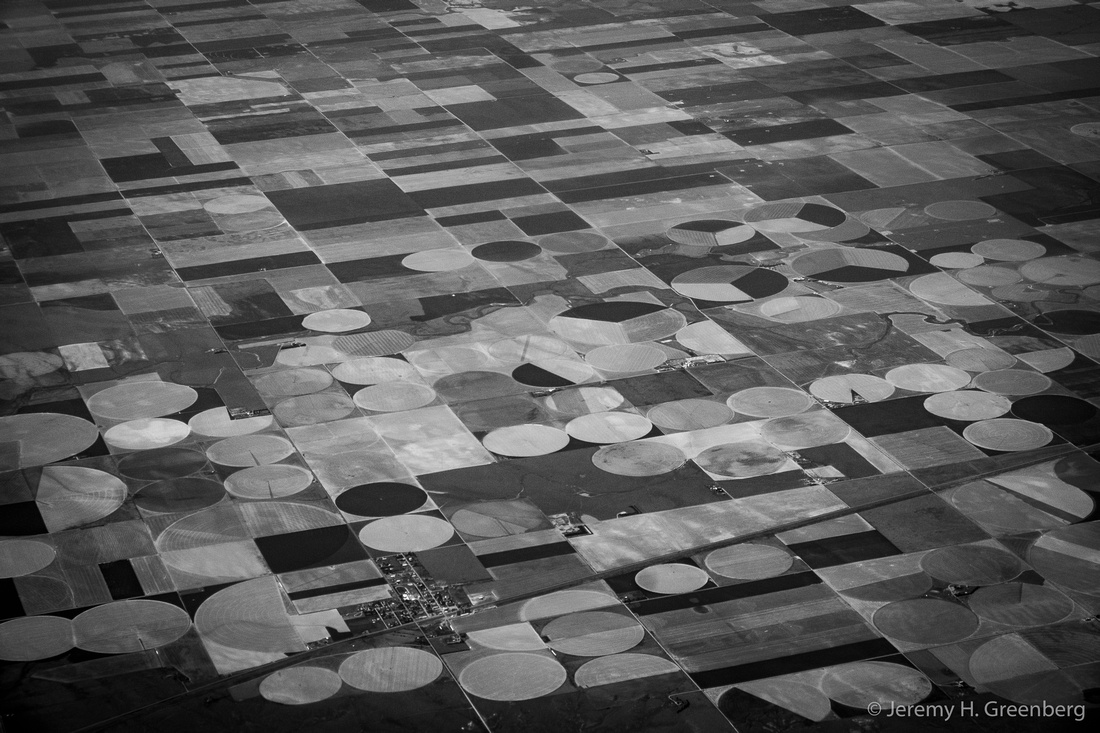

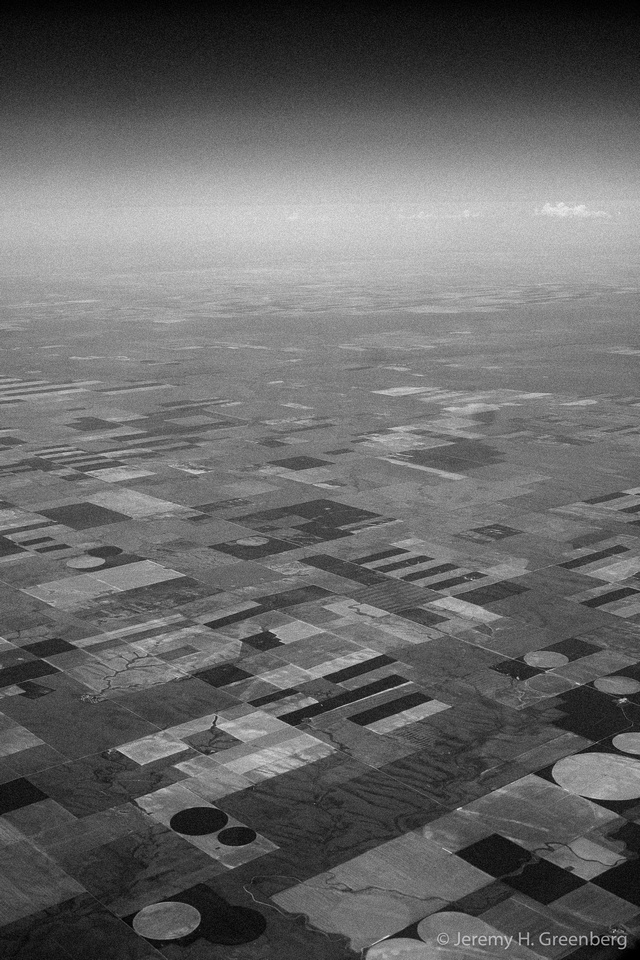

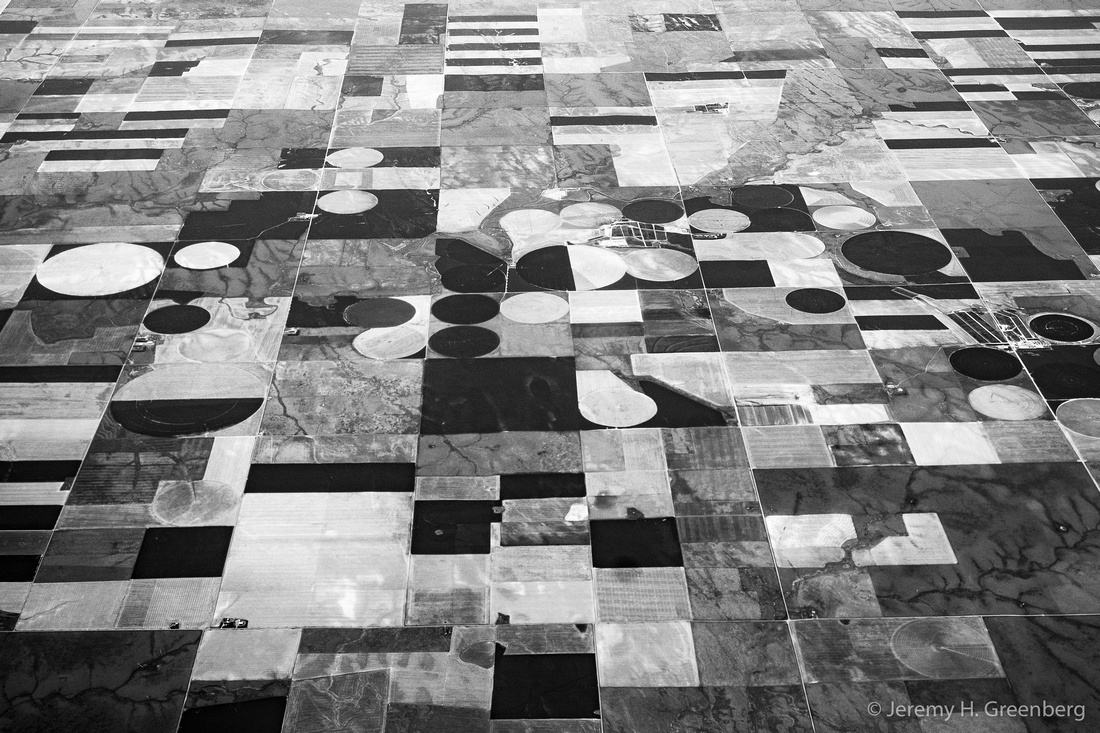

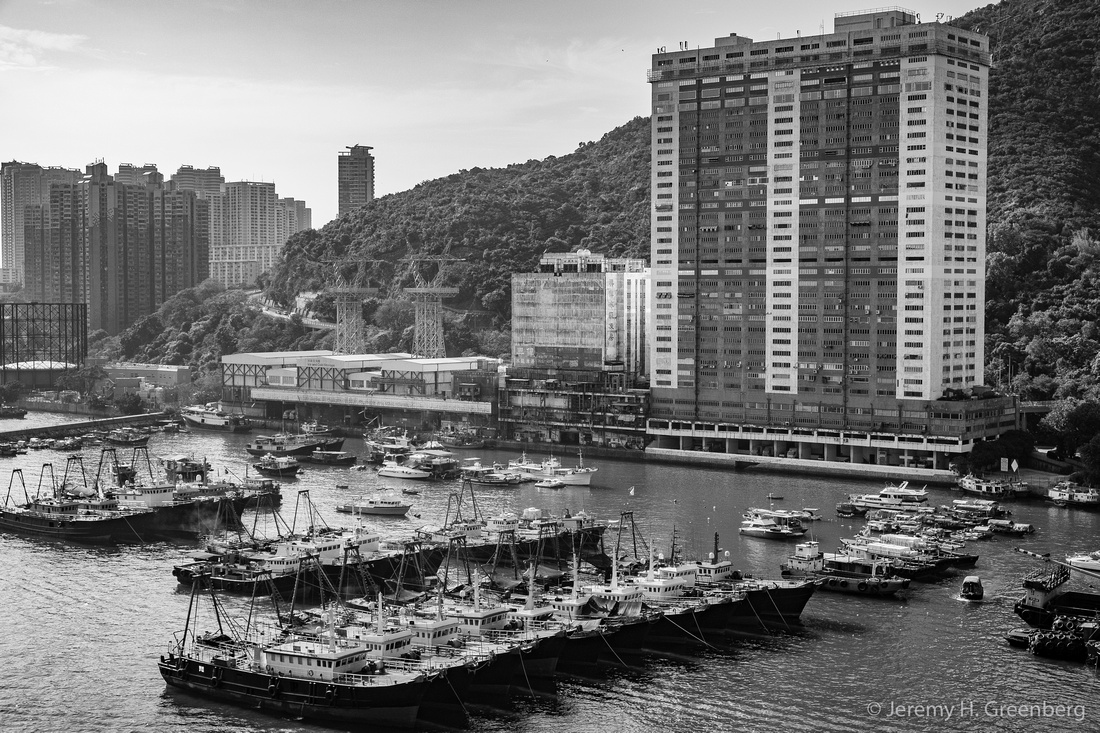

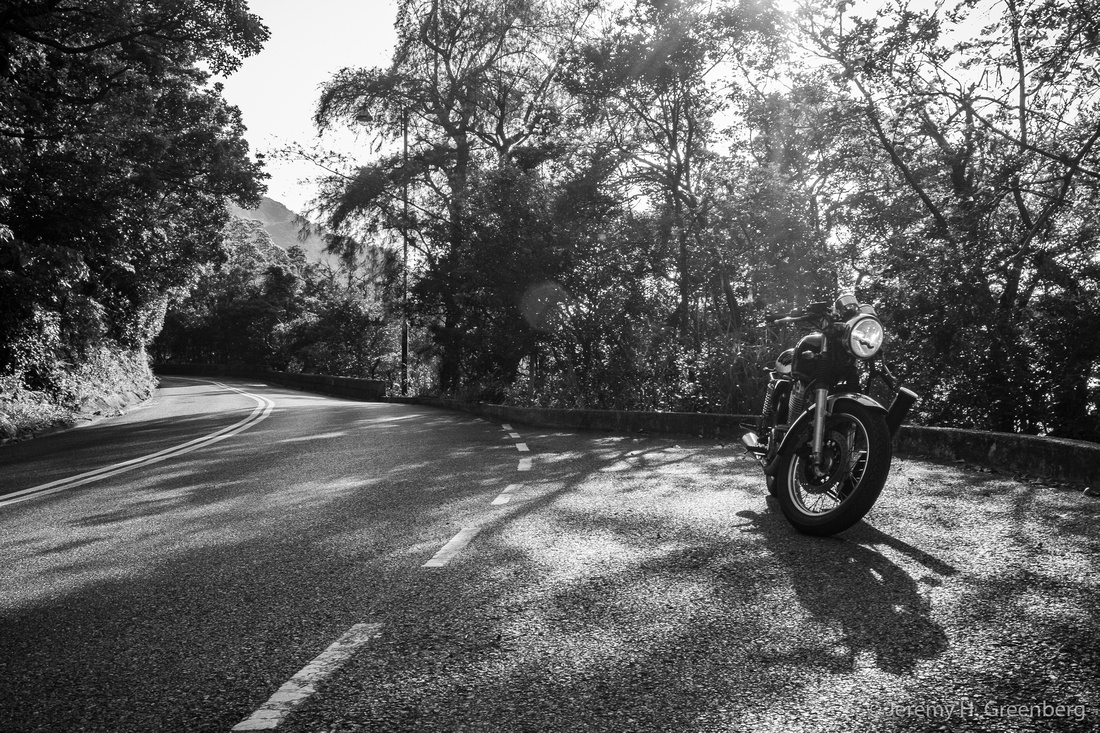

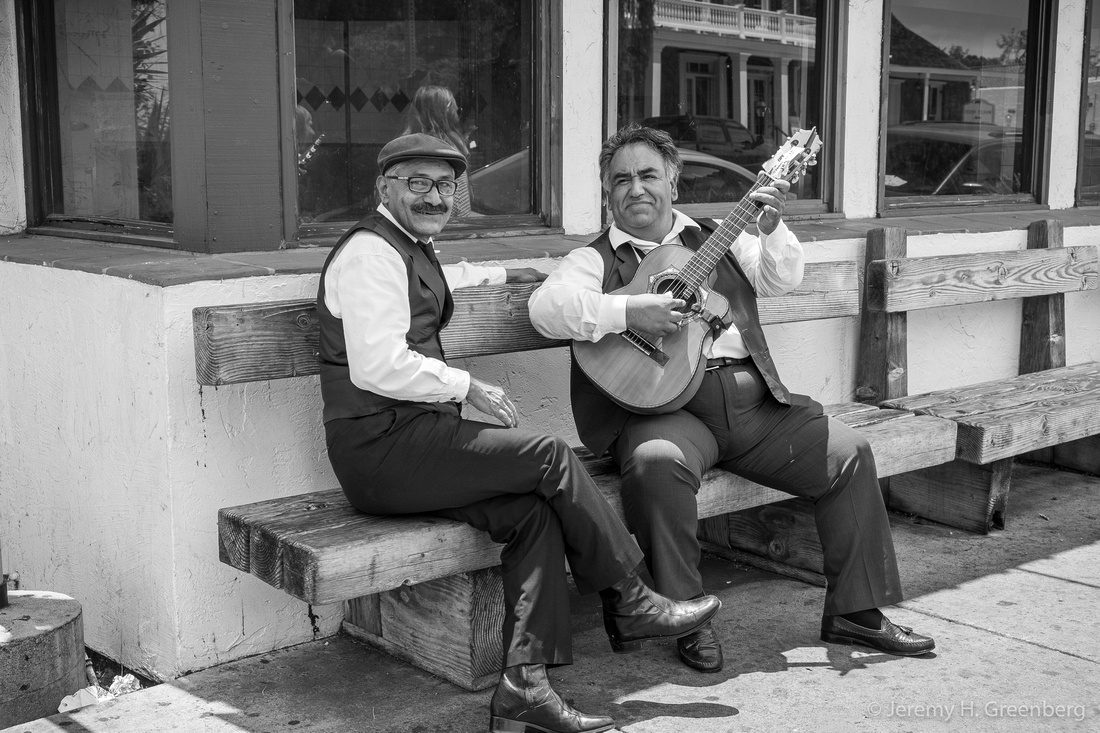

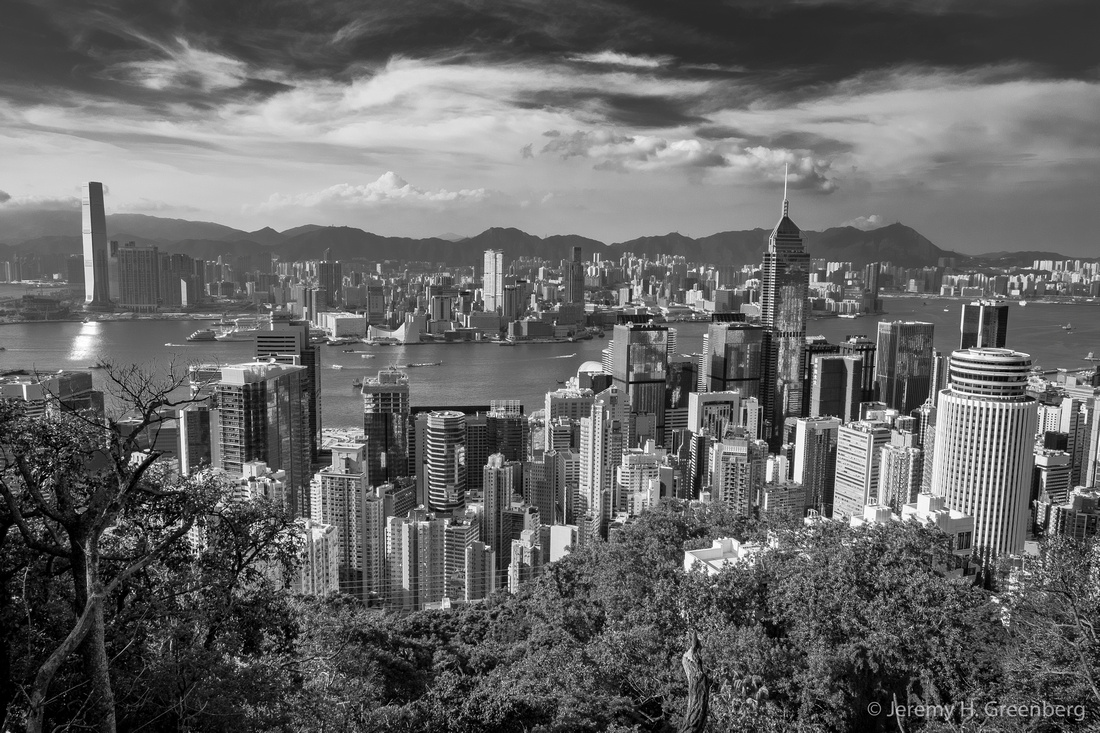

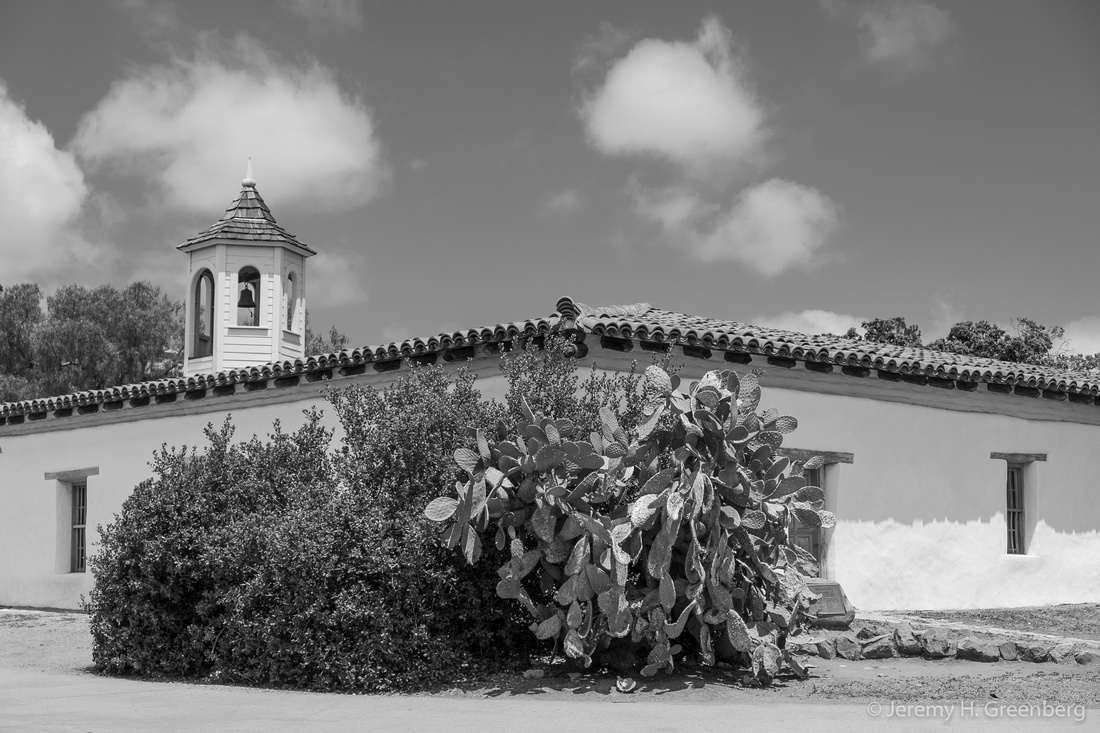

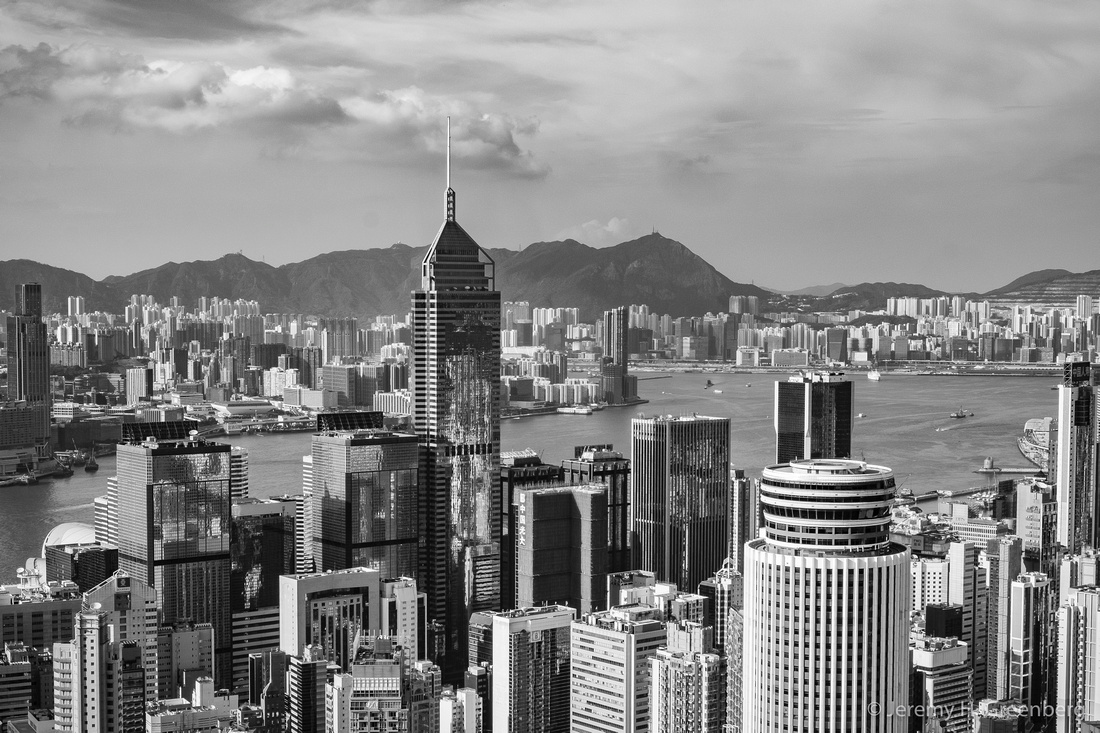

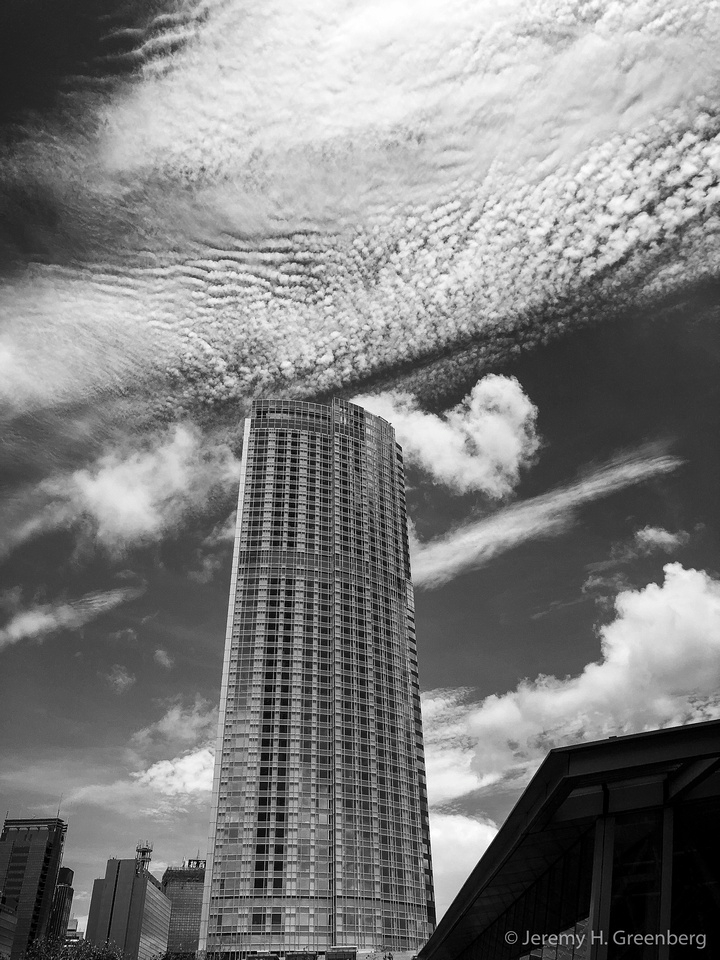

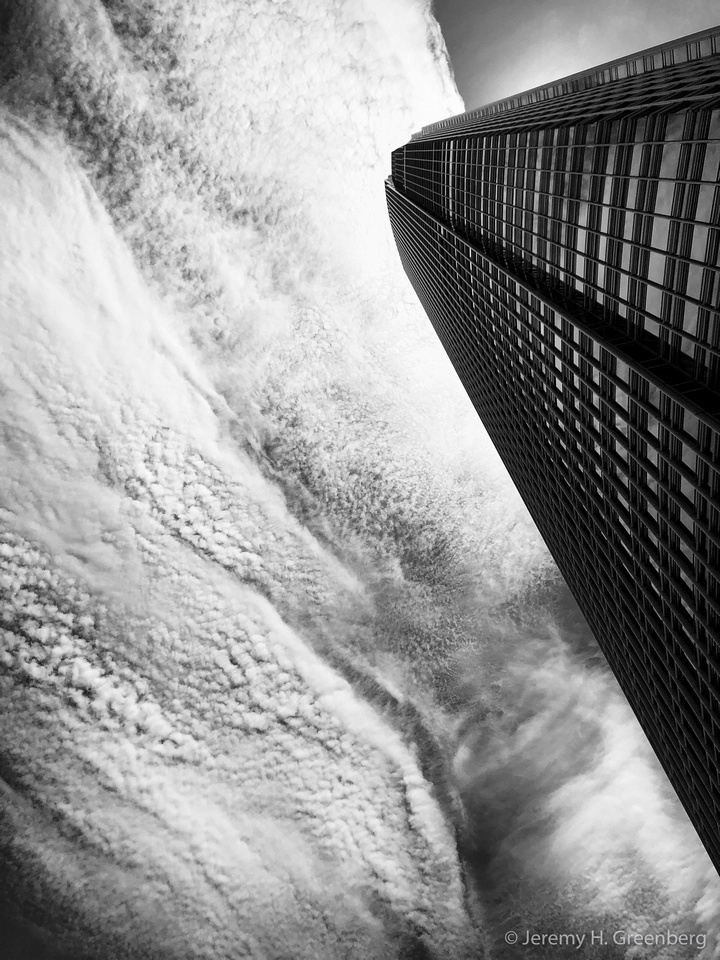

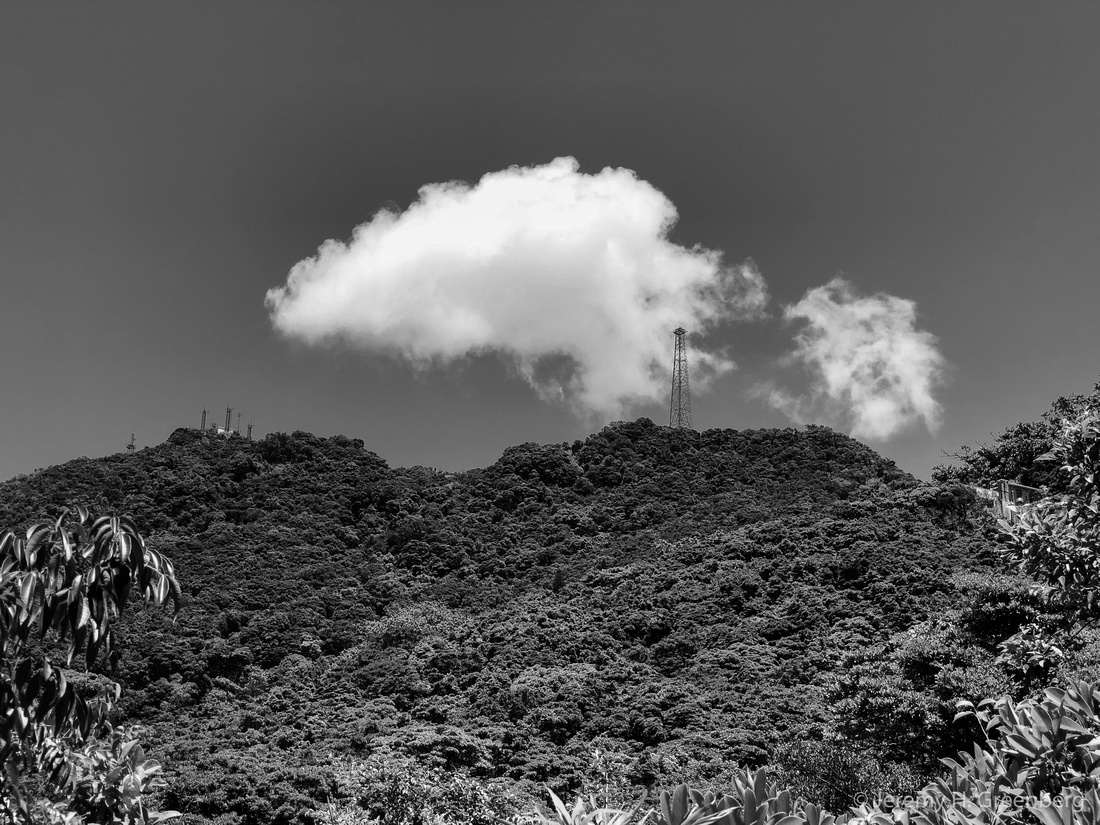

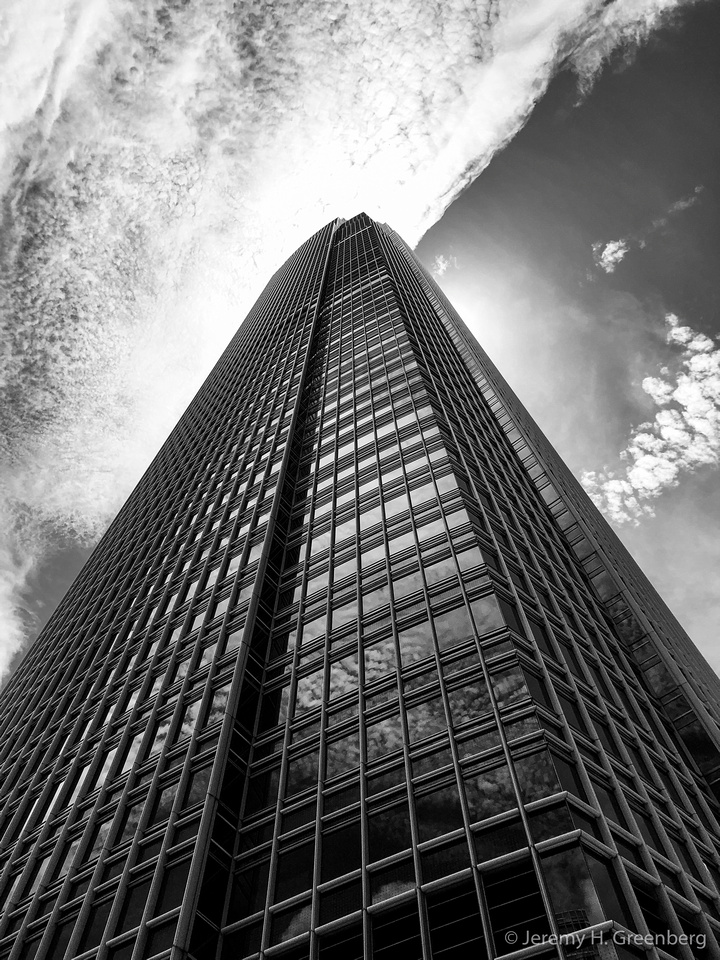

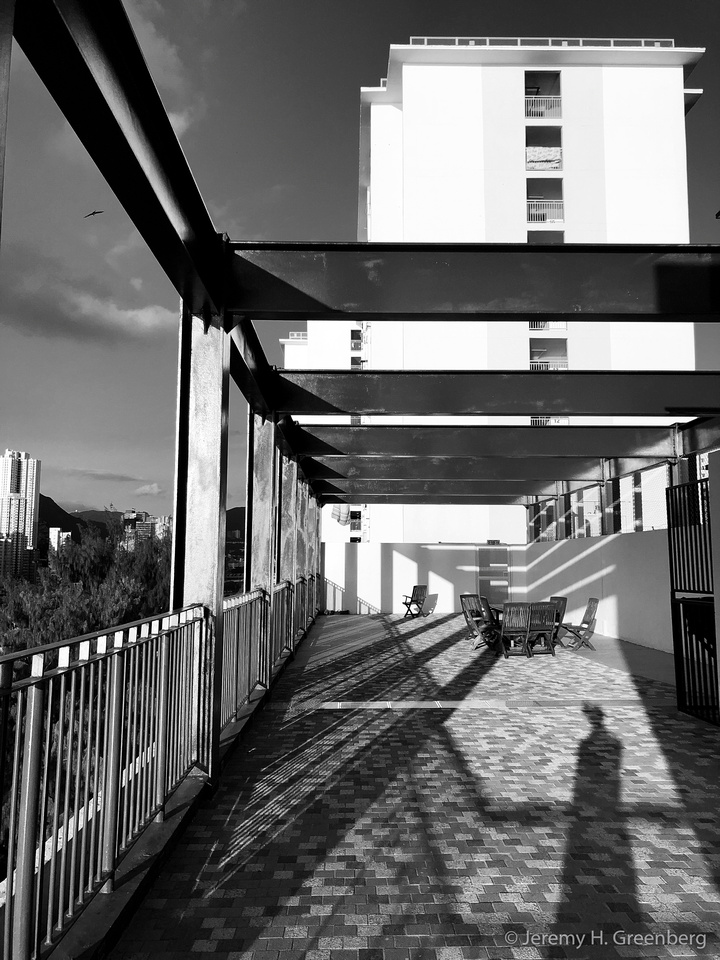

National Geographic Travel Photographer of the Year 2017 Editor’s Favorite: Galleries: Week 4 Cities & People
Casual Photophile Tip & Techniques No. 001 The Subject is the Subject
The Inspired Eye Photography Magazine Issue #40 (full interview)
Hong Kong Free Press: HKFP Lens
Blog #18 Criticizing Photographs or Beyond the “like”
Blog #25 Don’t Be Afraid of the Dark[room].
Blog #47 Composition, Composition, and More Composition
Blog #65 Summer is for Travel (Hanoi)
Blog #67 Risks, Rules, & Restrictions
Blog #68 Photography is a Gift
Blog #72 Living the Creative Life
Blog #90 Restrictions, Revisited
Blog #93 Photographic Technique
Blog #105 Signs, Signs, Everywhere a Sign
Blog #114 Teaching [Primary] Students to Shoot Film
Blog #114 Teaching [Primary] Students to Shoot Film
Many of us are blessed and lucky to have caring and enthusiastic teachers in our primary years. Their attitudes towards learning and the classroom are infectious.
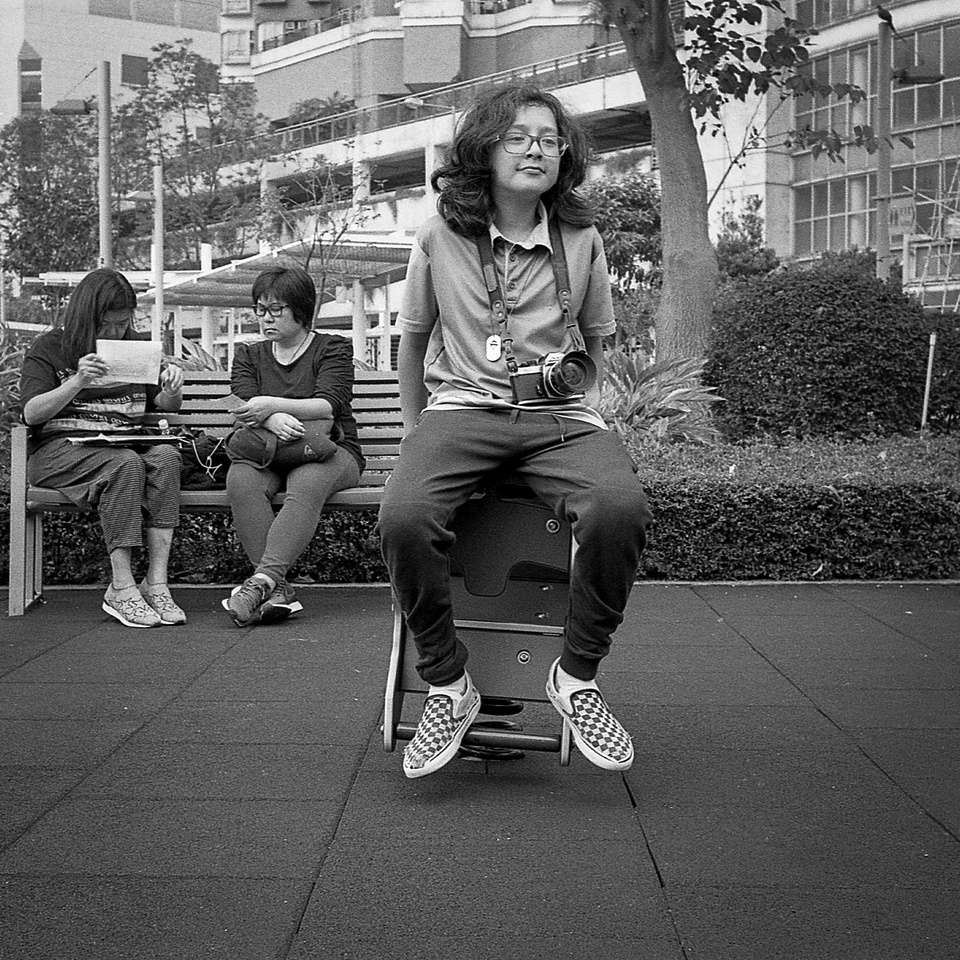

I’ve mentioned in previous blogs that I teach photography. I have run workshops for students and adults. In the international school where I work we have a darkroom. The students can sign up for a School Extension Activity or SEA Course that is an hour long after school class for about eight weeks. I host a be of these for students usually middle school or high school aged although we have had students participate who were as young as 10 years old.
We use 35mm fully manual cameras and the students learn exposure, developing, and printing techniques. Aside from the fact that it’s loads of fun, there are benefits to teaching photography for me as well.
Firstly, the information and activities needs to be organised and paced appropriately through the lessons. There is a lot of room for error and we must control for as many of these variables as possible as if we were conducting a formal experiment. The developing chemicals and materials must be purchased and in stock ahead of the class and the darkroom instruments must be in fully working condition before the students begin.
Darkroom techniques can vary and the students need just enough information to get results without having to know all of the underlying processes involved in developing film and making prints.
Here’s the simple lesson plan:
- The first class is an introduction to the camera and exposure.
- The second we go outside and shoot a roll of film. The students are then sent home with a spool and exposed (wasted) roll of 35mm Film to practice loading the film without looking.
- The third class we develop a rolls and hang them to dry. Inset up the chemicals before the students arrive in the darkroom to save time. I usually cut and stuff the negatives into sleeves before the fourth class for them.
- Next, we make contact sheets and one or two prints from their first roll.
- We spend the remaining four classes shooting, developing, and mostly printing.
- The students finish the class with a few good prints that I help them to frame and display in the corridor outside the darkroom designed for this purpose.
It’s a pretty fast paced process and it’s great fun for me and for them. We can graduate to digital at some point and focus on compositional techniques, projects, and series as well in future SEA courses. It’s a true life skill to be able to make decent images. Today, it’s been said that everyone is a photographer. It’s also been said that if you shoot film, you’re a “real” photographer, whereas if you shoot digital, you’re an editor. Either way, preparing students for a lifetime of image making is benefit to them and their families.
If you feel that you have what it takes to teach others, or you think that you might, I encourage you to give yourself the opportunity and see how it goes.
Good luck!
The light is always right.
jhg
*Images: © Jeremy H. Greenberg
Where: Hong Kong
Subject: THS Students shooting their first roll of 35mm black and white film
Gear: Leica Minilux Point and shoot 35mm film camera + Agfa Vista Plus 400 Color 35mm film and Kodak Tri-X 400 Black and White 35mm film
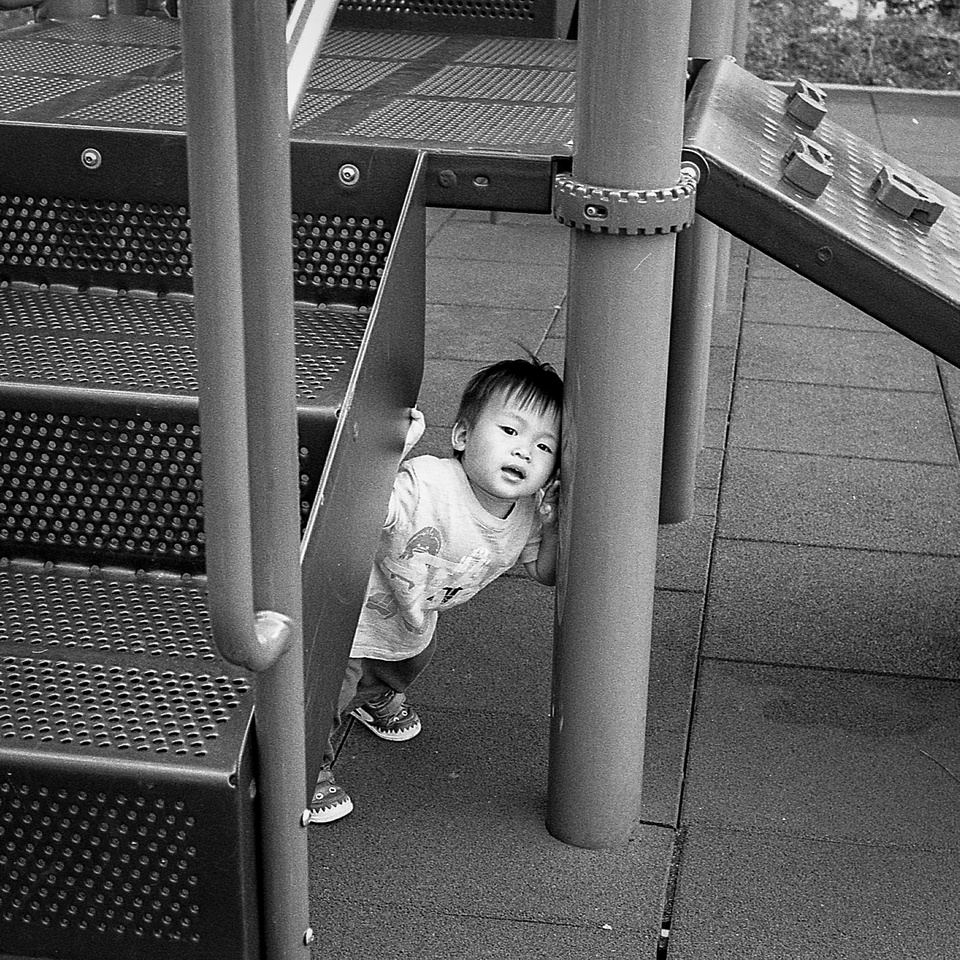

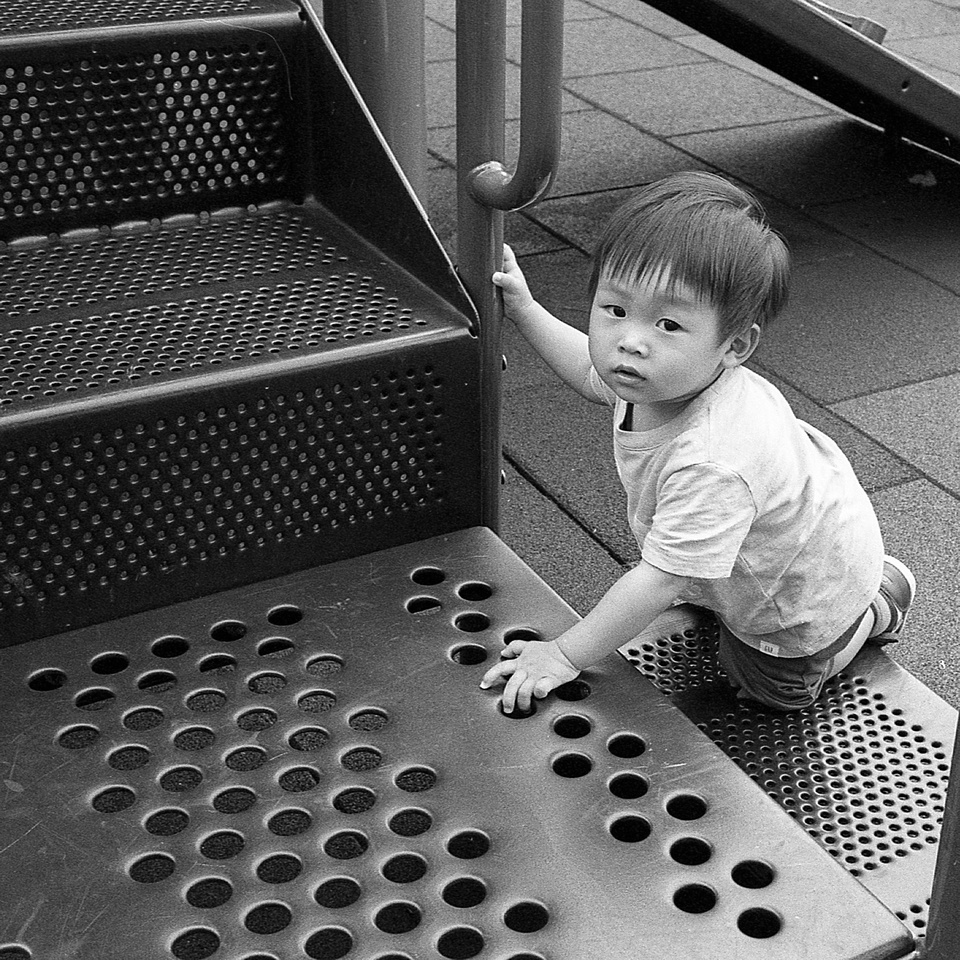



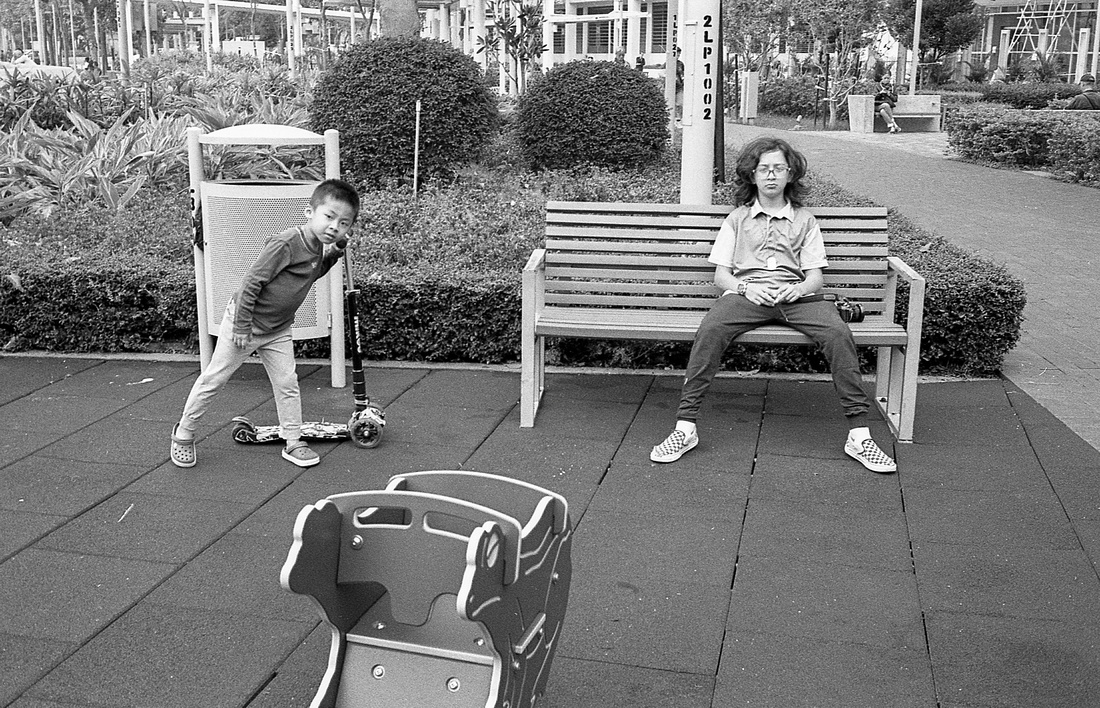

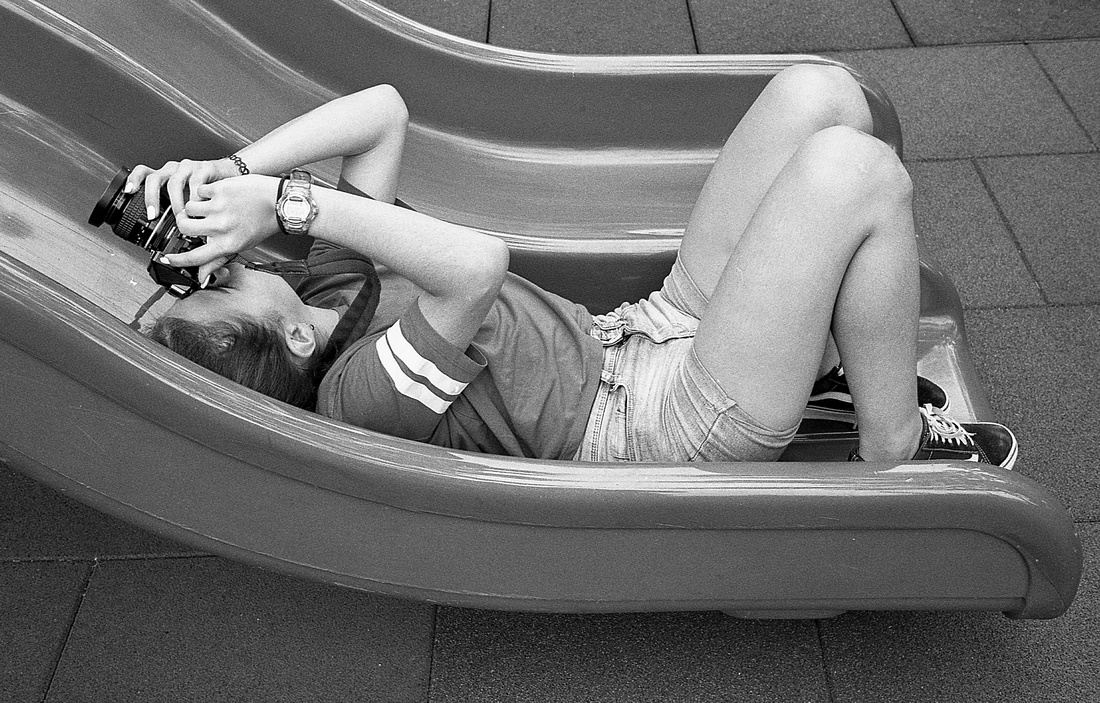

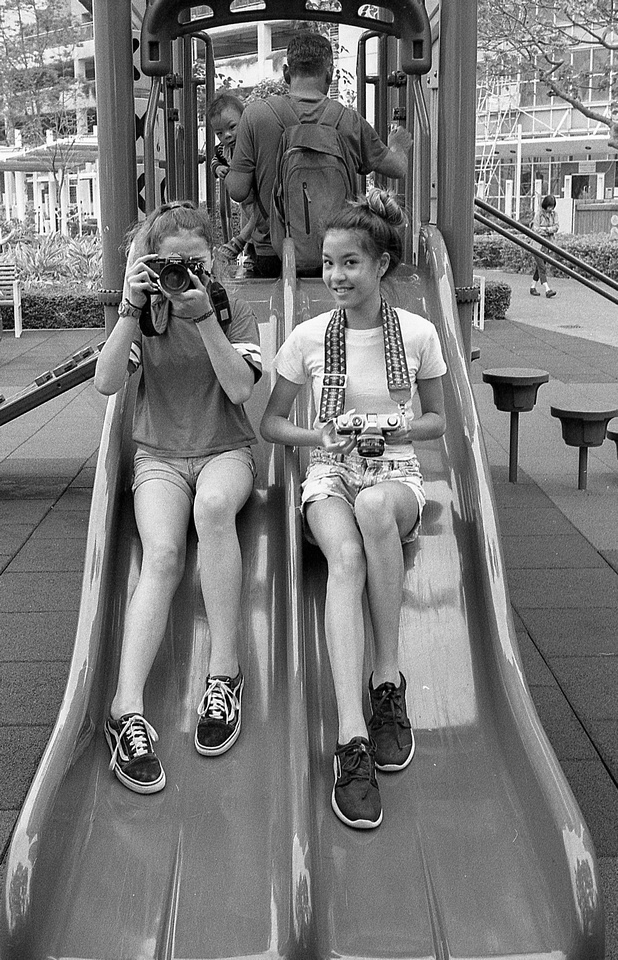



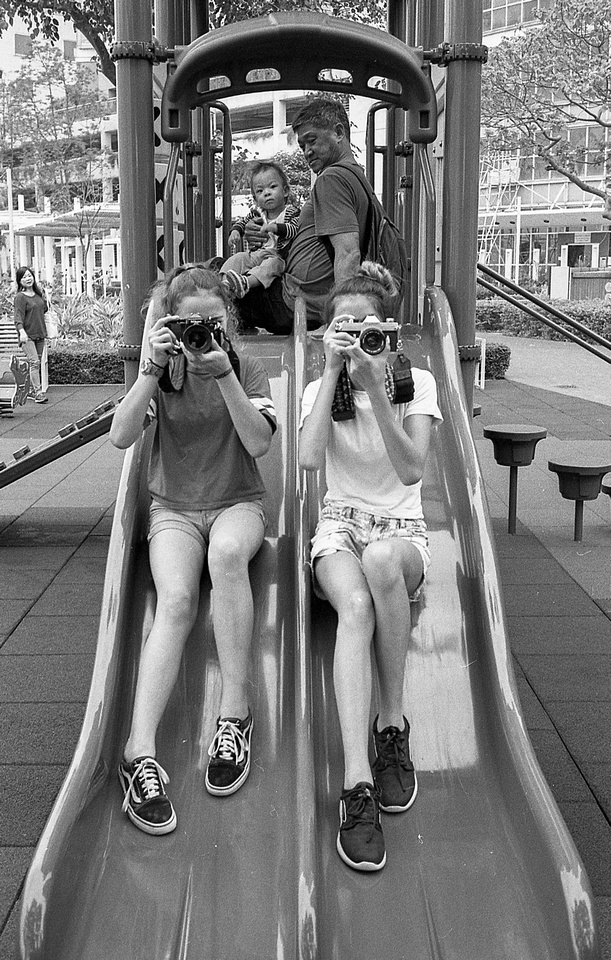

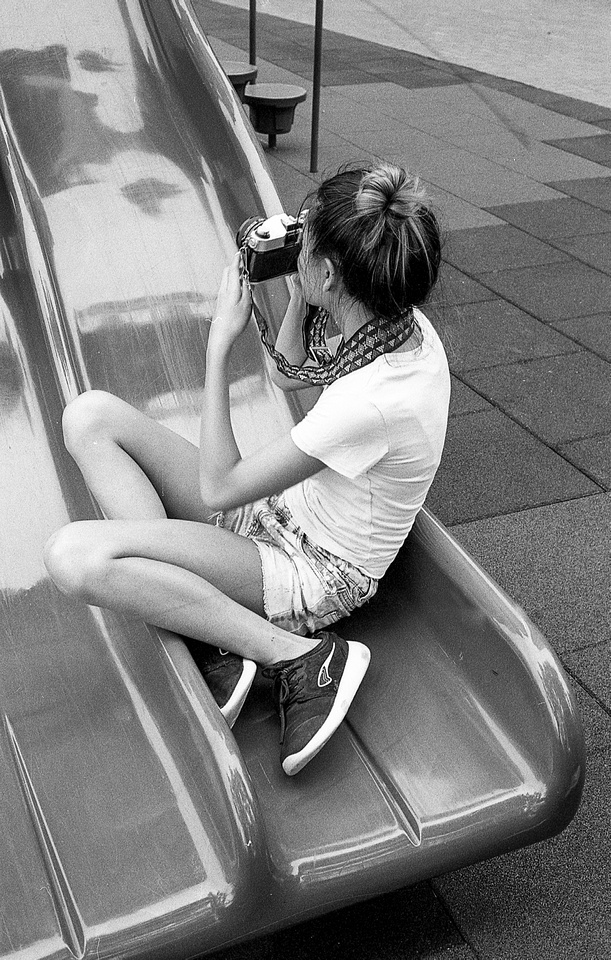





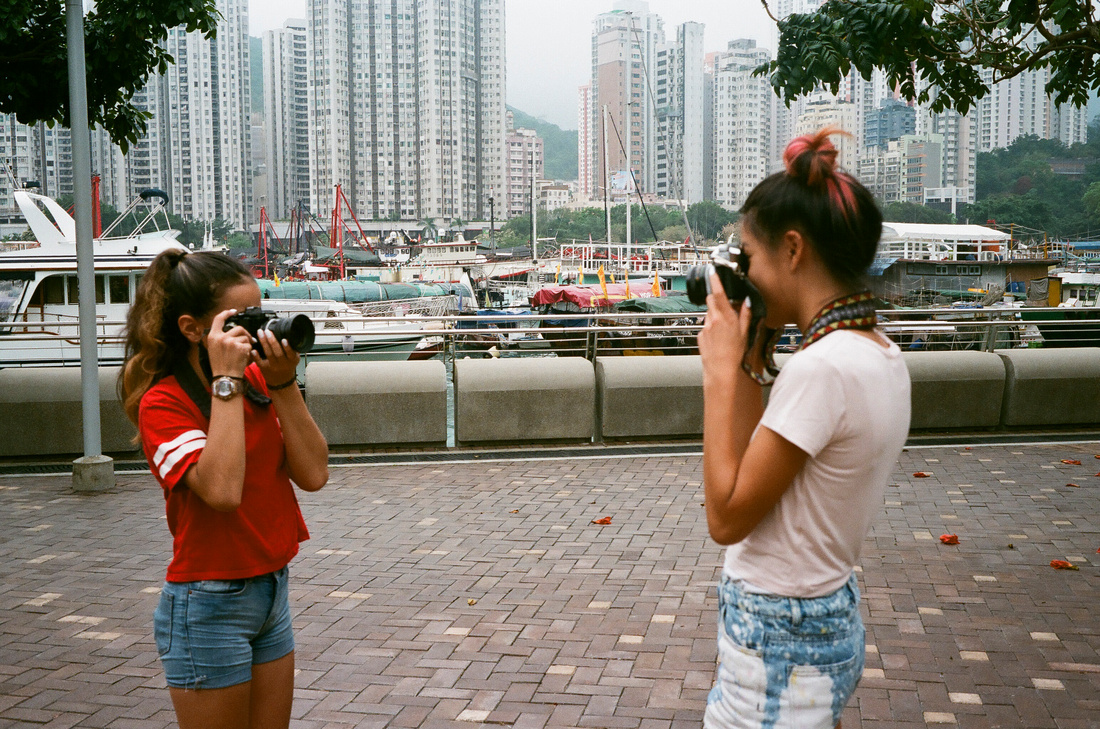

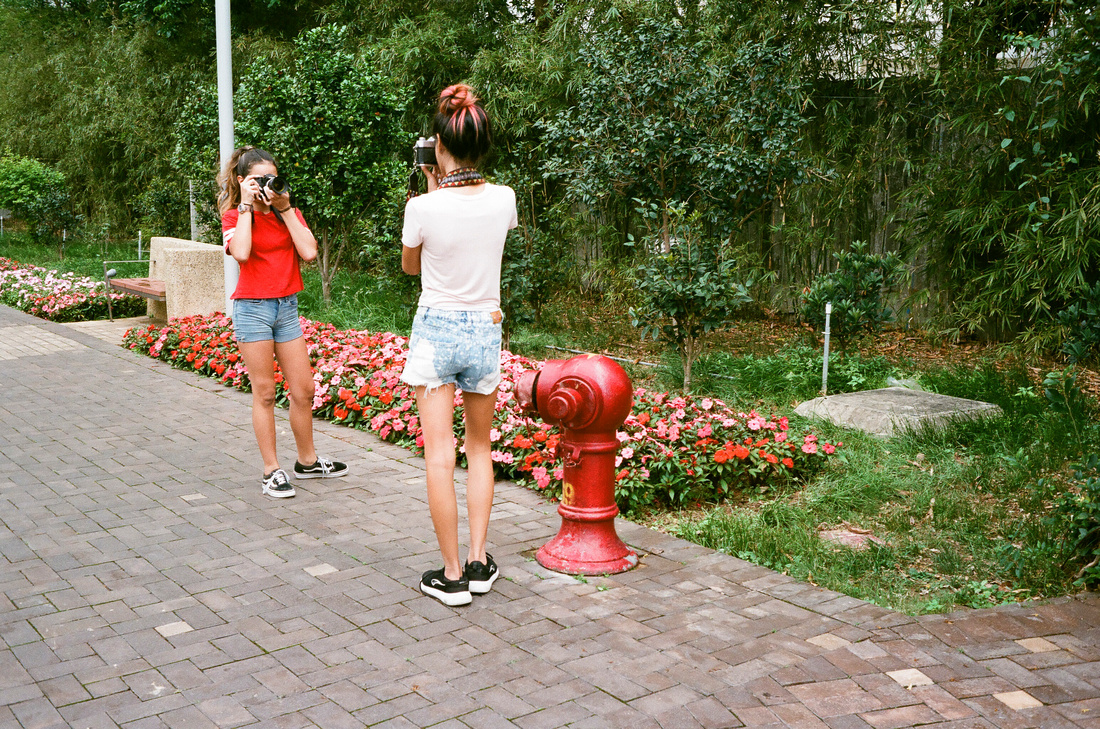

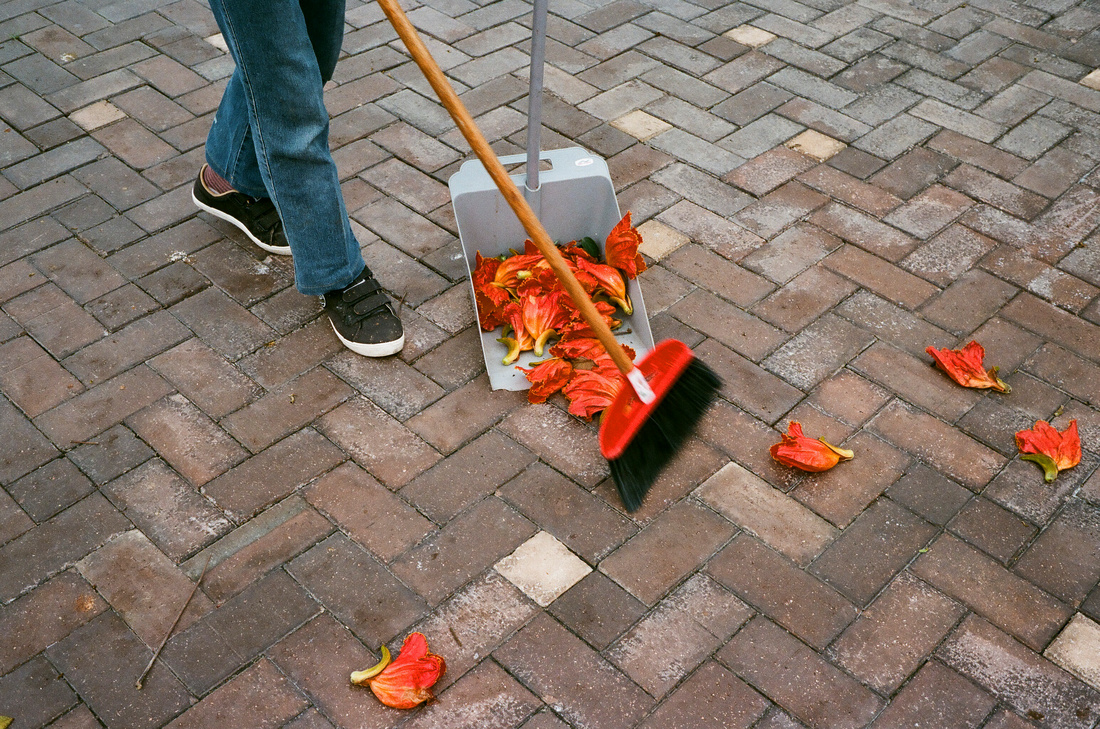

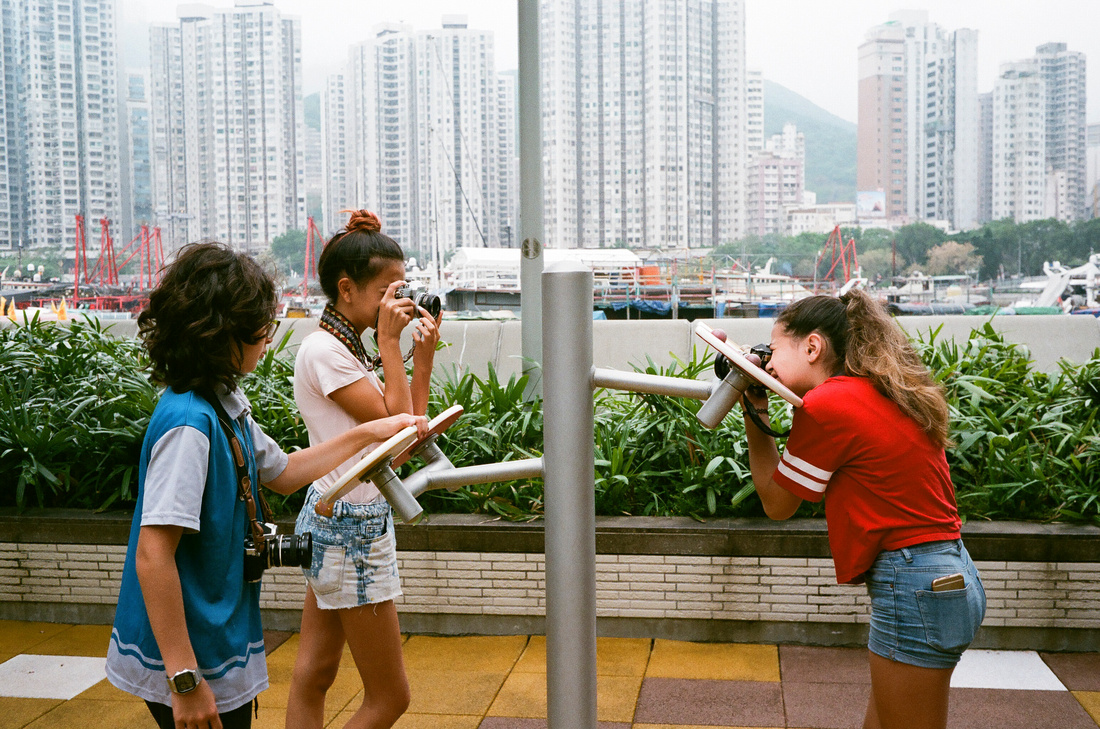



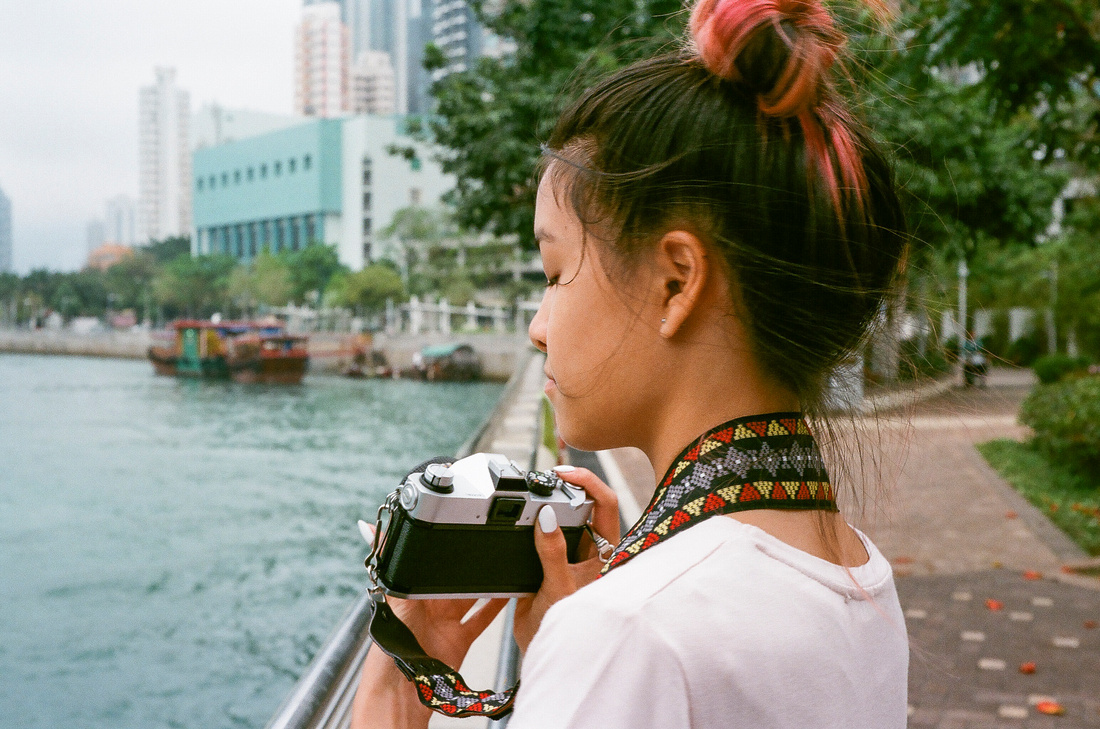

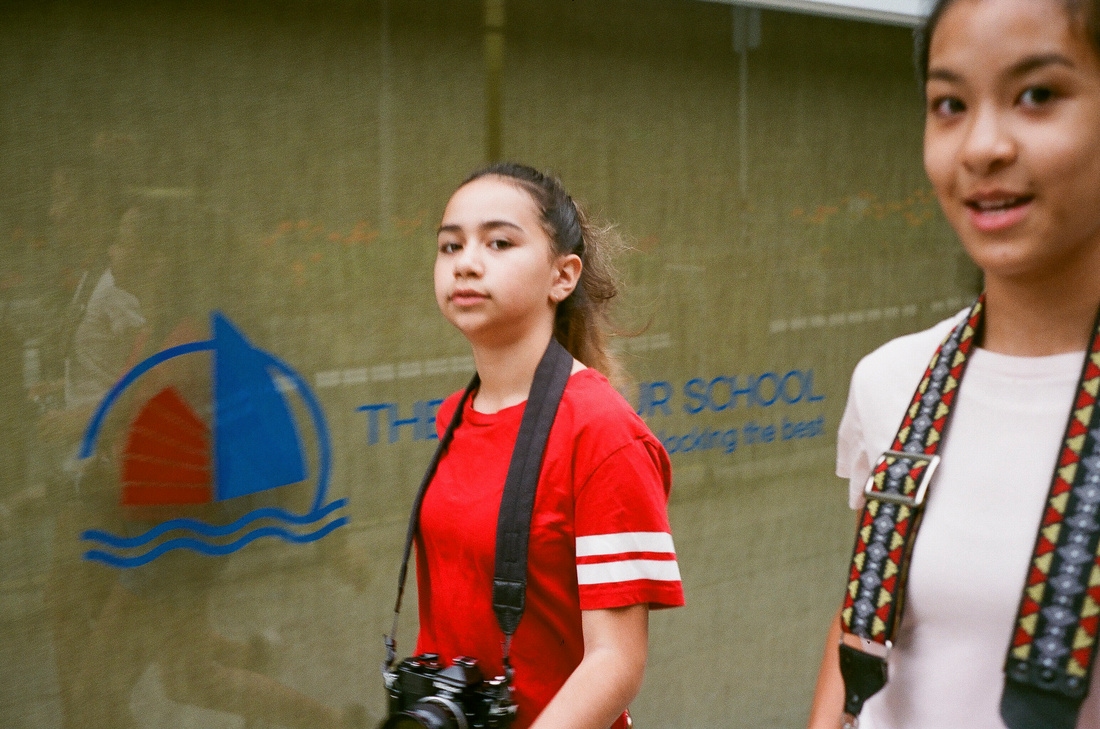

National Geographic Travel Photographer of the Year 2017 Editor’s Favorite: Galleries: Week 4 Cities & People
Casual Photophile Tip & Techniques No. 001 The Subject is the Subject
The Inspired Eye Photography Magazine Issue #40 (full interview)
Hong Kong Free Press: HKFP Lens
Blog #18 Criticizing Photographs or Beyond the “like”
Blog #25 Don’t Be Afraid of the Dark[room].
Blog #47 Composition, Composition, and More Composition
Blog #65 Summer is for Travel (Hanoi)
Blog #67 Risks, Rules, & Restrictions
Blog #68 Photography is a Gift
Blog #72 Living the Creative Life
Blog #90 Restrictions, Revisited
Blog #93 Photographic Technique
Blog #105 Signs, Signs, Everywhere a Sign